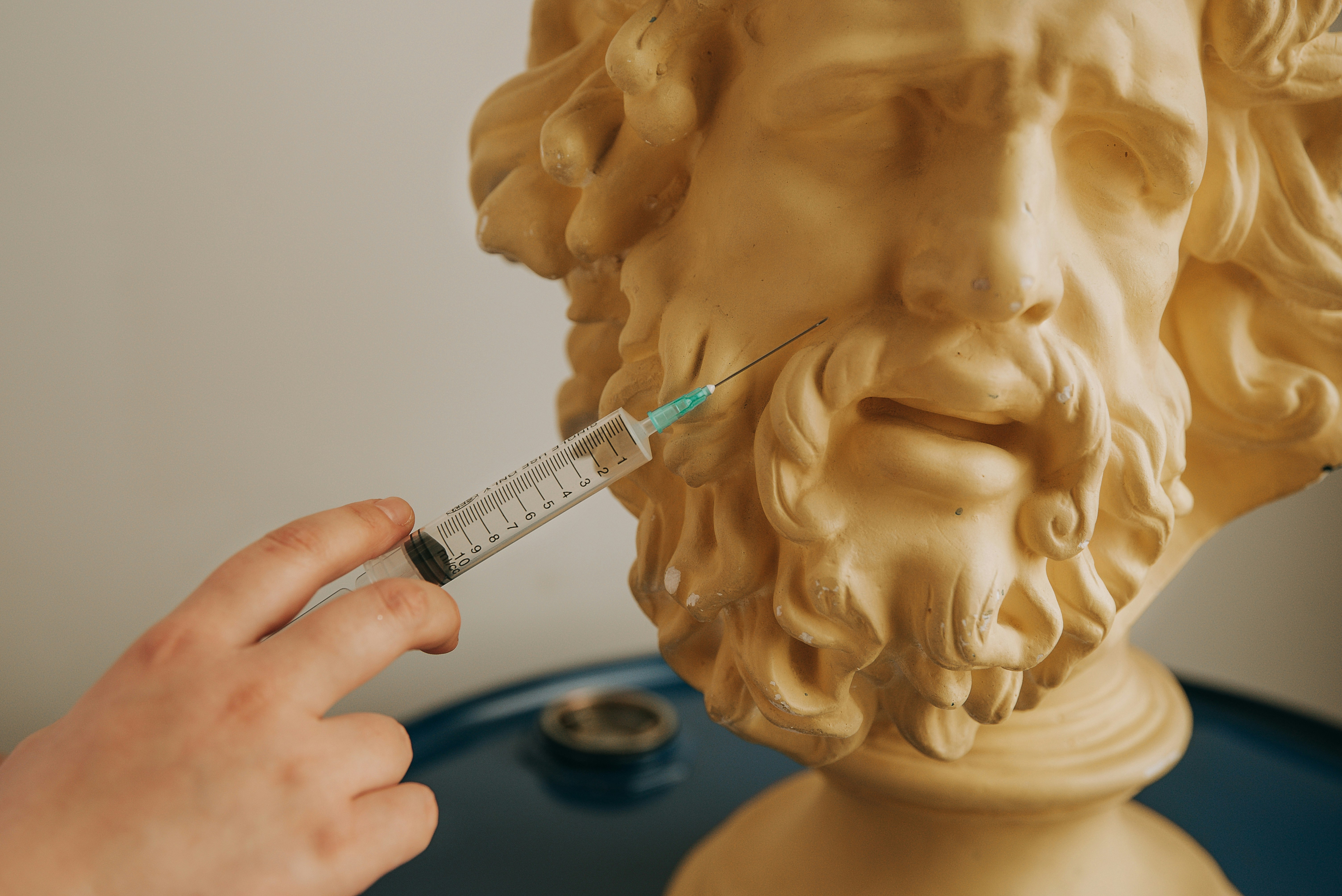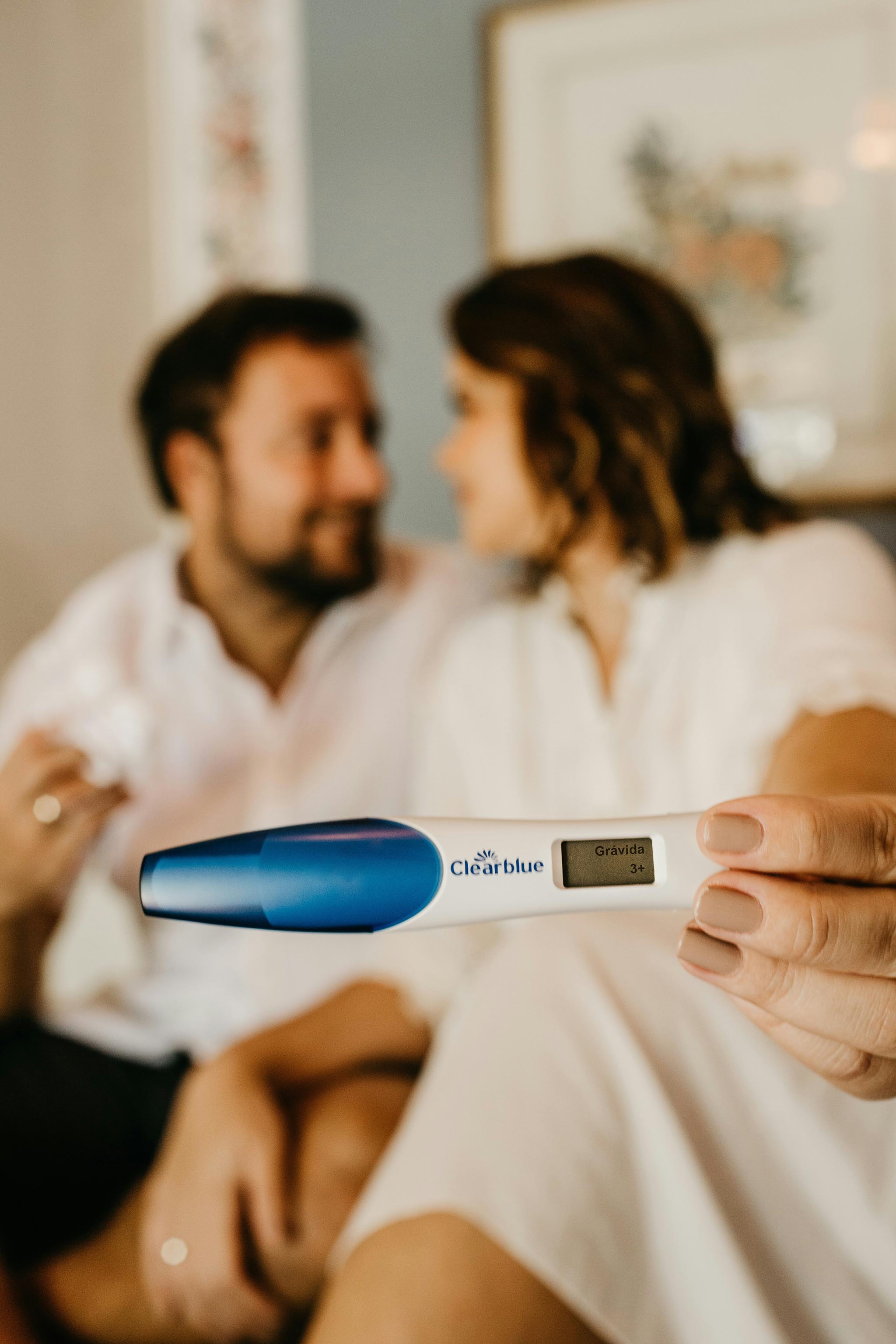News
Popular articles
Latest articles
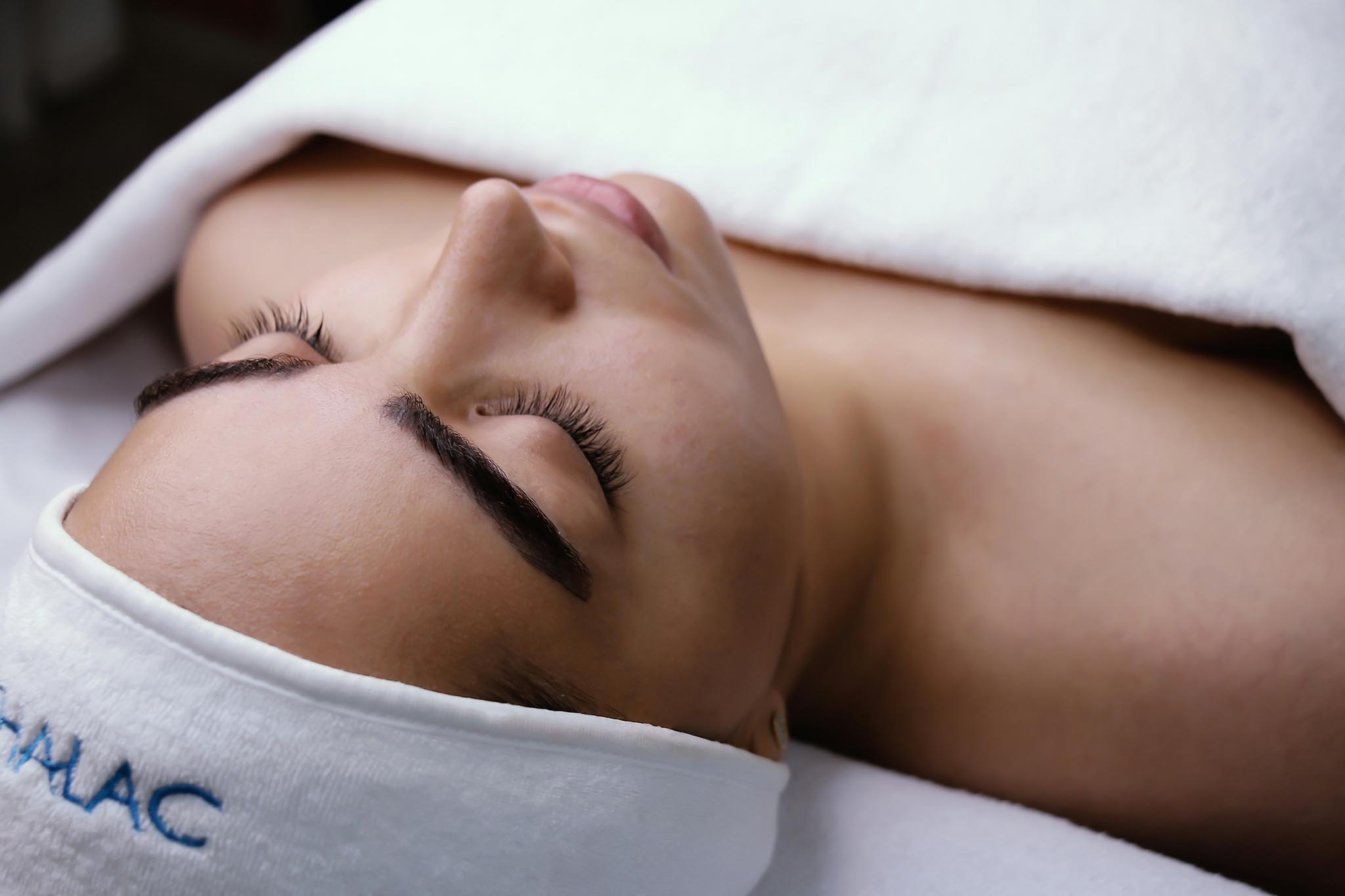
02.04.2025
Exfoliation of the Skin


01.04.2025
Tips for Improving Indoor Air Quality


31.03.2025
World Health Day 2025: Healthy Beginnings, Hopeful Futures

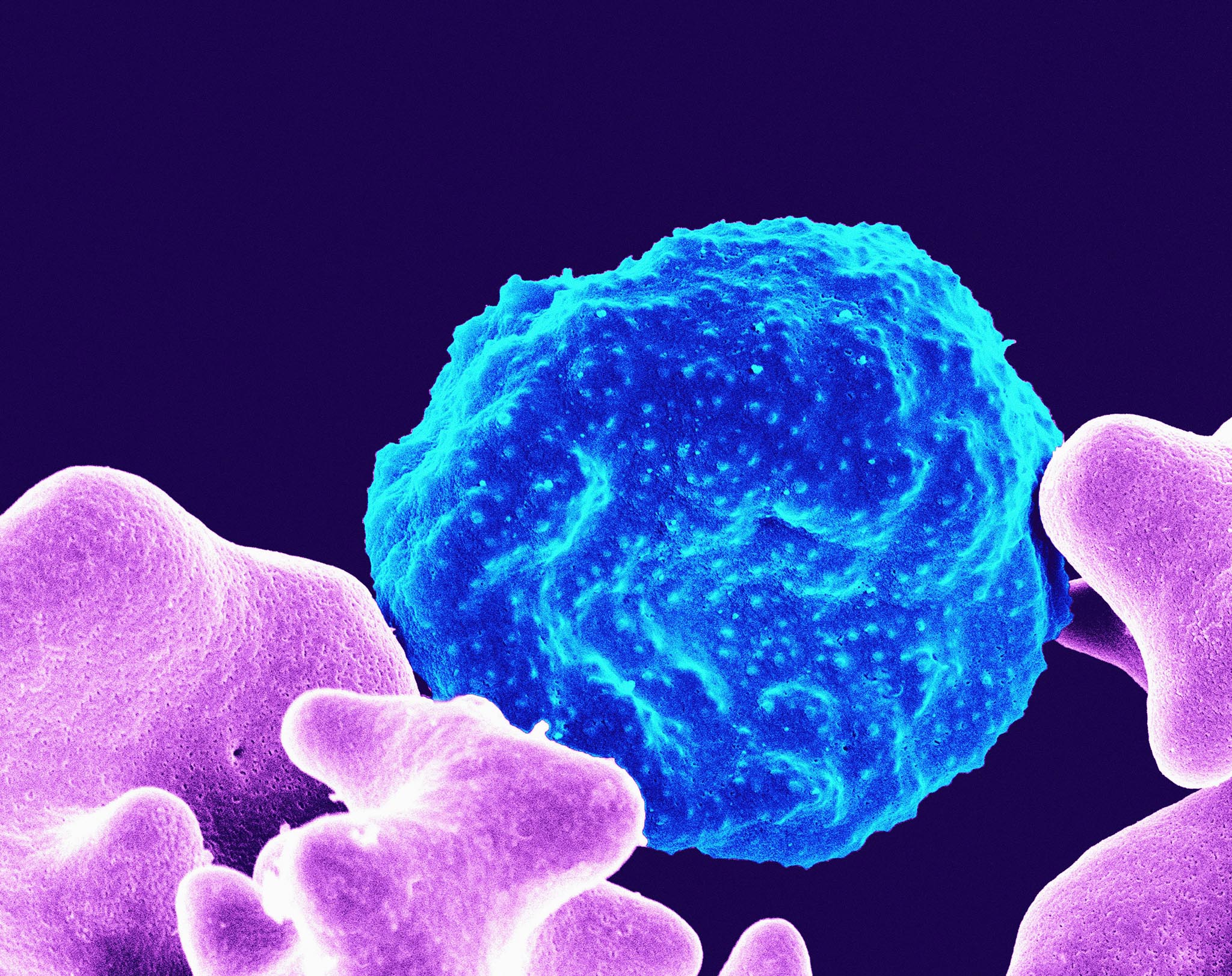
31.03.2025
Parasite Cleanse: What You Need to Know


30.03.2025
Sauna: Health Benefits and Precautions

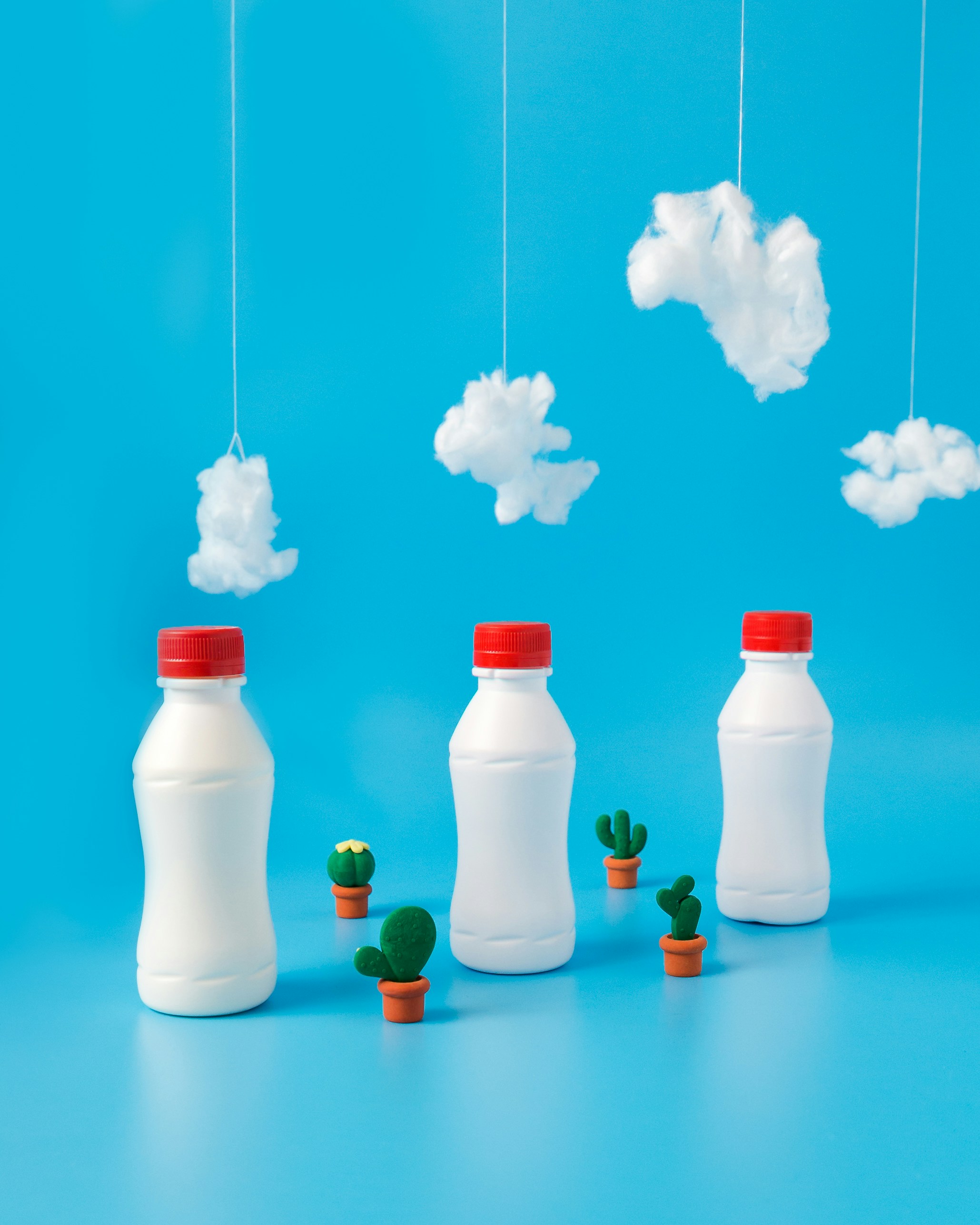
30.03.2025
The Plastic Era: How to Reduce Microplastic Intake Through Diet?

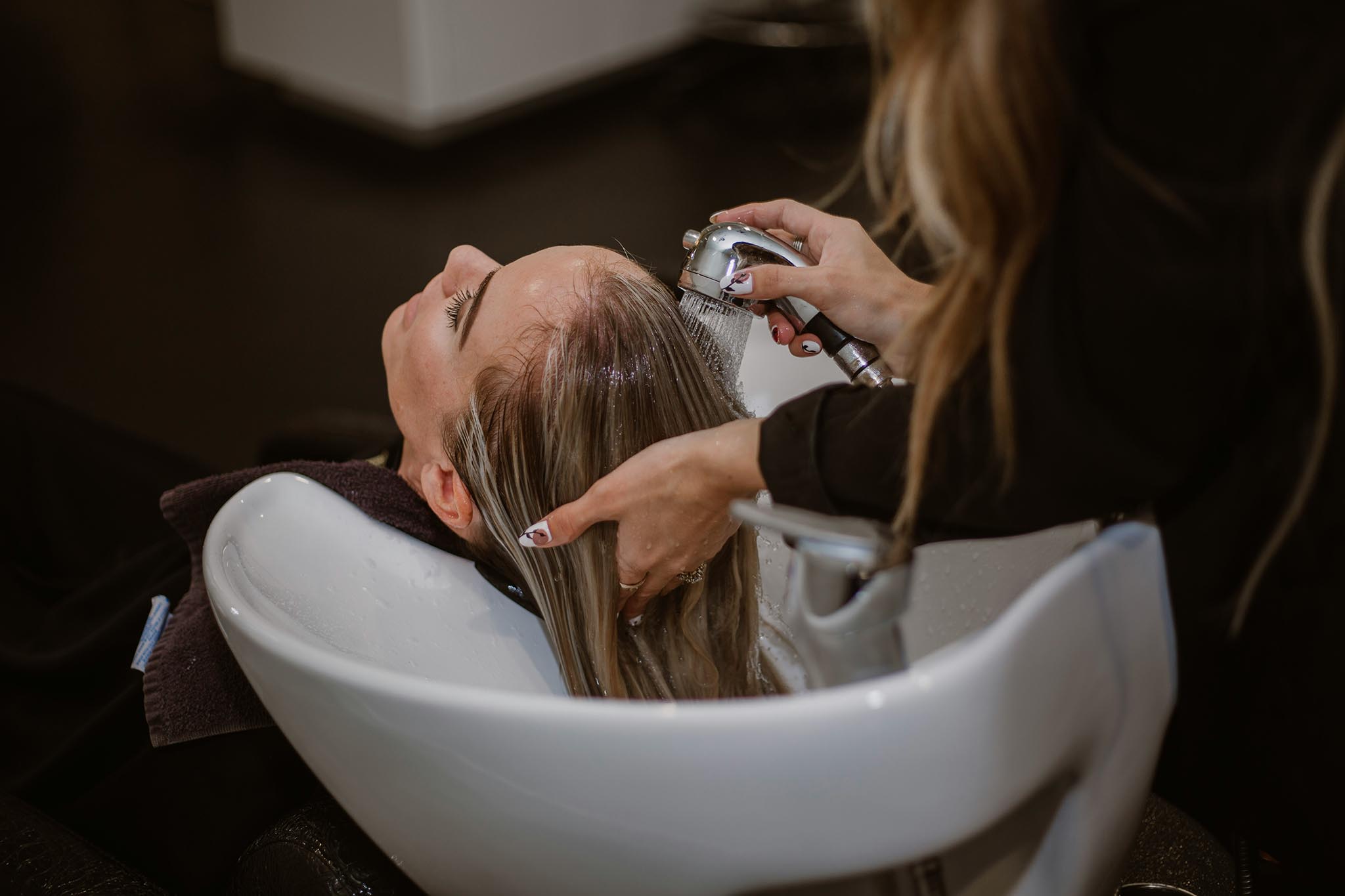
27.03.2025
Keratin Treatment: Benefits and Risks


26.03.2025
The Path to Two Dashes: How to Increase Your Chances of Pregnancy


26.03.2025
Hashimoto's Disease: The Silent Enemy of the Thyroid Gland

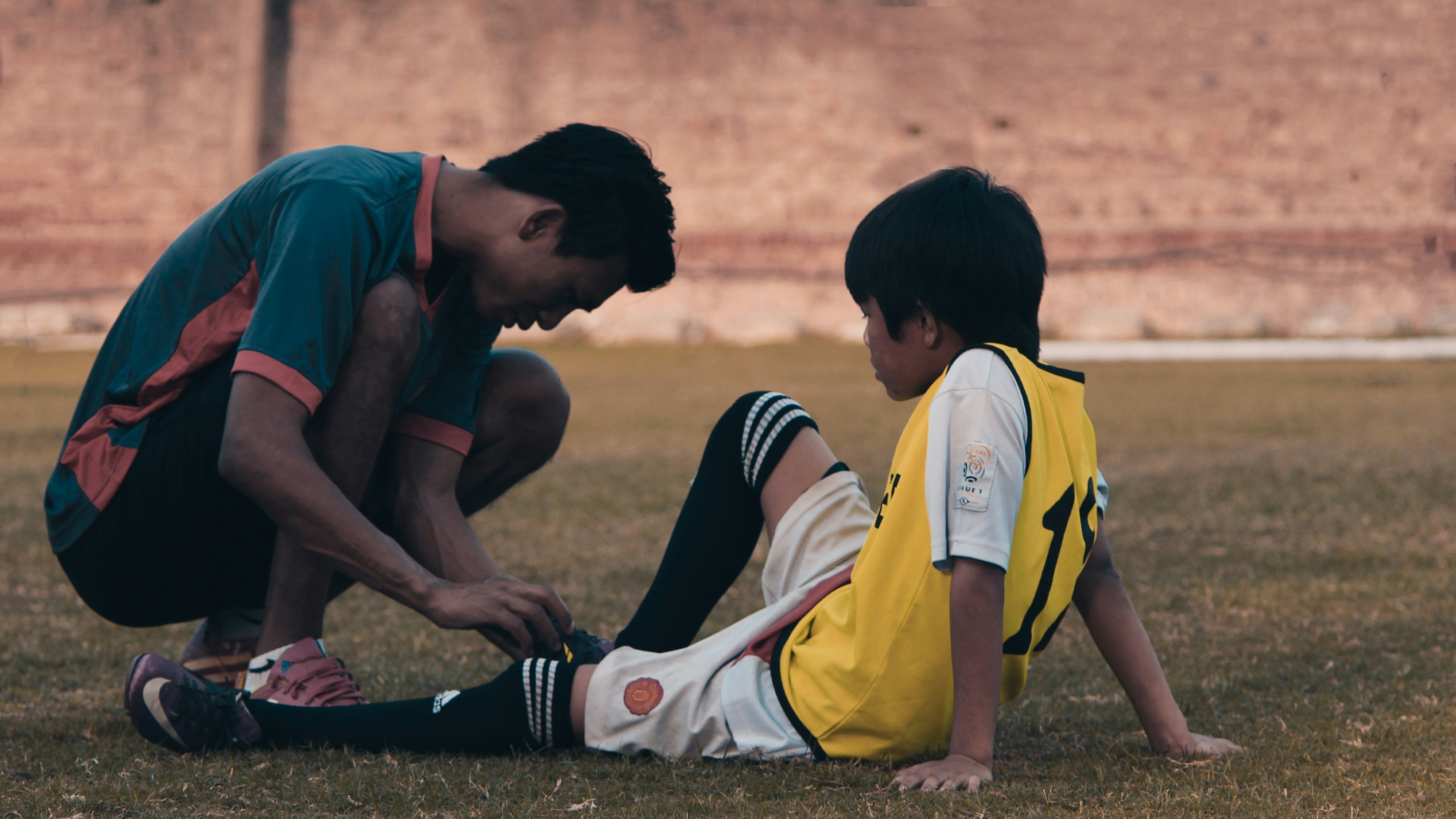
26.03.2025
Anterior Cruciate Ligament (ACL) Injury


25.03.2025
Muscle Knots: Causes, Symptoms, Treatment, and Prevention

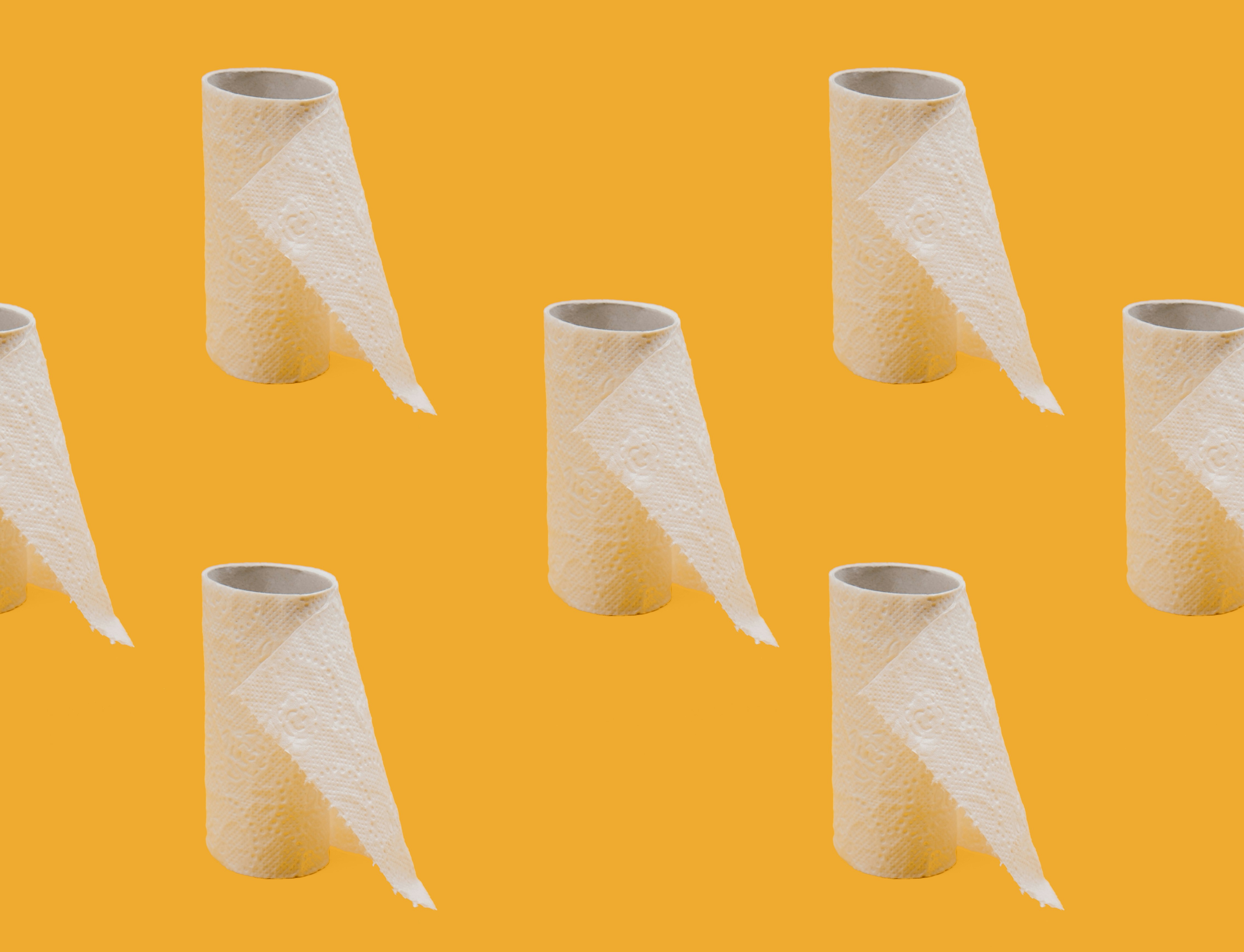
25.03.2025
Can Urinating After Sex Prevent Urinary Tract Infections?


25.03.2025
Artificial Nails: Health Risks and Recommendations

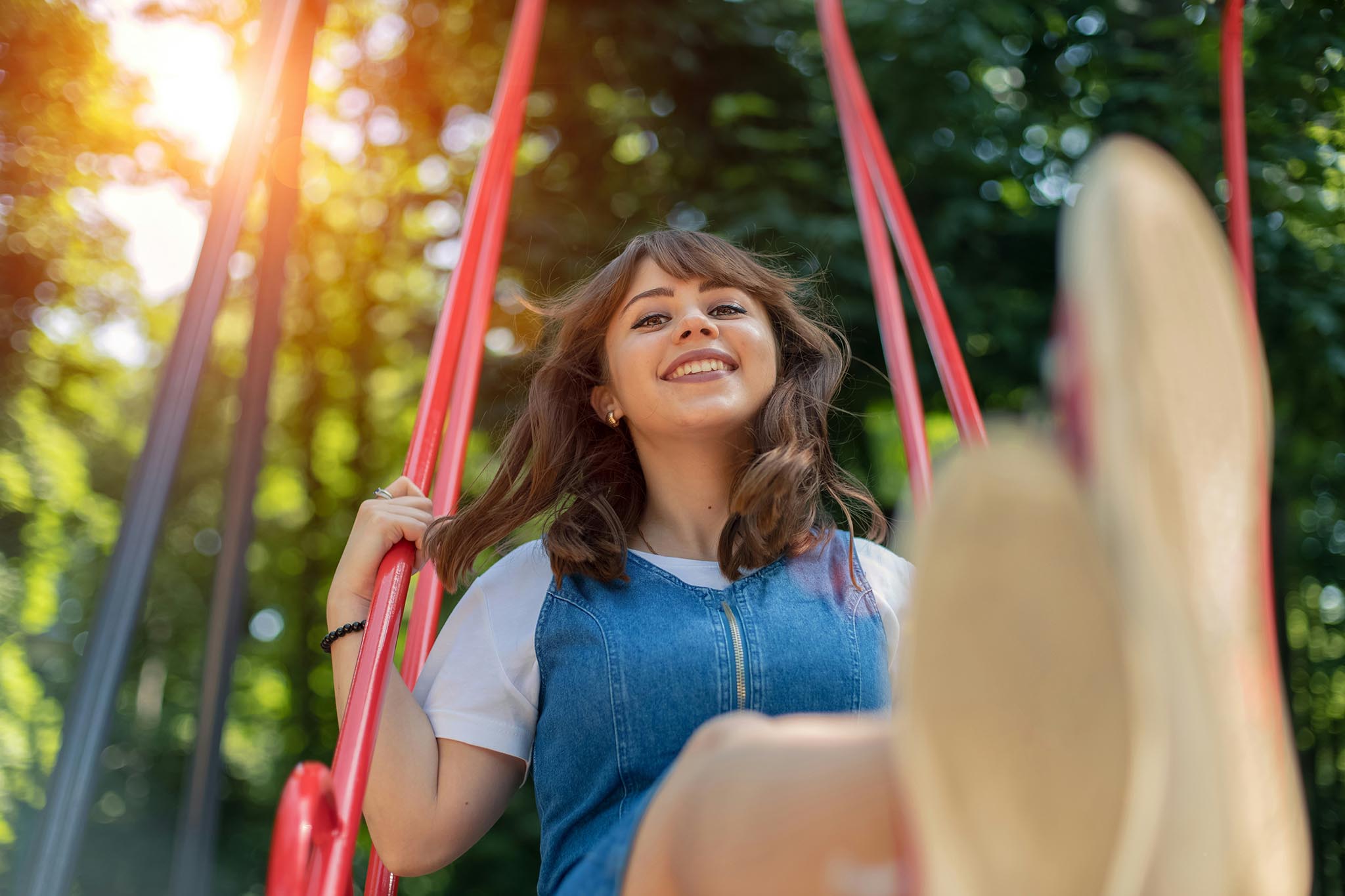
24.03.2025
How to Handle Mental Health During Spring: Tips for Better Balance and Well-being


24.03.2025
Fermented Garlic: Preparation, Potential Health Benefits, and Risks


21.03.2025
Spring Pollen Under Attack: 3 Key Strategies to Alleviate Seasonal Allergy Symptoms


20.03.2025
Excessive Sweating (Hyperhidrosis)

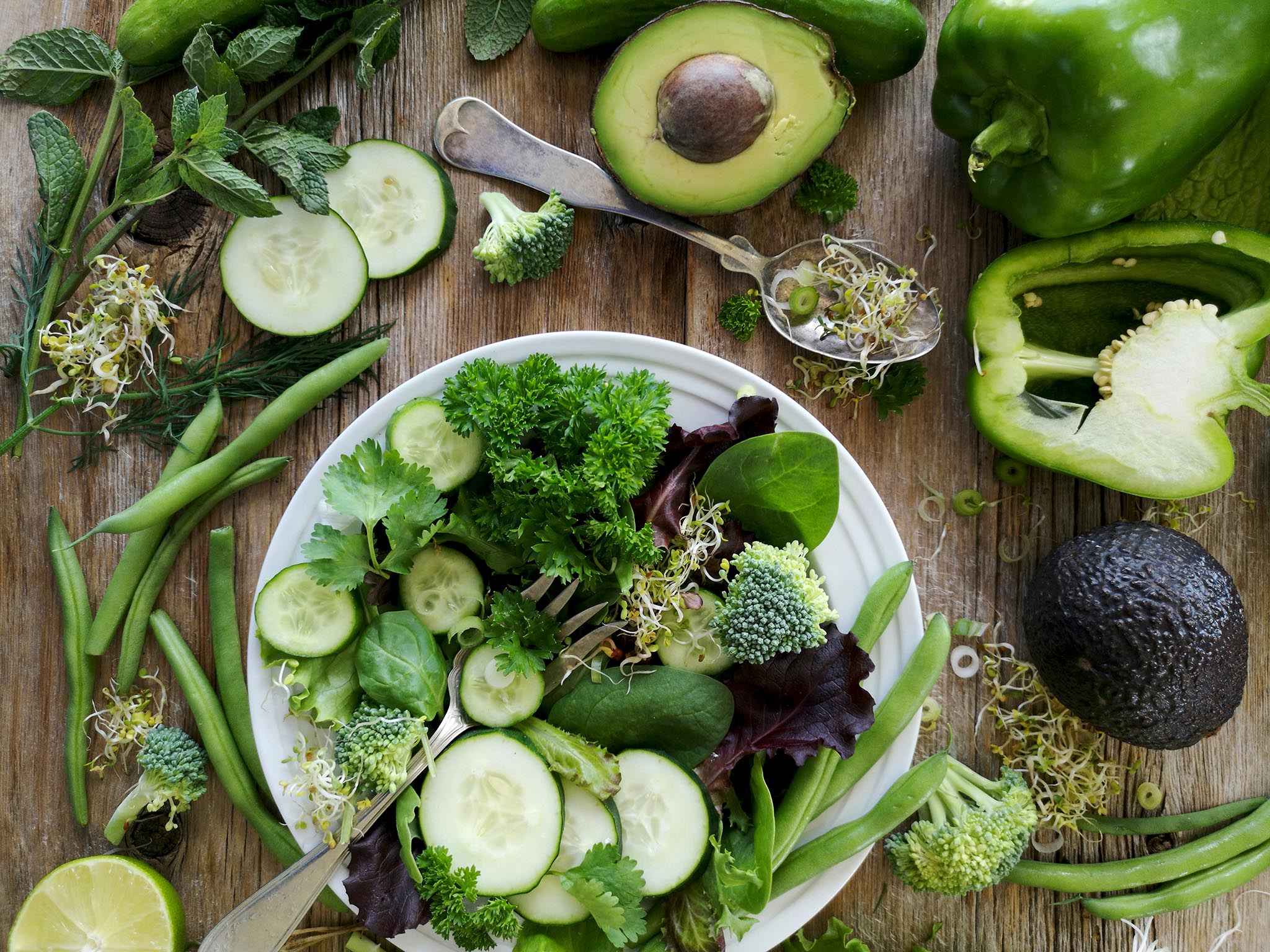
20.03.2025
Anti-inflammatory Diet: The Key to Reducing Inflammation and Preventing Serious Diseases

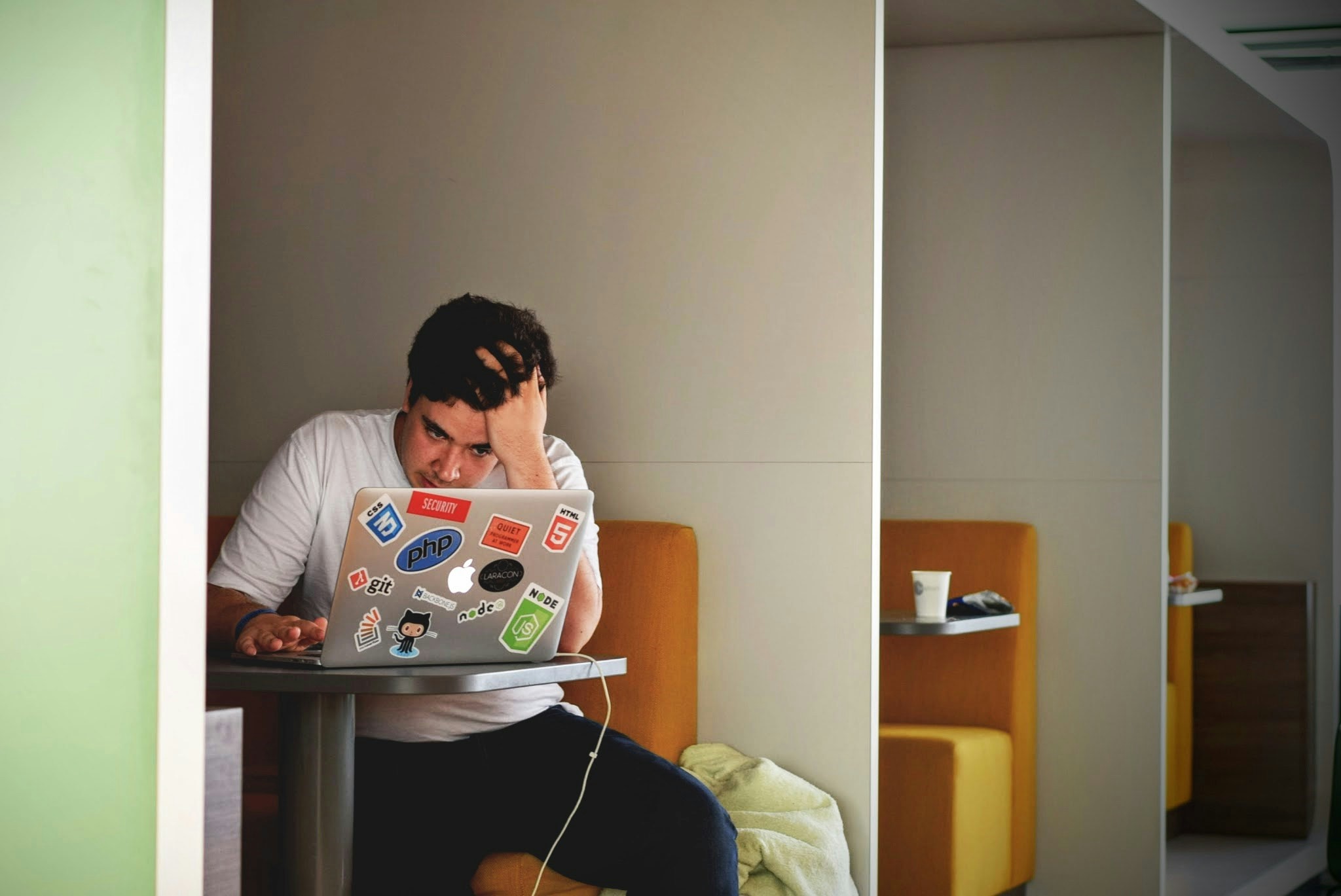
20.03.2025
Cyberchondria: The Fear of Illness in the Age of the Internet


25.02.2025
Inflammation of breast tissue - Mastitis


25.02.2025
Sexually transmitted disease - Gonorrhea


25.02.2025
The use of retinol in skincare

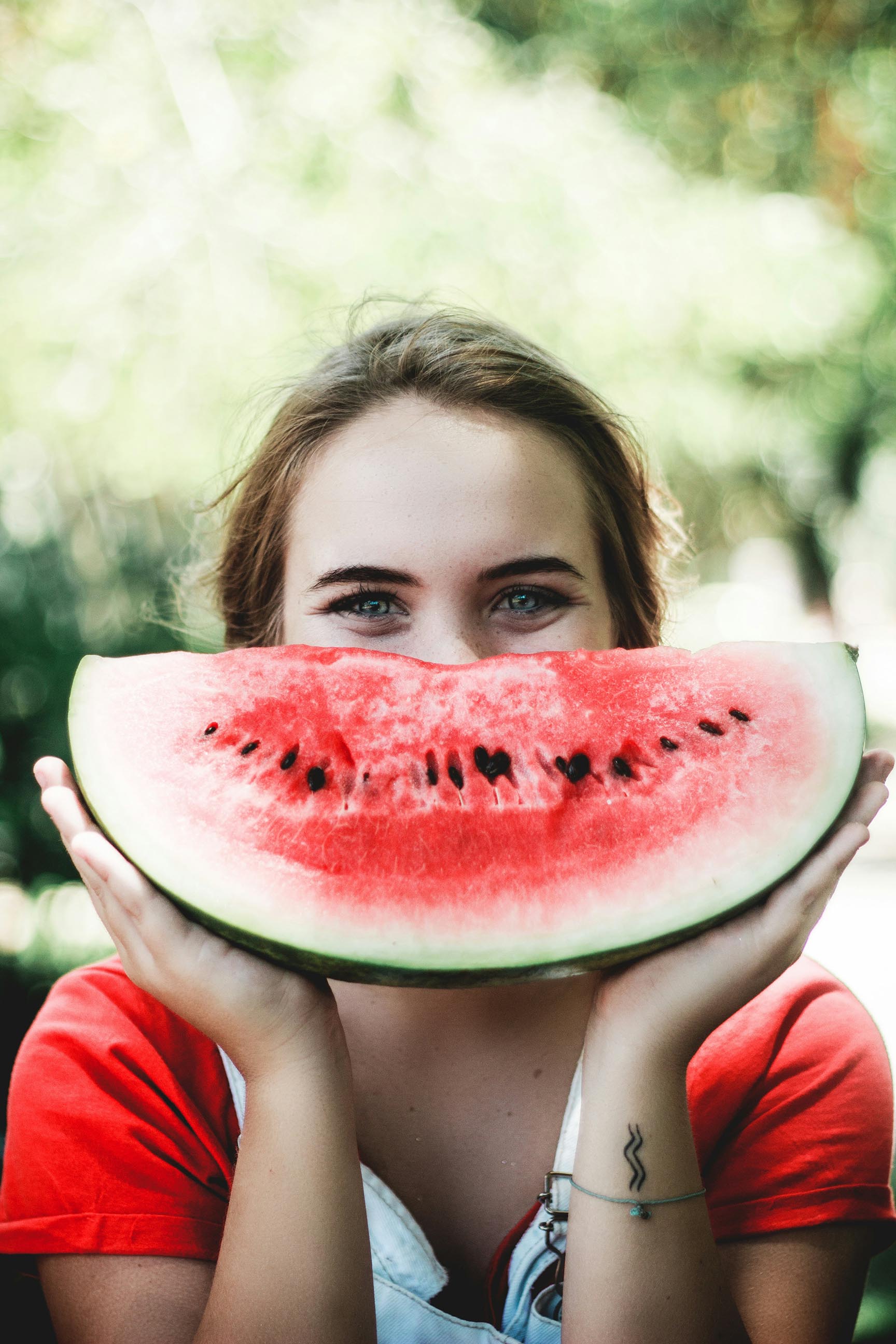
25.02.2025
The effects of diet on mental health

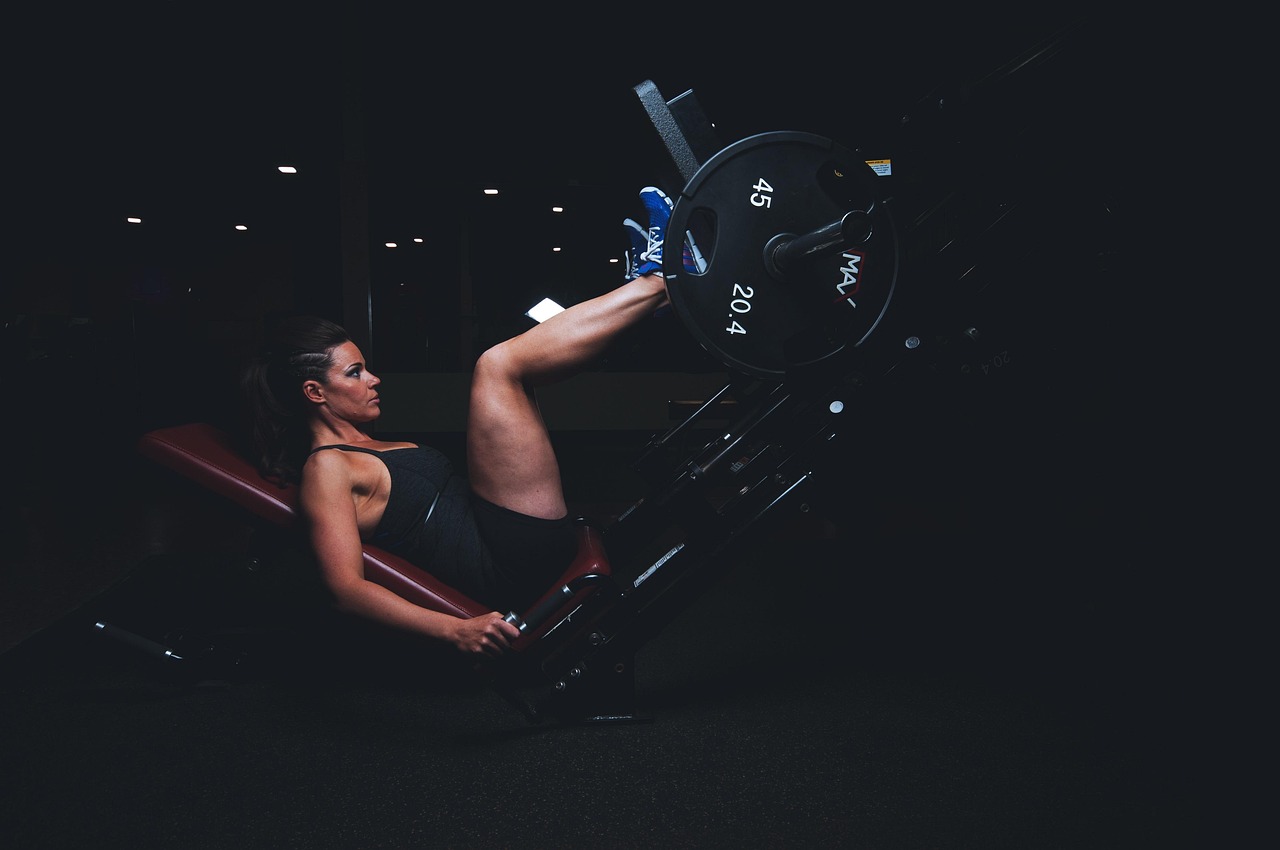
25.02.2025
Why you shouldn’t skip leg day

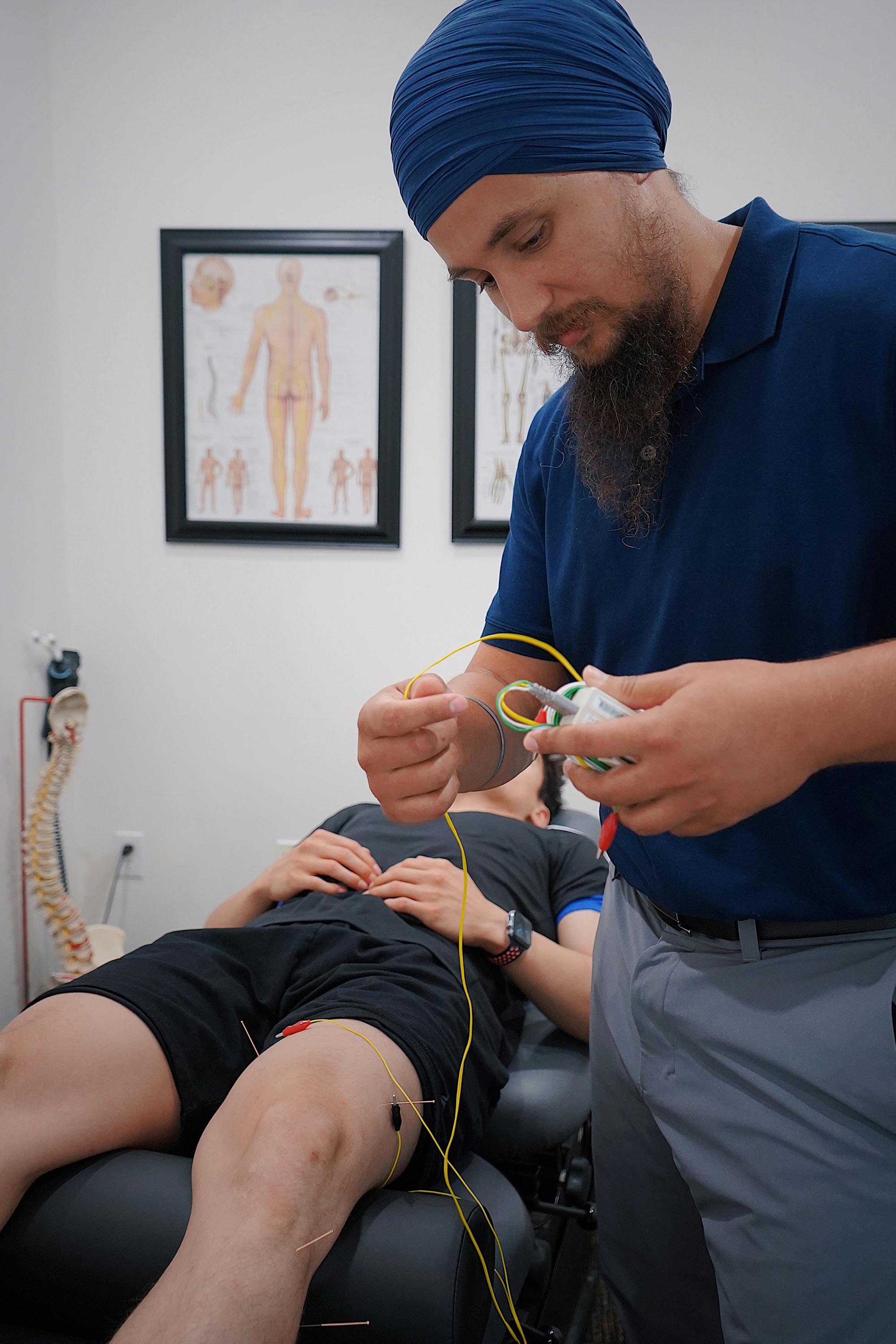
25.02.2025
Electrostimulation of muscles for body shaping

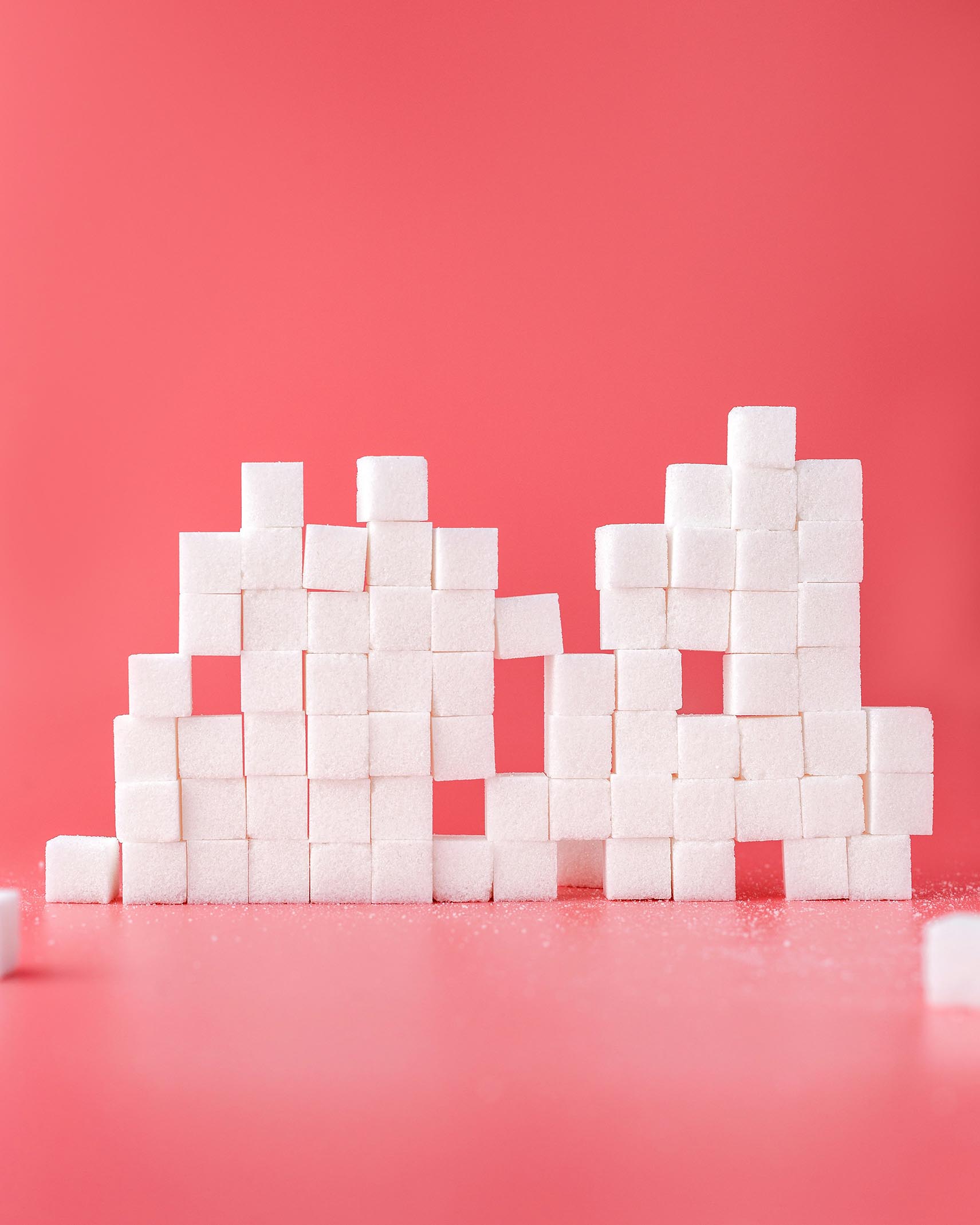
18.02.2025
How sugar affects health

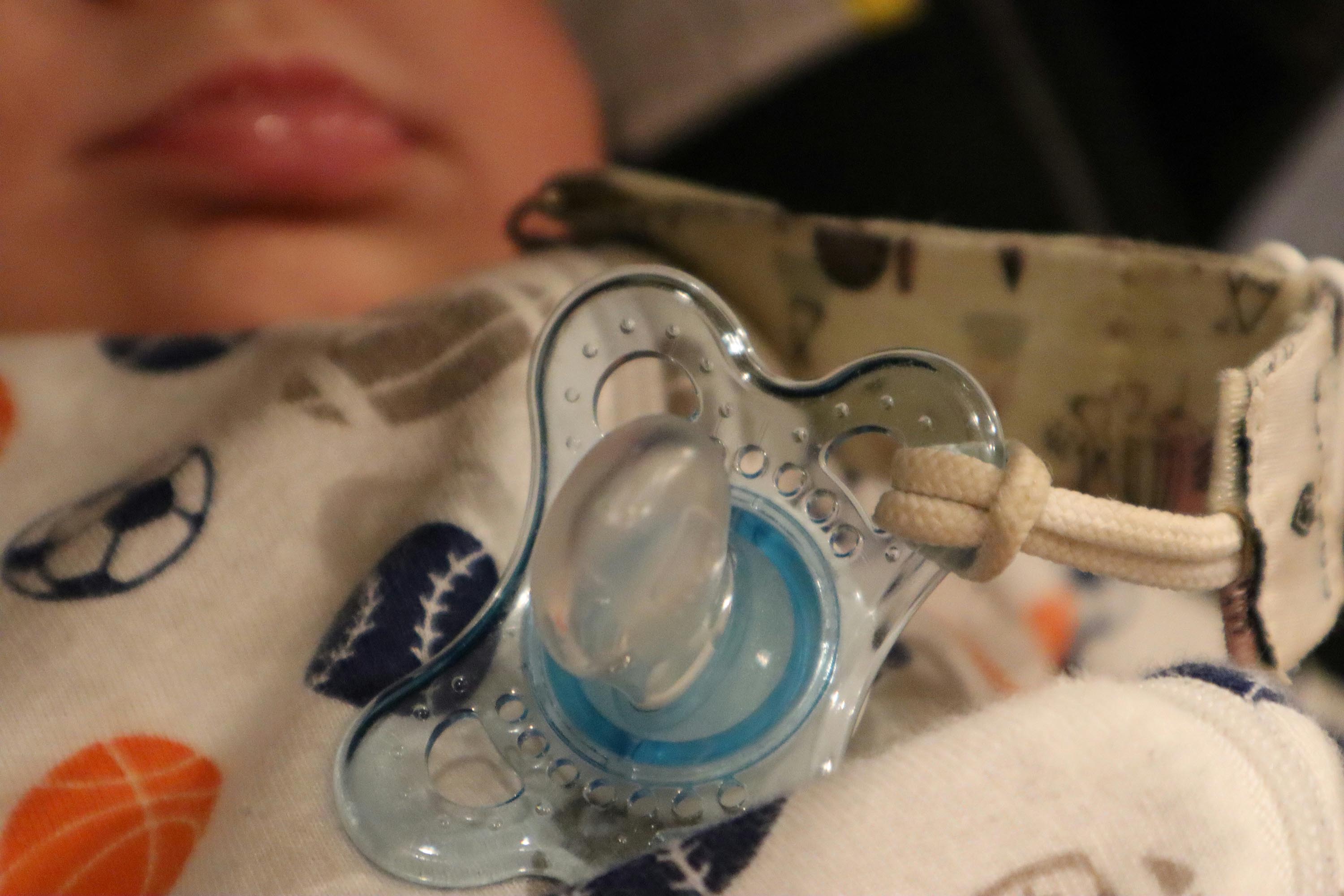
18.02.2025
Proper development of babies jaw and bite

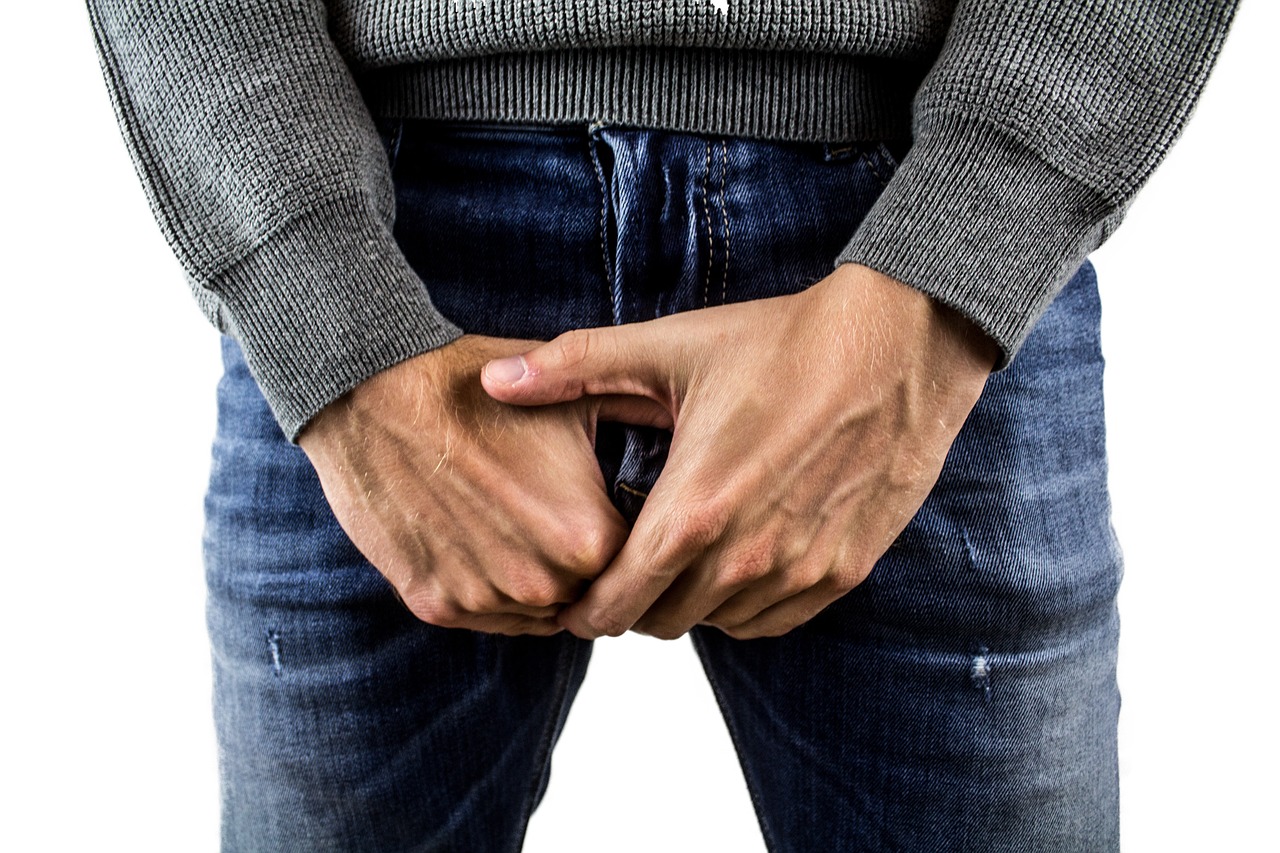
18.02.2025
Pain in the testicles during sexual intercourse


18.02.2025
Bulimia

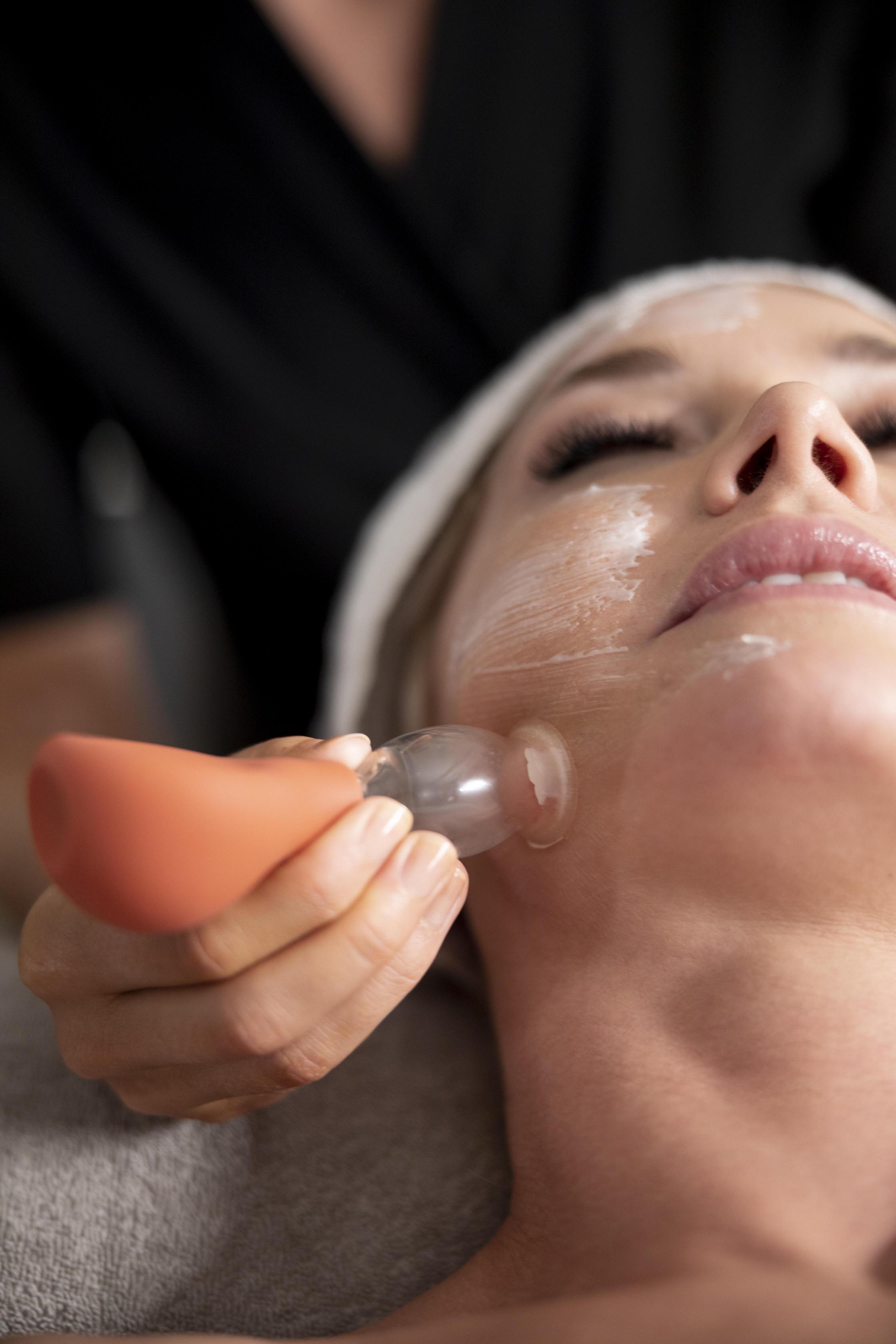
18.02.2025
Silicone vacuum cups for facial massage


18.02.2025
Recovery after a workout

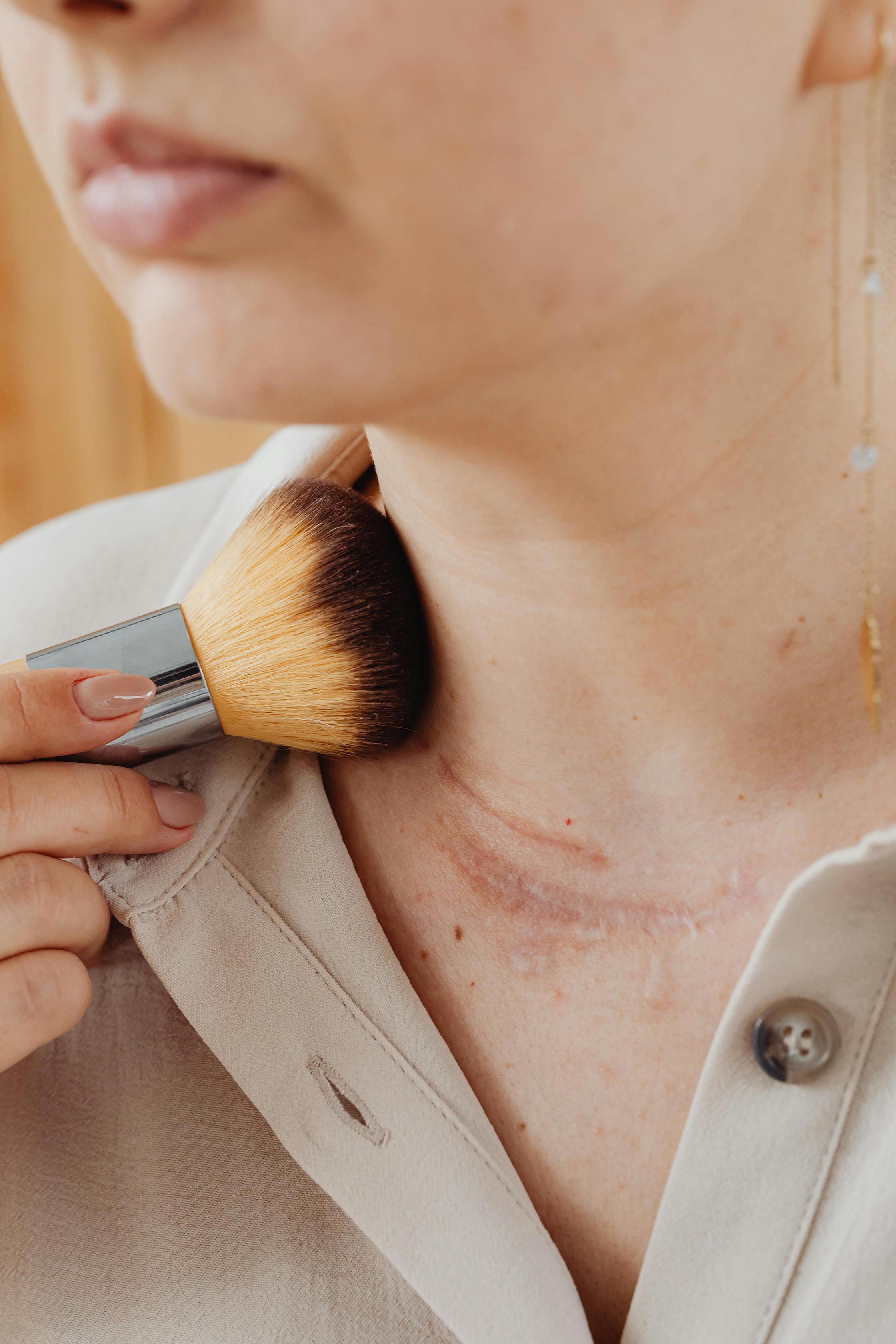
18.02.2025
Aesthetic treatments for scar removal


12.02.2025
What is smog and how does it affect health?


11.02.2025
The Story of Rada: How and When I First Heard About Diabetes


10.02.2025
"Burn-out" or occupational burnout syndrome


10.02.2025
Breastfeeding or formula feeding


10.02.2025
How to avoid the appearance of cellulite and how to get rid of it


10.02.2025
Walking, the simplest exercise

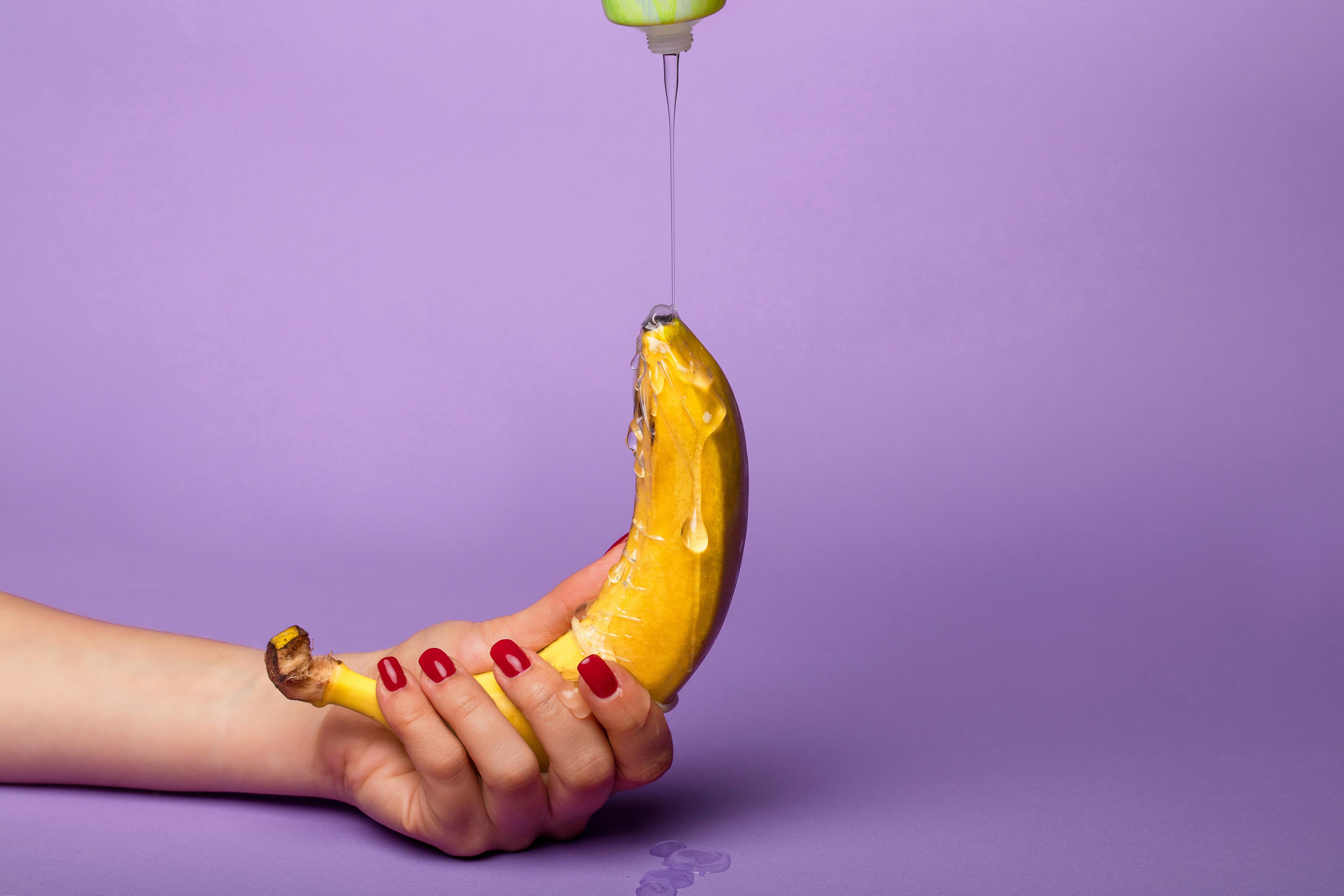
10.02.2025
How the use of lubricants affects sexual intercourse

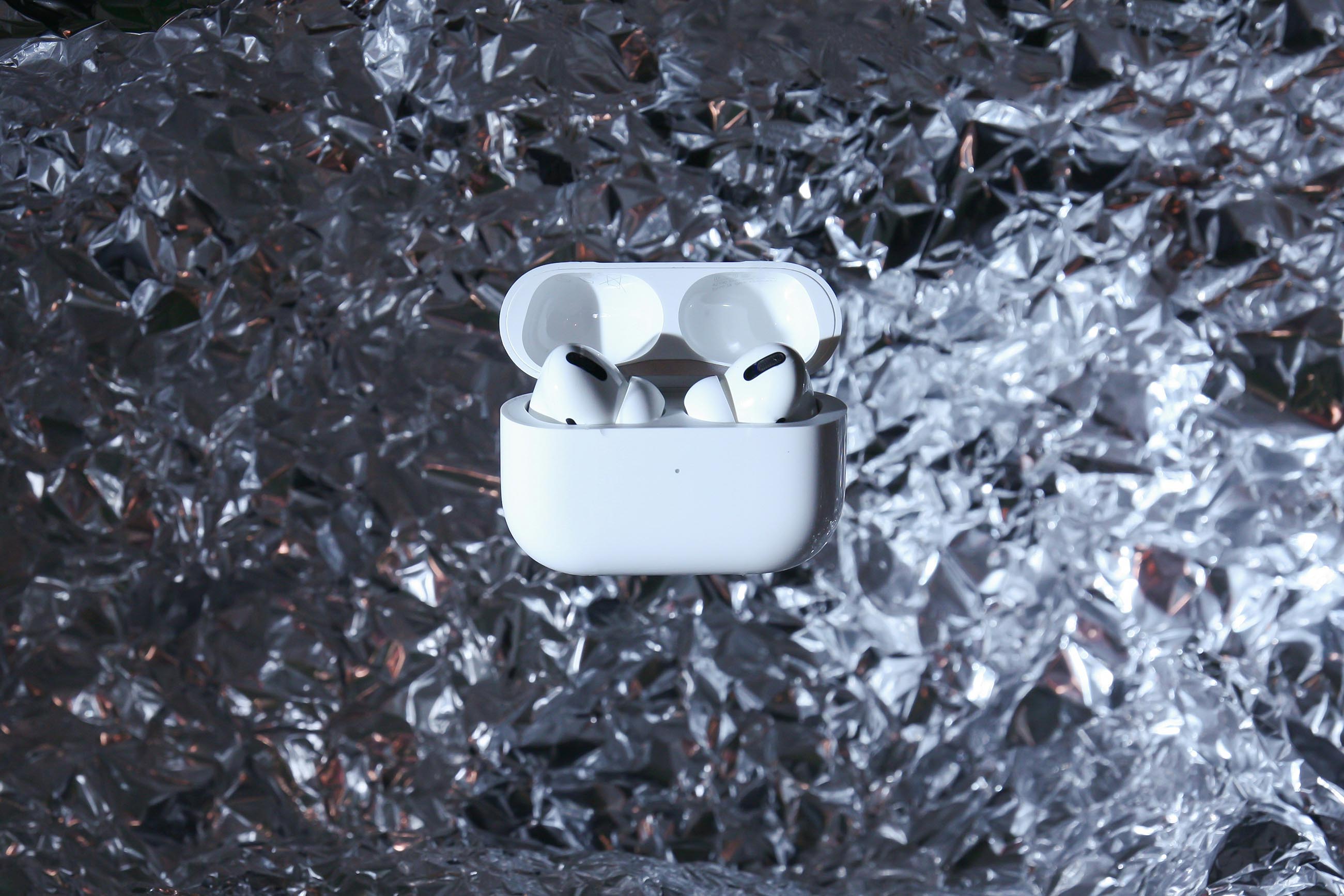
10.02.2025
How to clean "AirPods"?


10.02.2025
Scroll Mindfully: Build a Healthy Relationship with Social Media

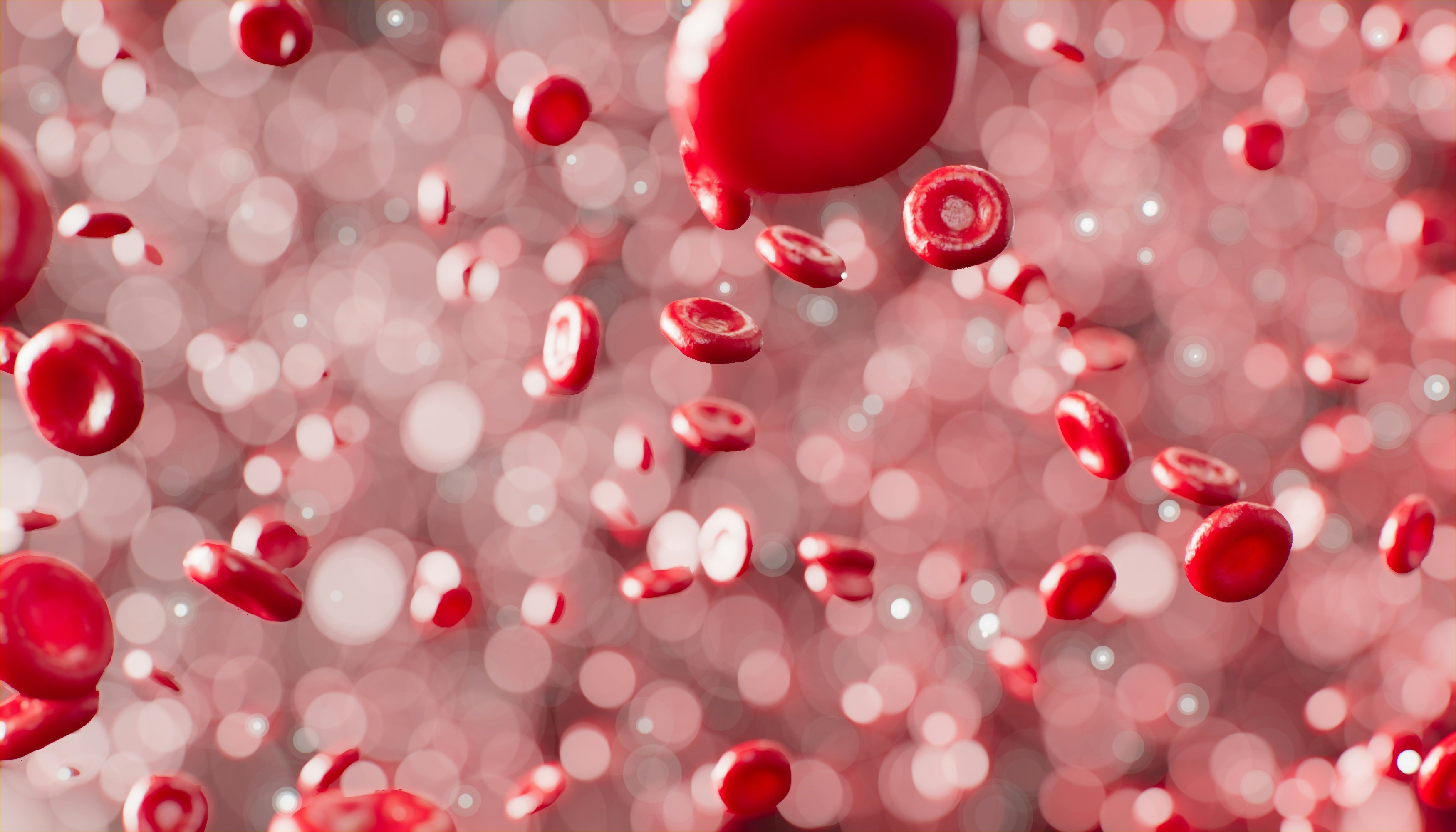
10.02.2025
Insulin Resistance: Causes, Symptoms, Diagnosis, and Treatment

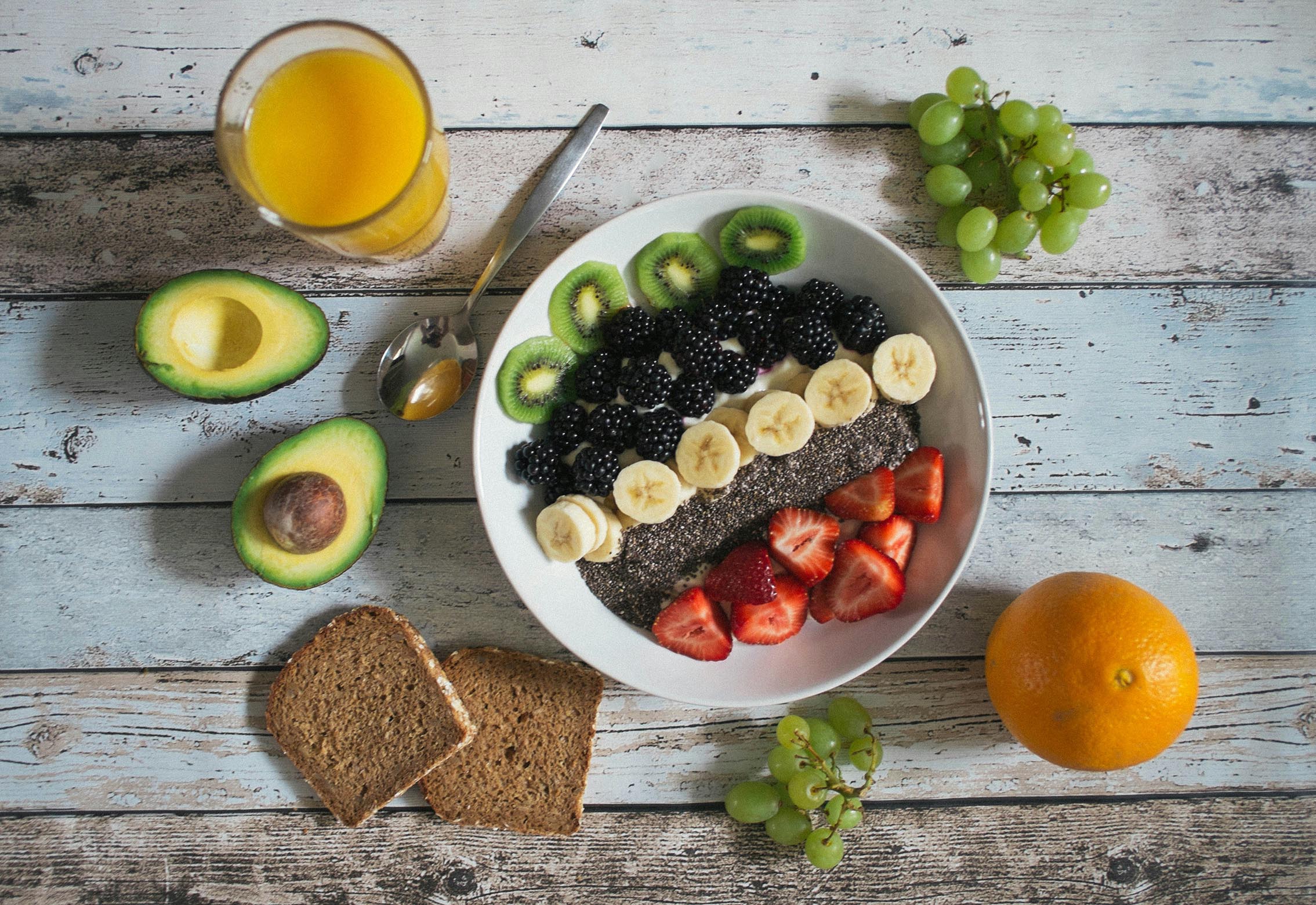
10.02.2025
The role of fibers in diet

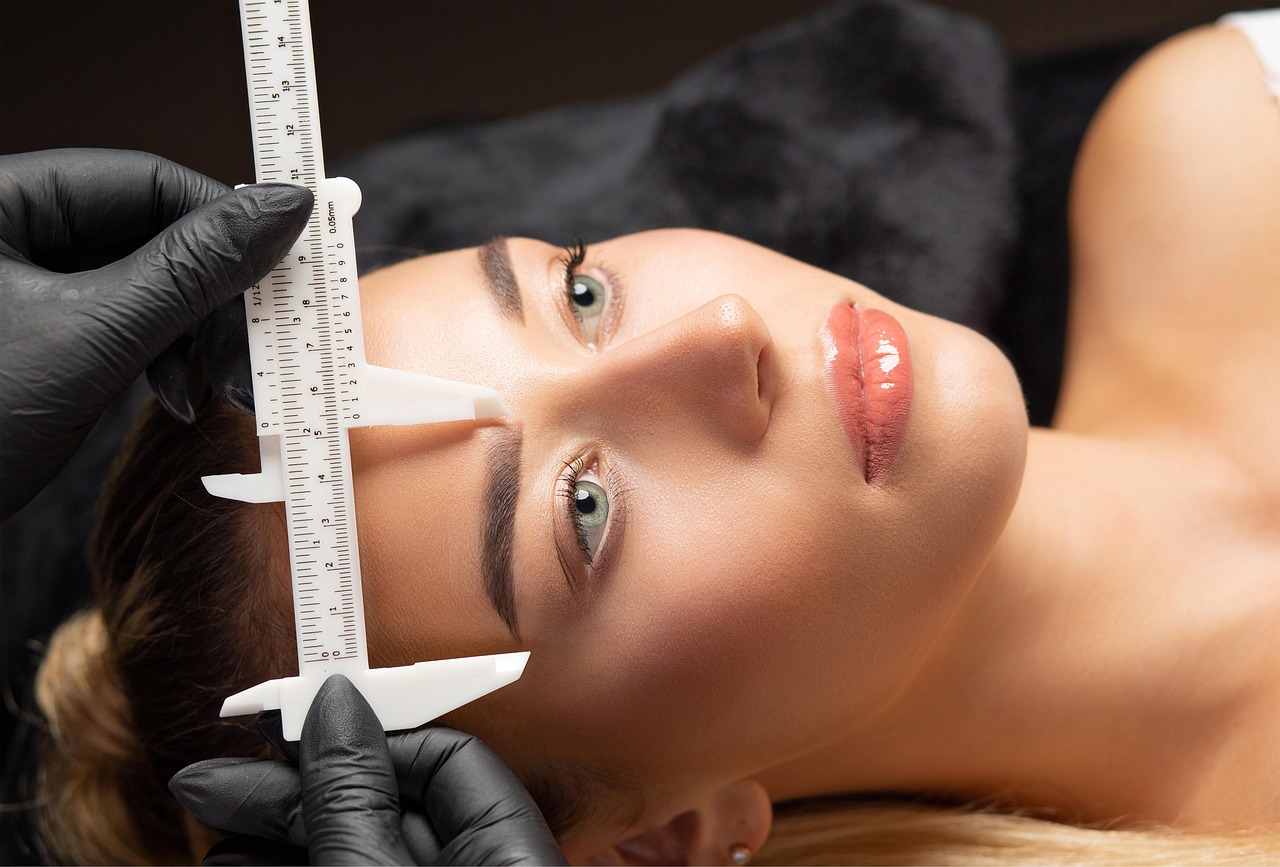
10.02.2025
Everything you need to know about powder brows


10.02.2025
Pet Therapy: How Pets Improve Our Health


10.02.2025
Rest for the Soul and Body: Health Benefits of Travel

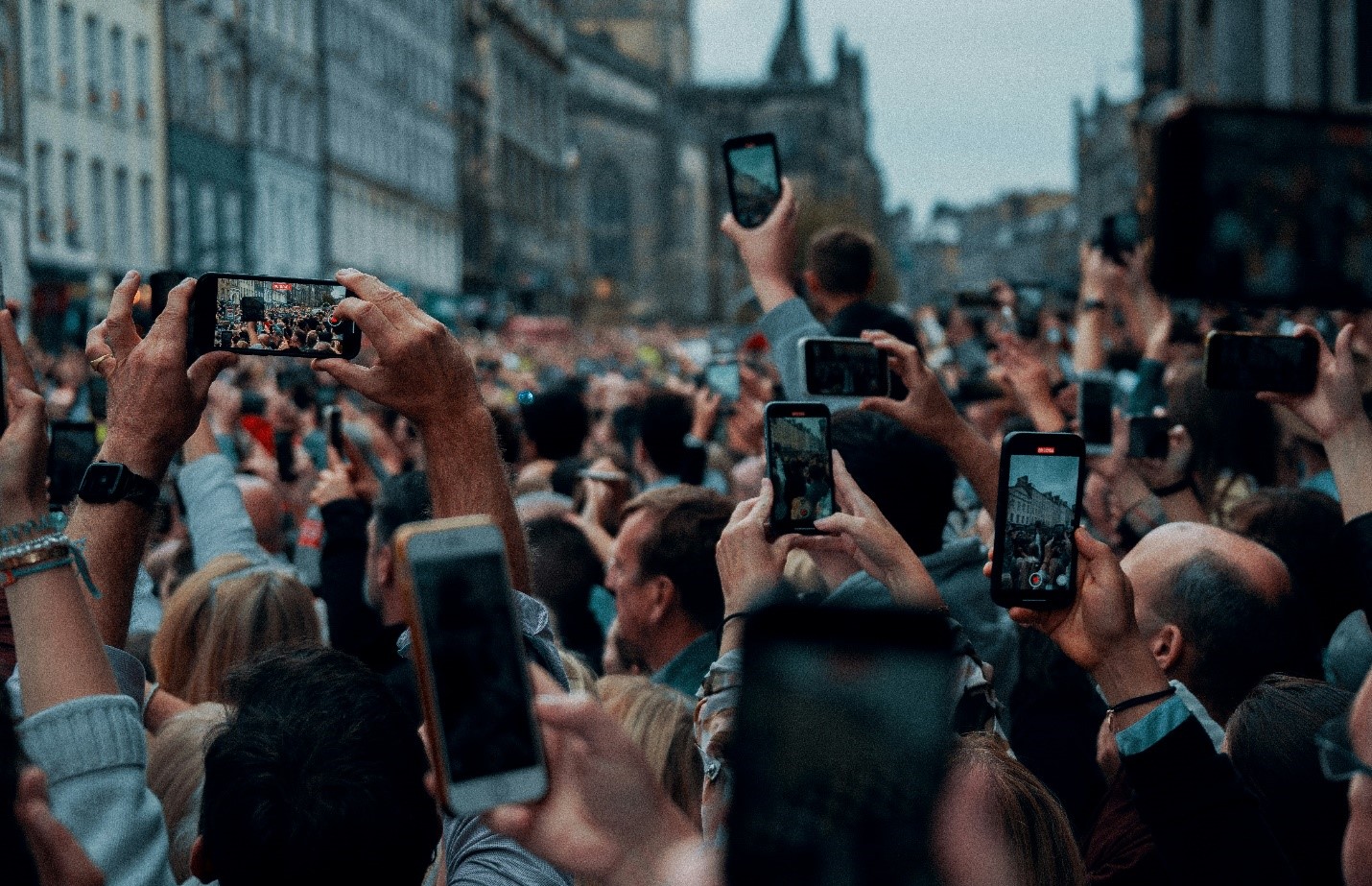
10.02.2025
Mass Gatherings 101: How to Protect Yourself from Key Health Risks?

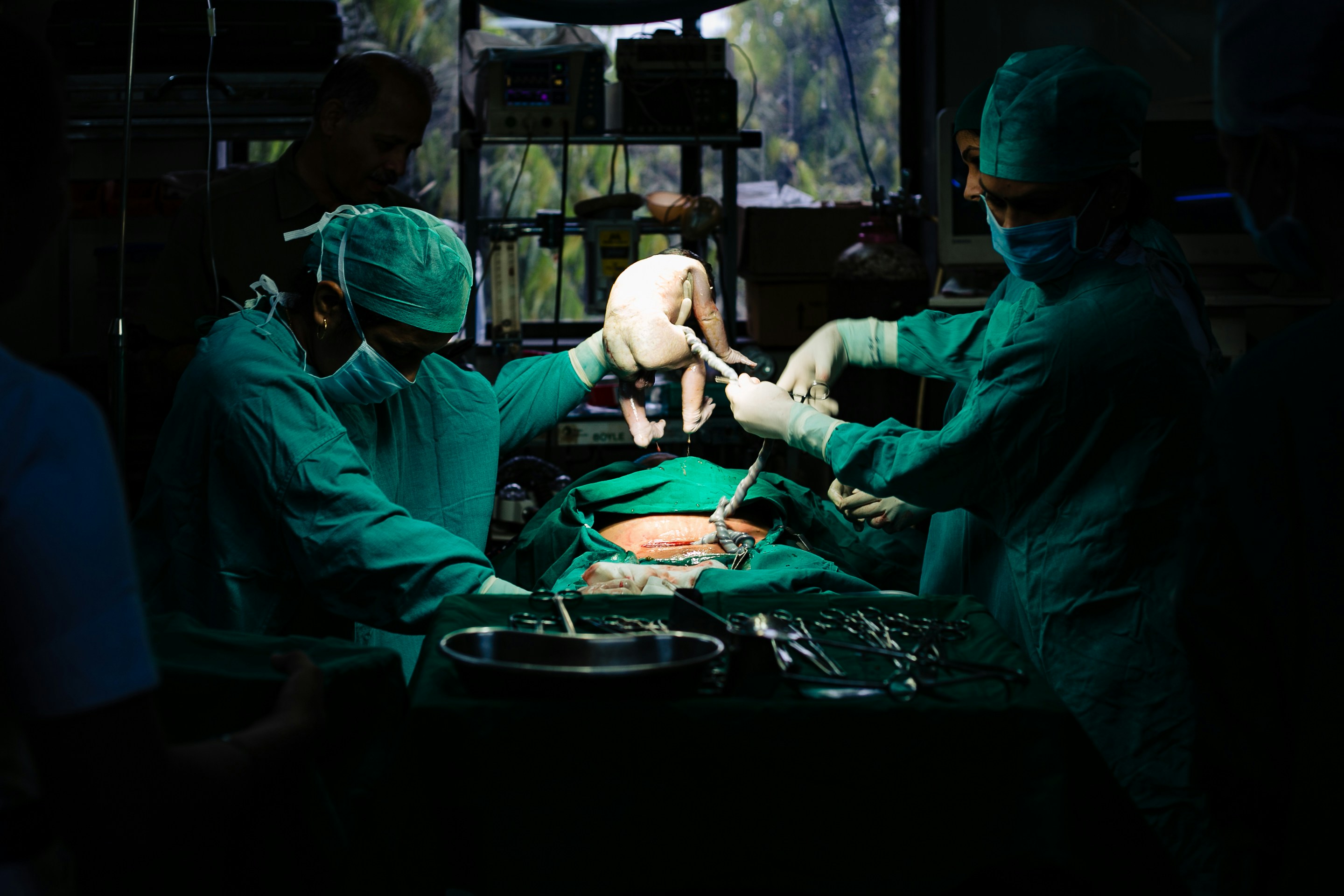
04.02.2025
Childbirth - Cesarean section


04.02.2025
Back pain

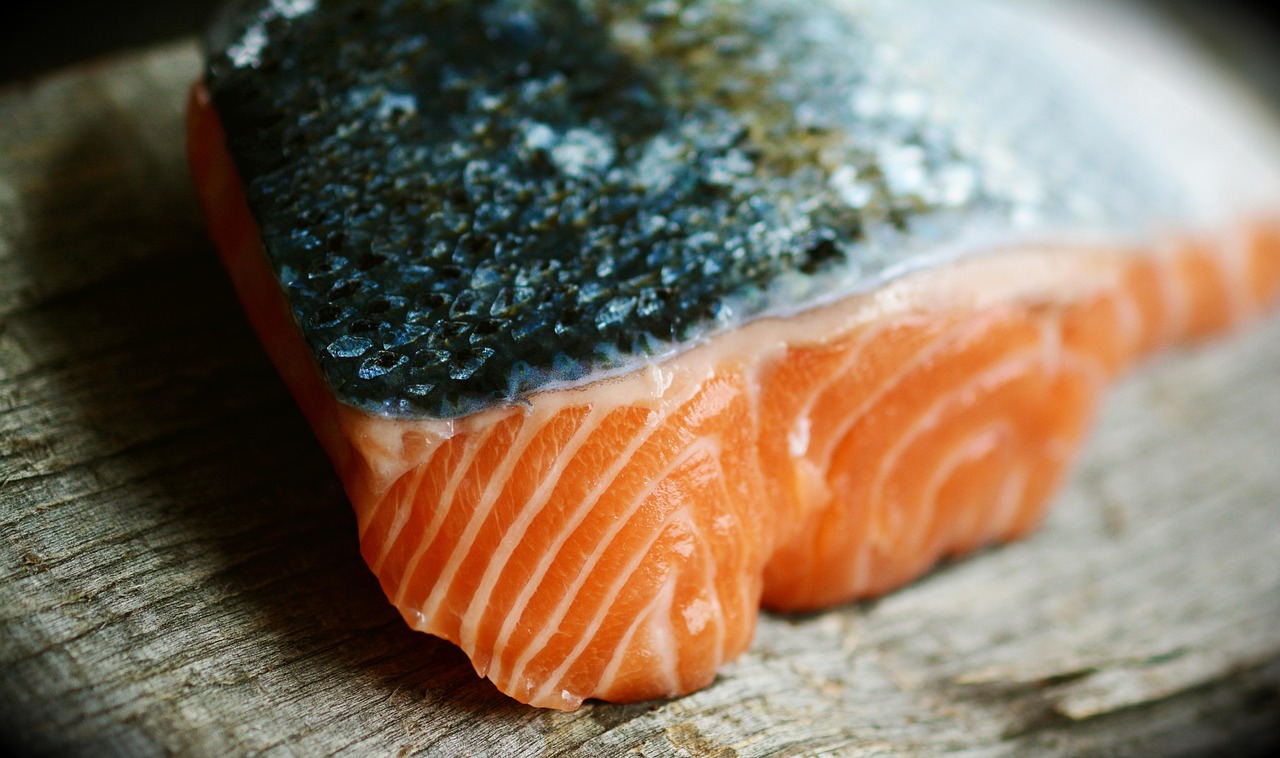
04.02.2025
Why are omega-3 fatty acids important for health?

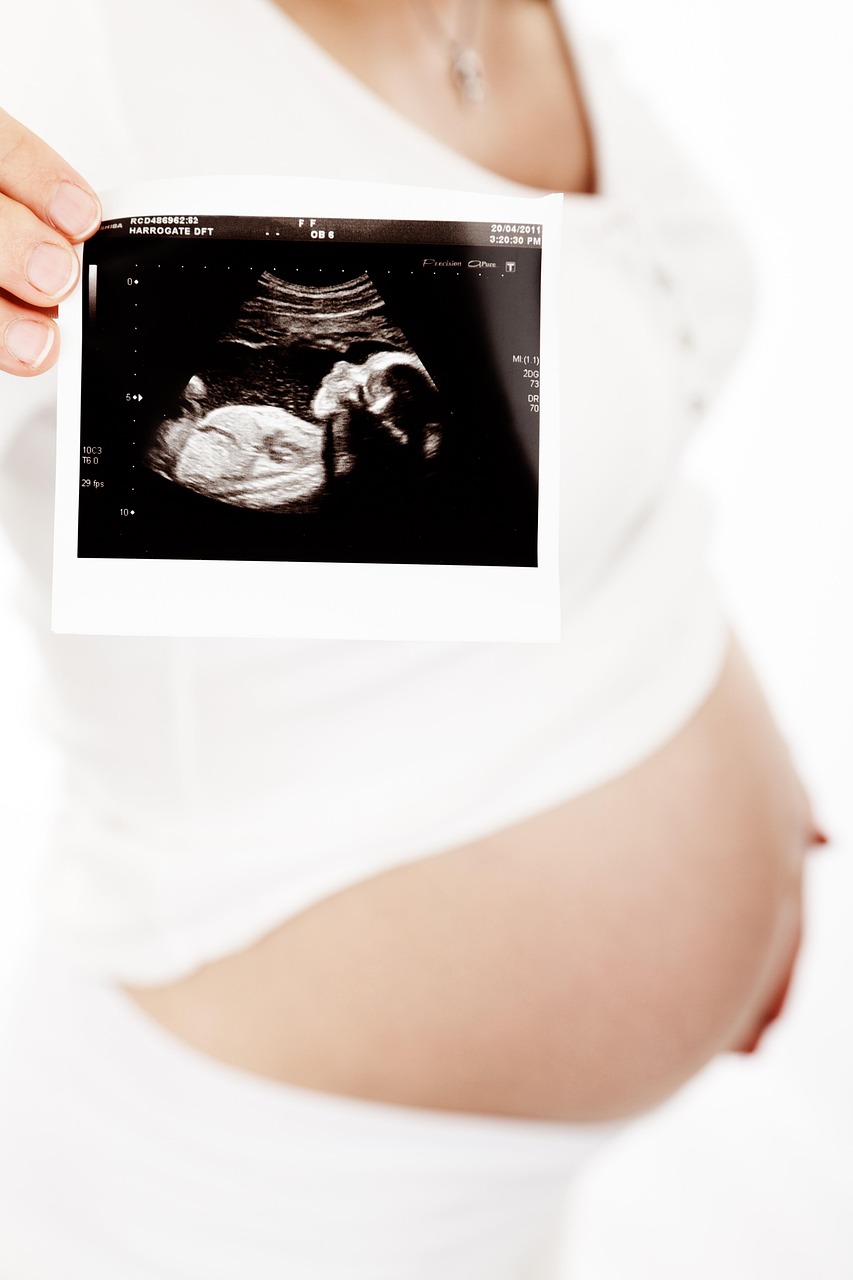
04.02.2025
Prenatal screening tests

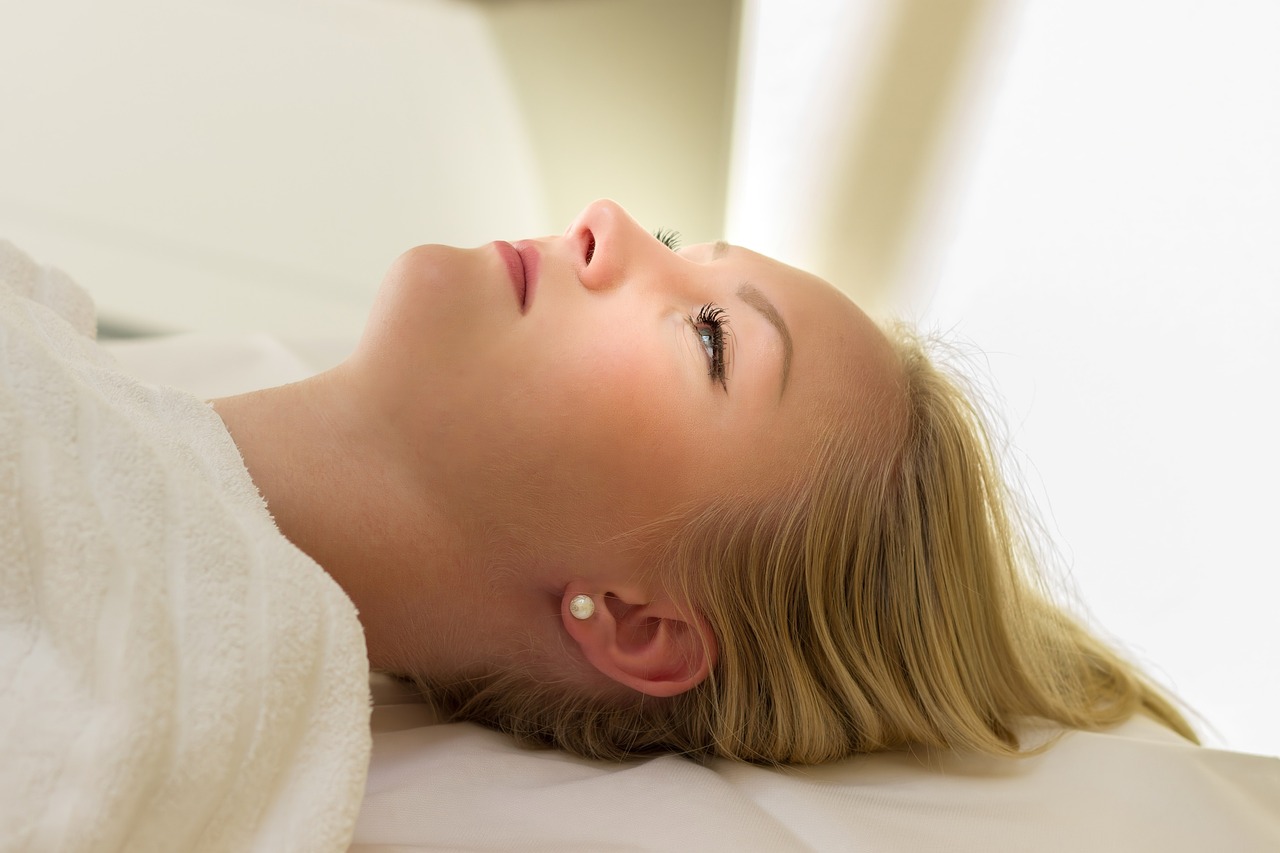
04.02.2025
Chemical peeling


04.02.2025
Bleeding after sexual intercourse

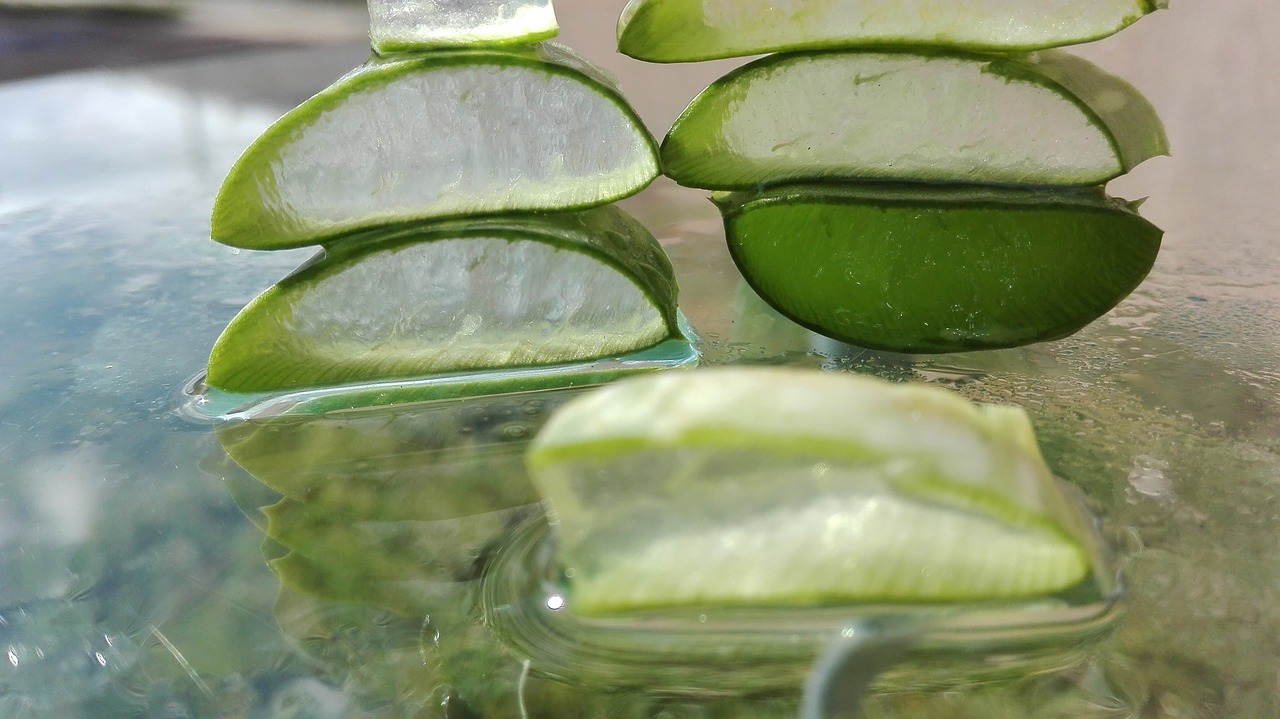
04.02.2025
How aloe vera affects skin health

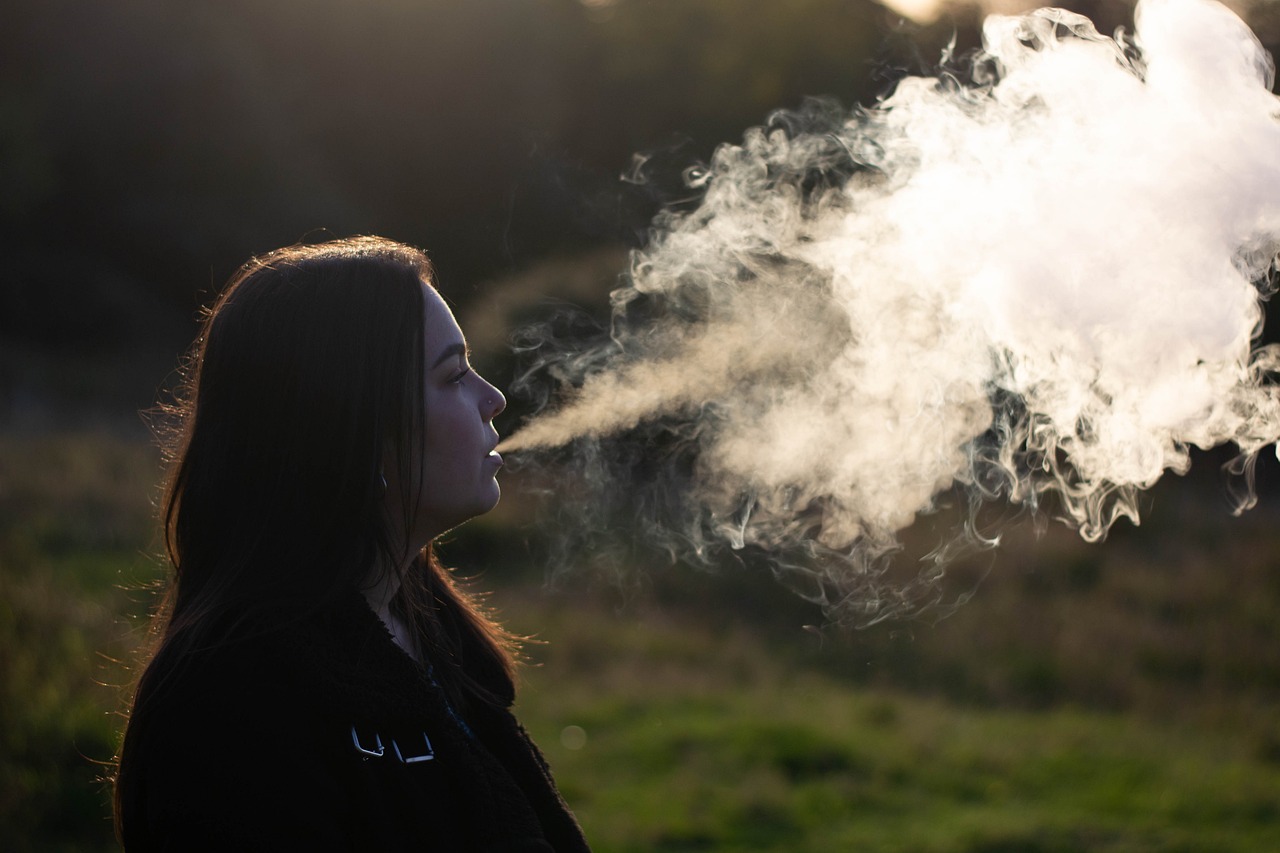
04.02.2025
How do “e – cigarettes” affect health?


04.02.2025
Colic in babies

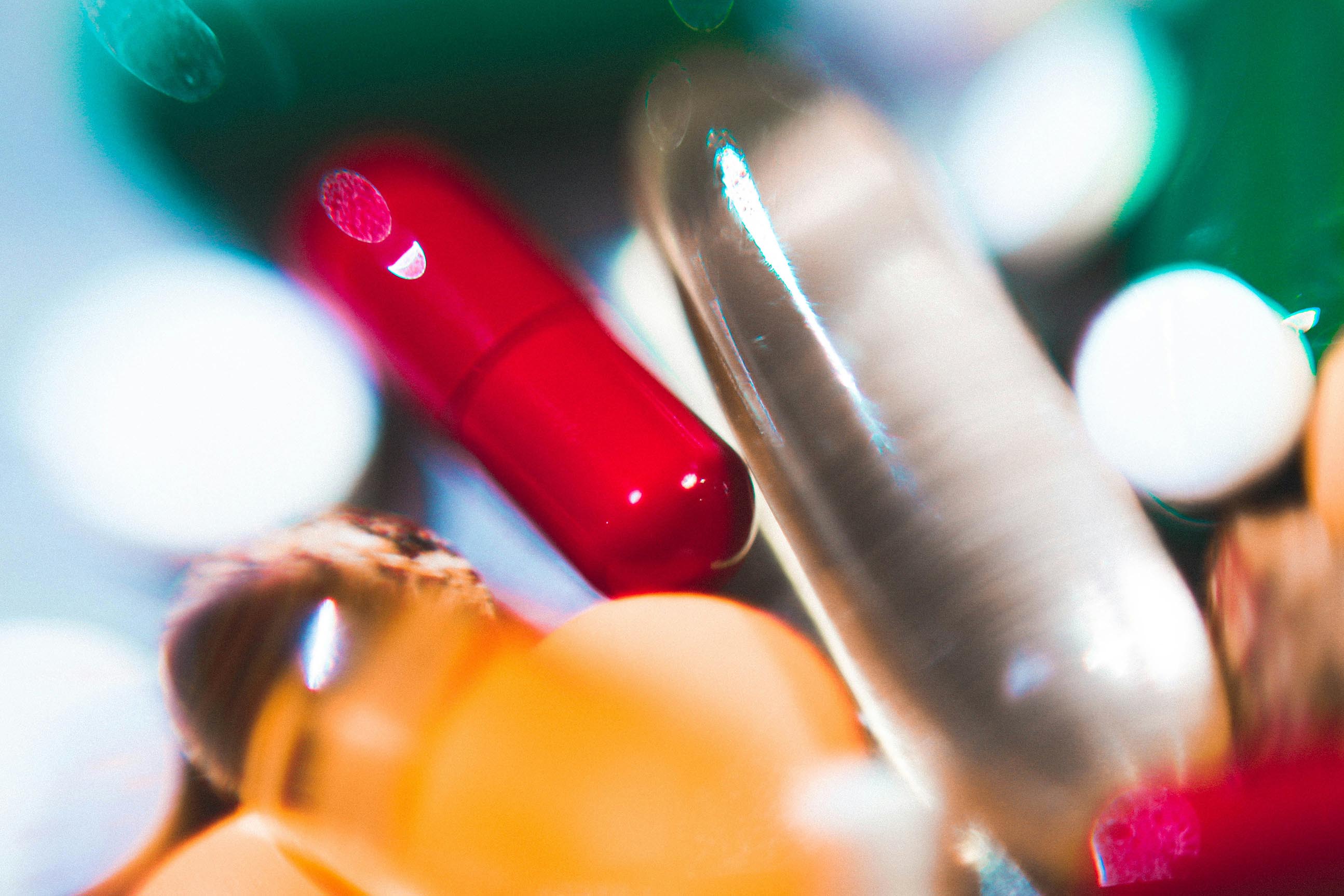
04.02.2025
How do probiotics affect the organism?


04.02.2025
Mental health in Serbia

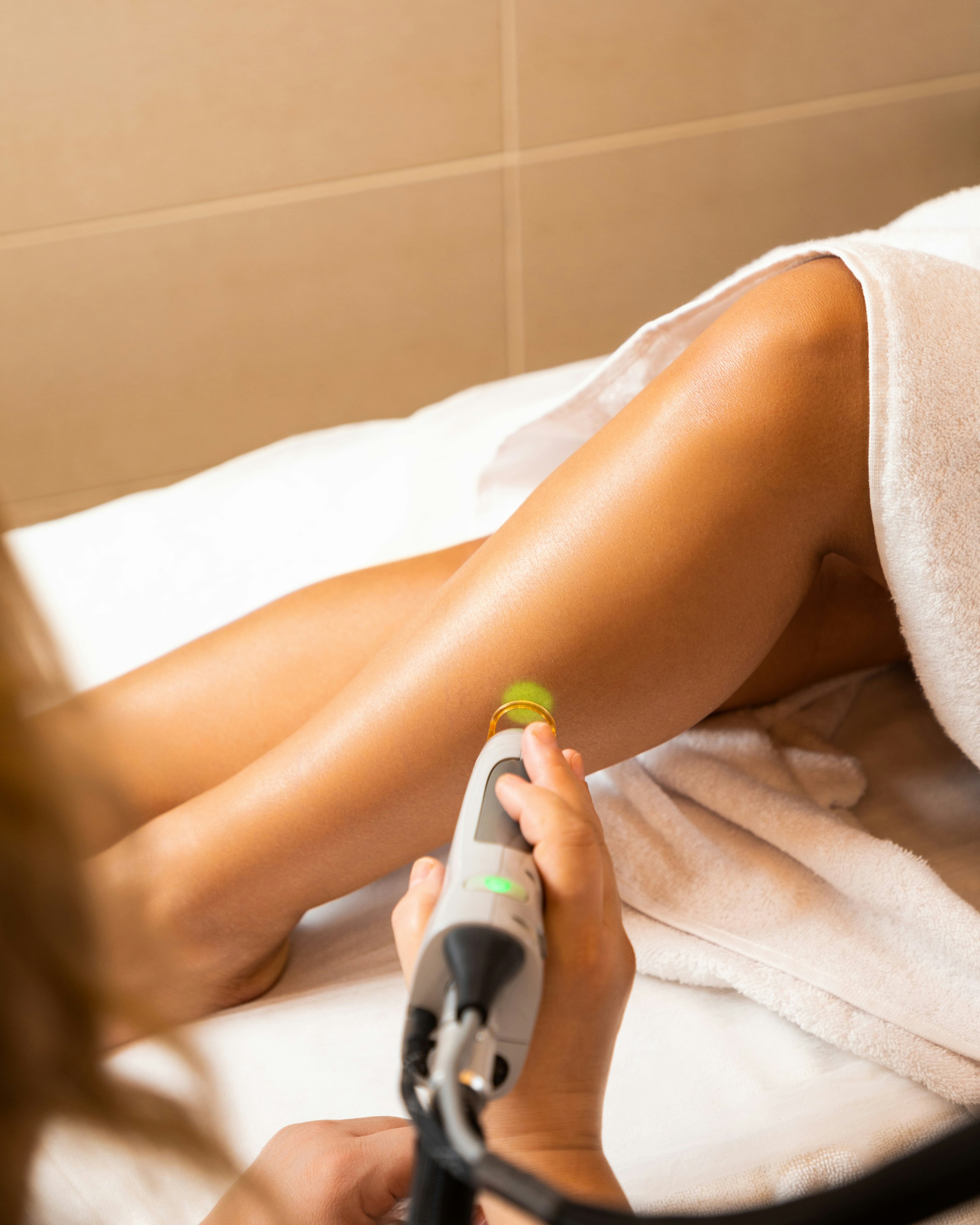
04.02.2025
Laser epilation as a permanent solution for unwanted hair


04.02.2025
Setting SMART fitness goals

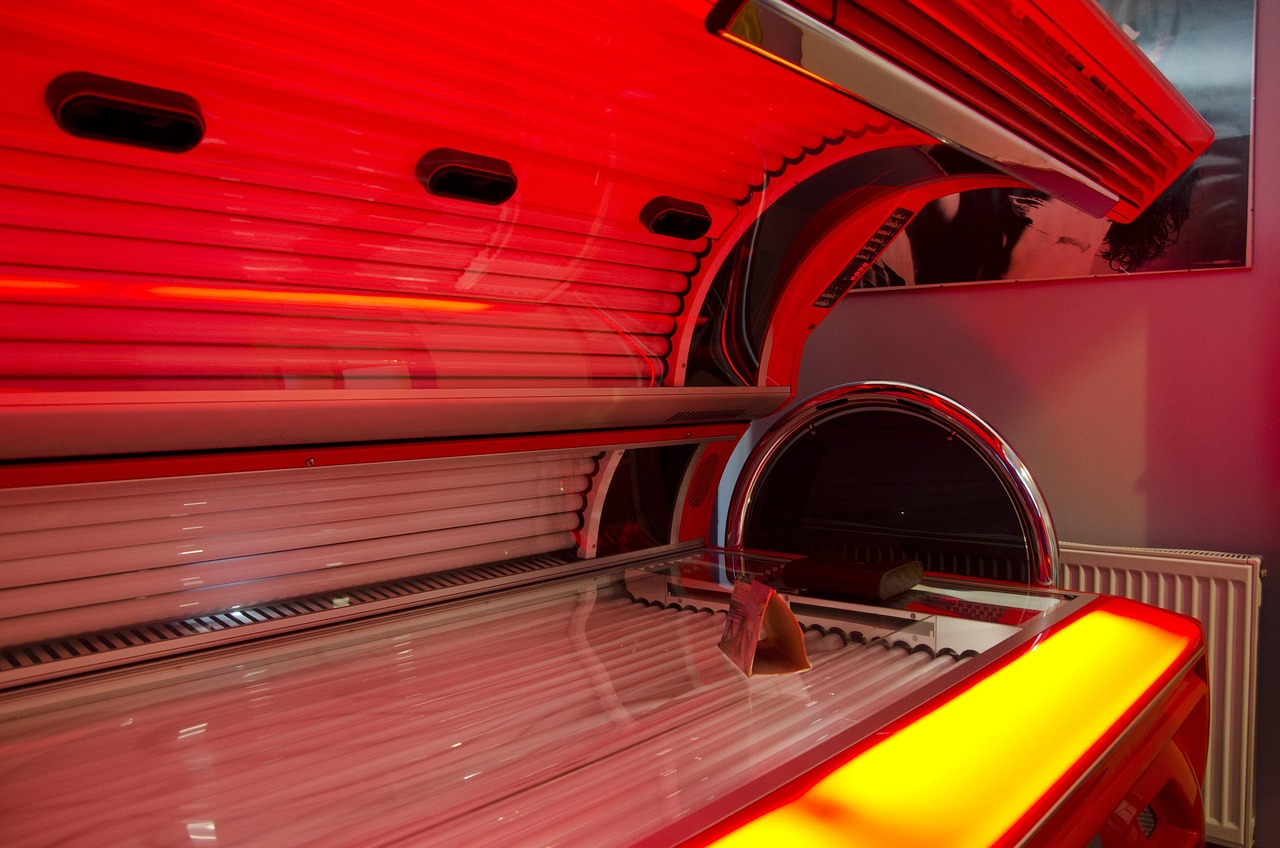
04.02.2025
How solarium affects the skin health

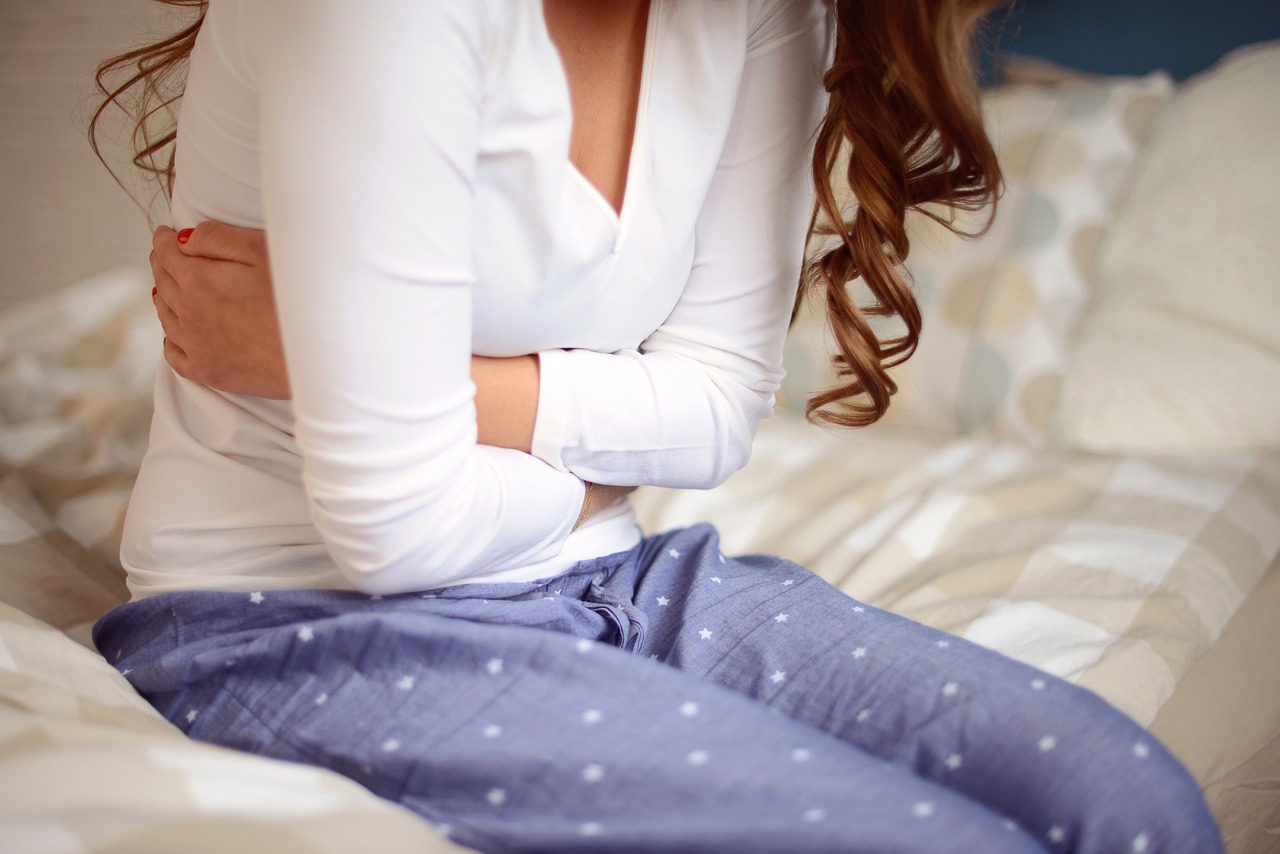
04.02.2025
What to eat if you’re feeling nauseous?

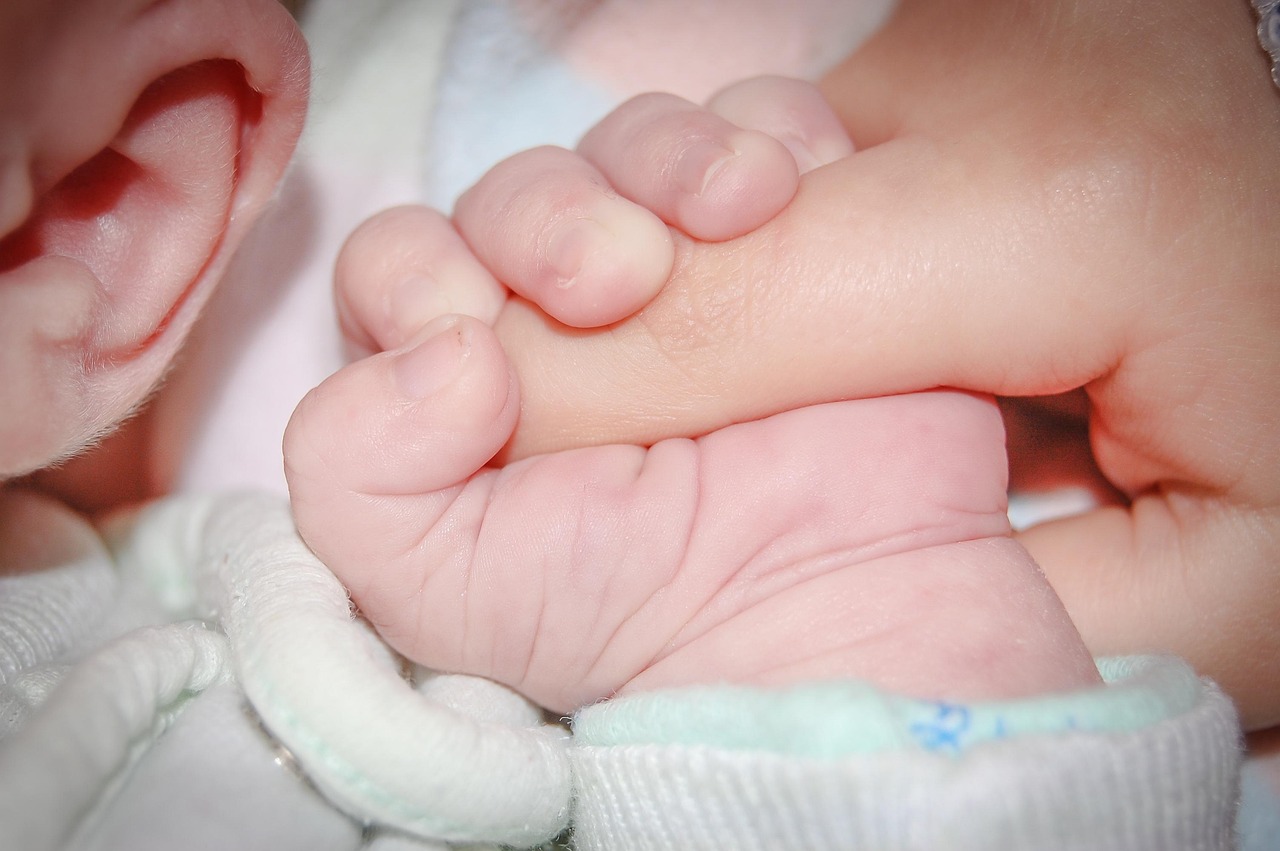
04.02.2025
Birth at home - Advantage or risk?

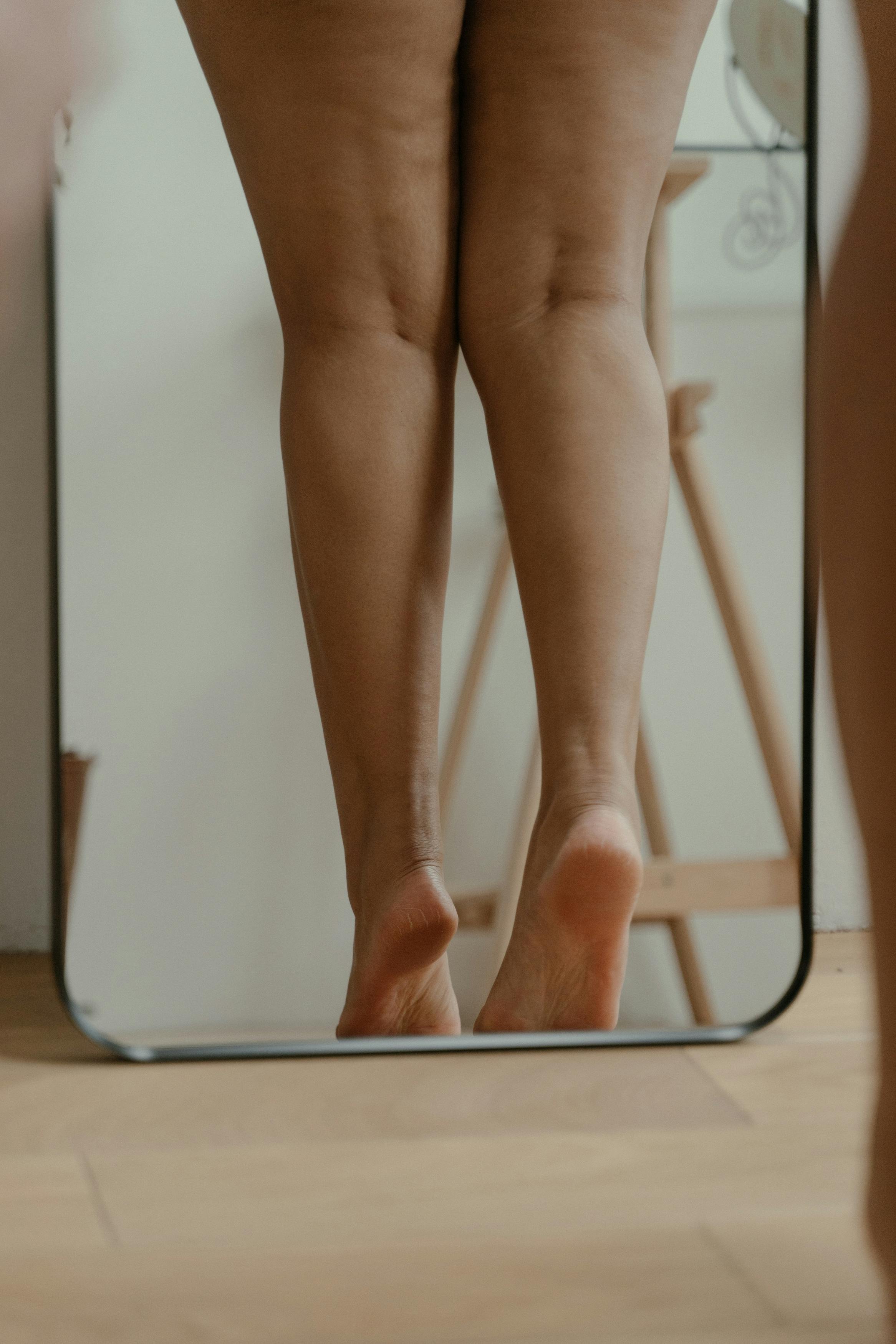
04.02.2025
Pressotherapy - Eliminating Excess Fluid


21.01.2025
What are the health benefits of lemon?

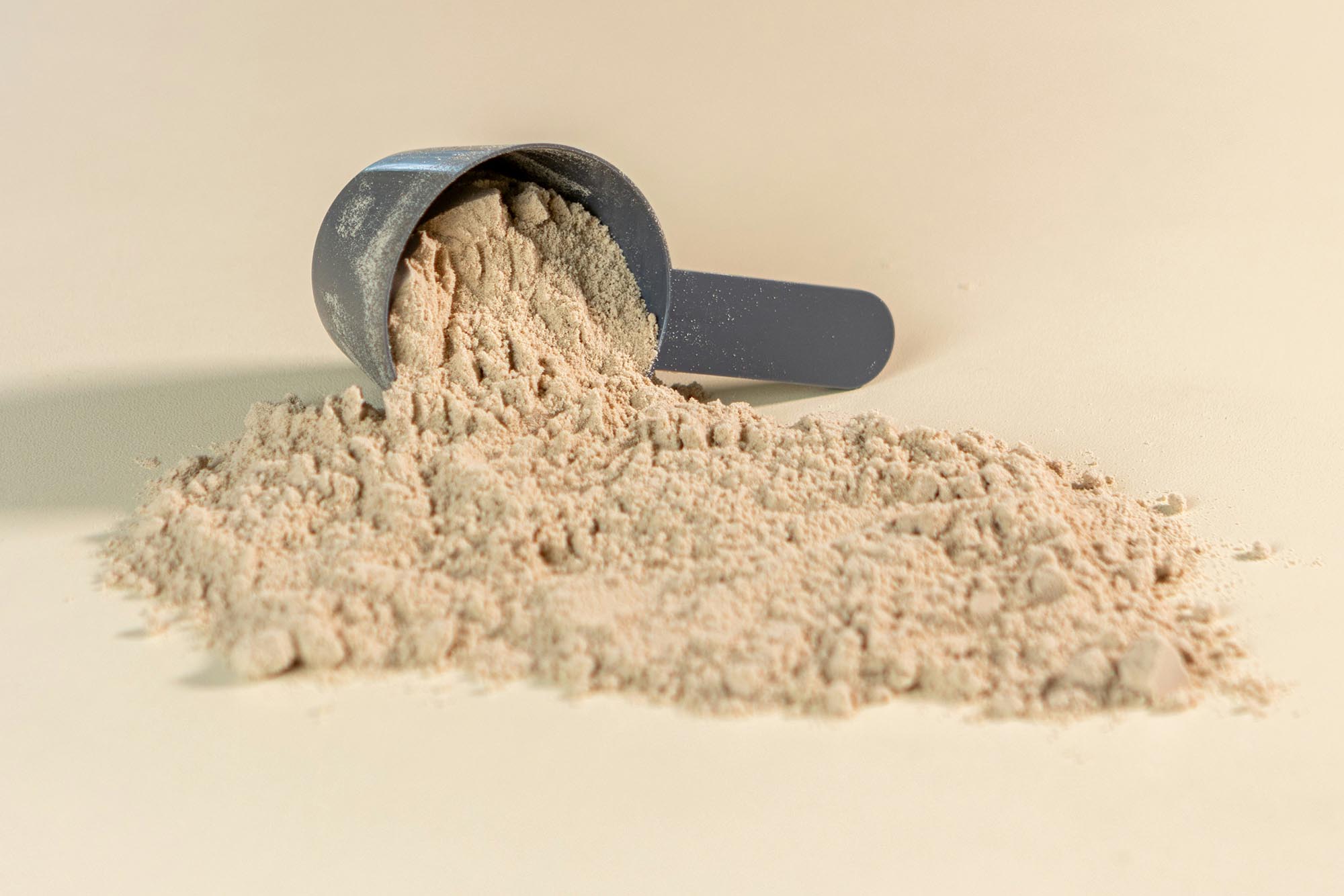
21.01.2025
Protein supplements in fitness


21.01.2025
Pathological gambling

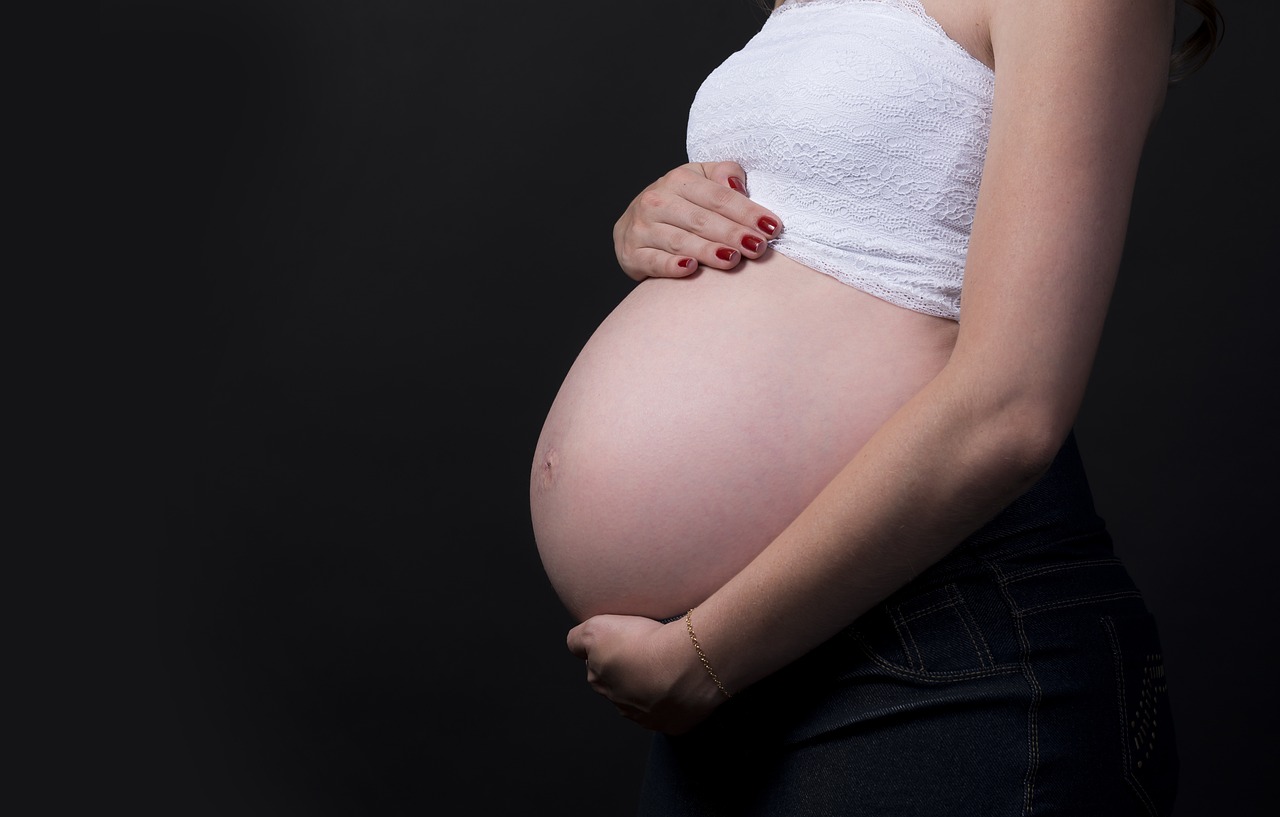
21.01.2025
Nutrition during pregnancy - Does a pregnant woman should eat for two?


21.01.2025
Proper hair care

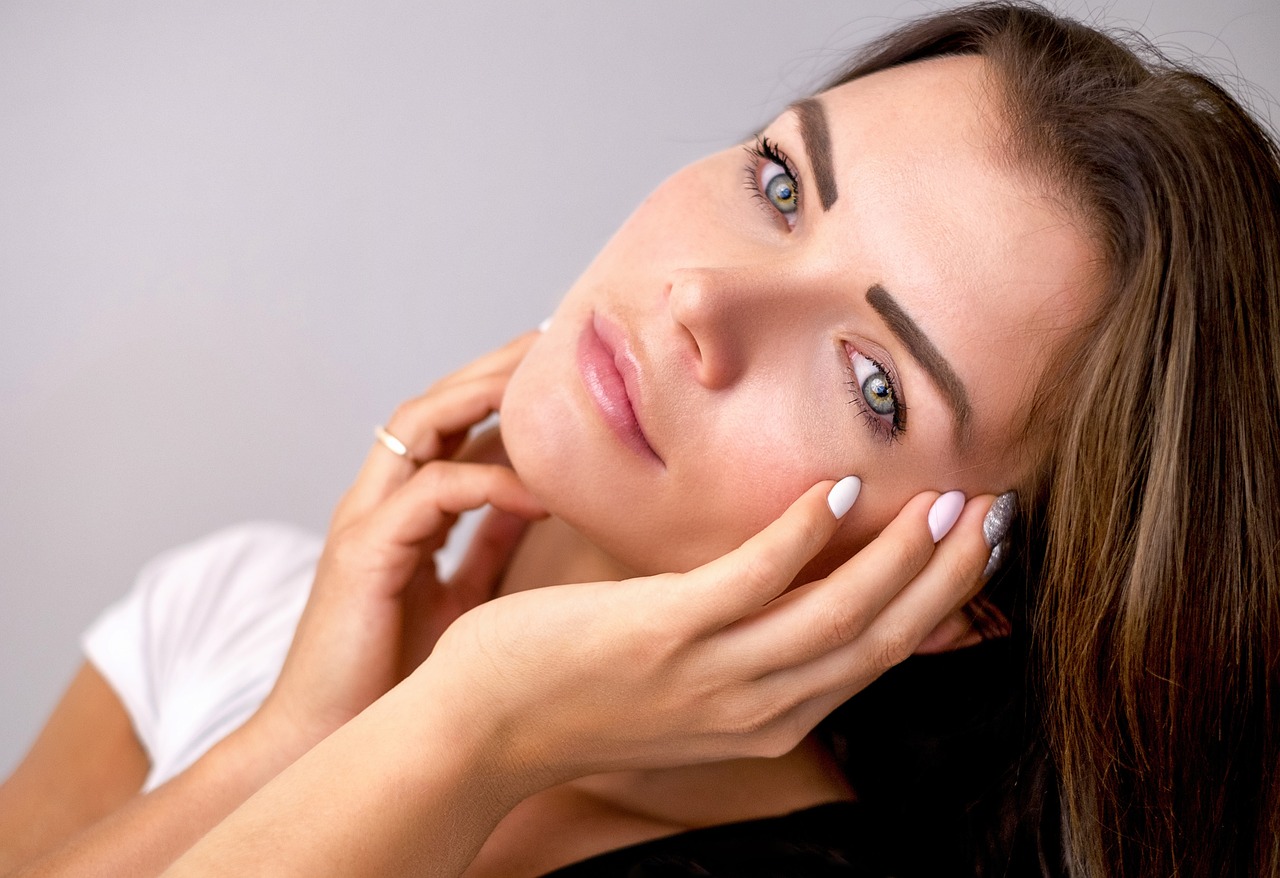
21.01.2025
Skin tightening threads

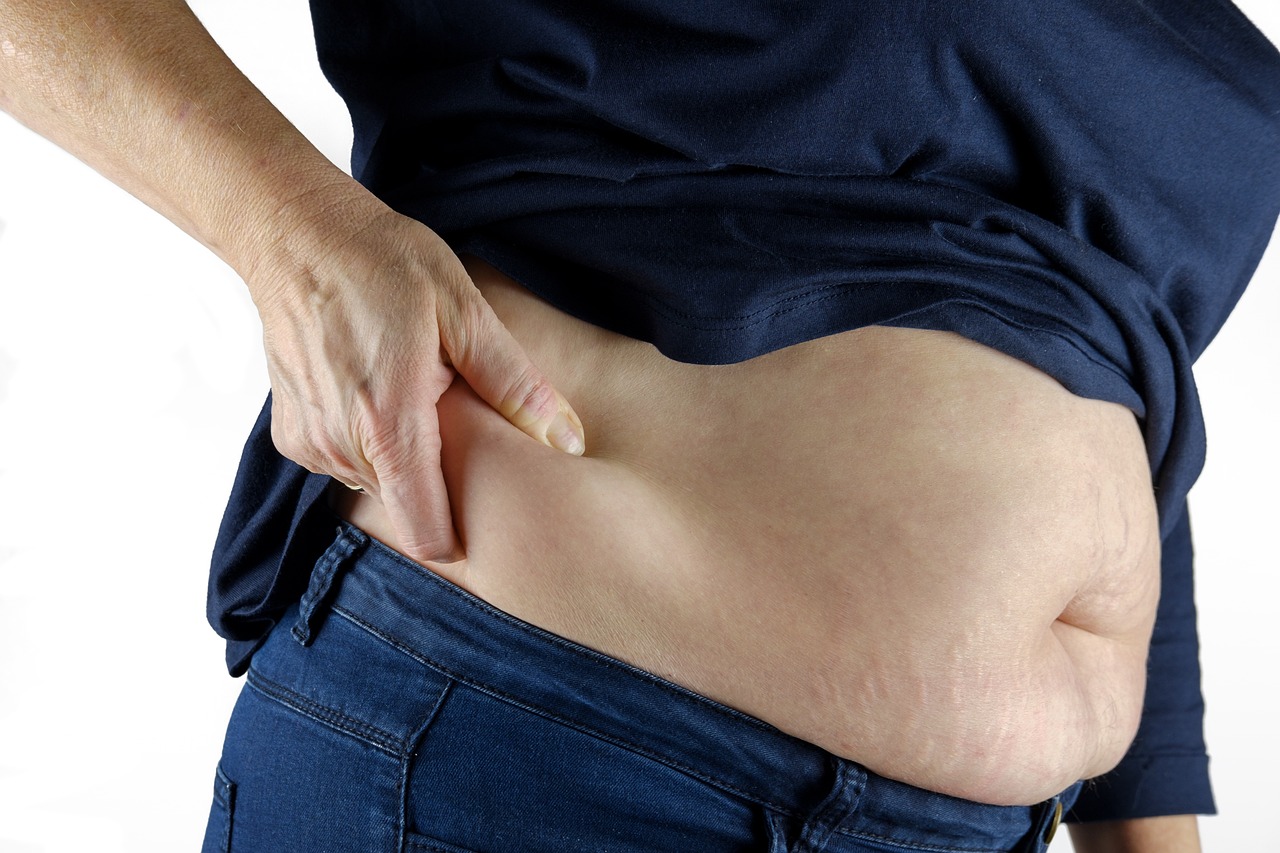
21.01.2025
Effective treatment for removal of fat deposits


13.01.2025
Breathing techniques for easier childbirth

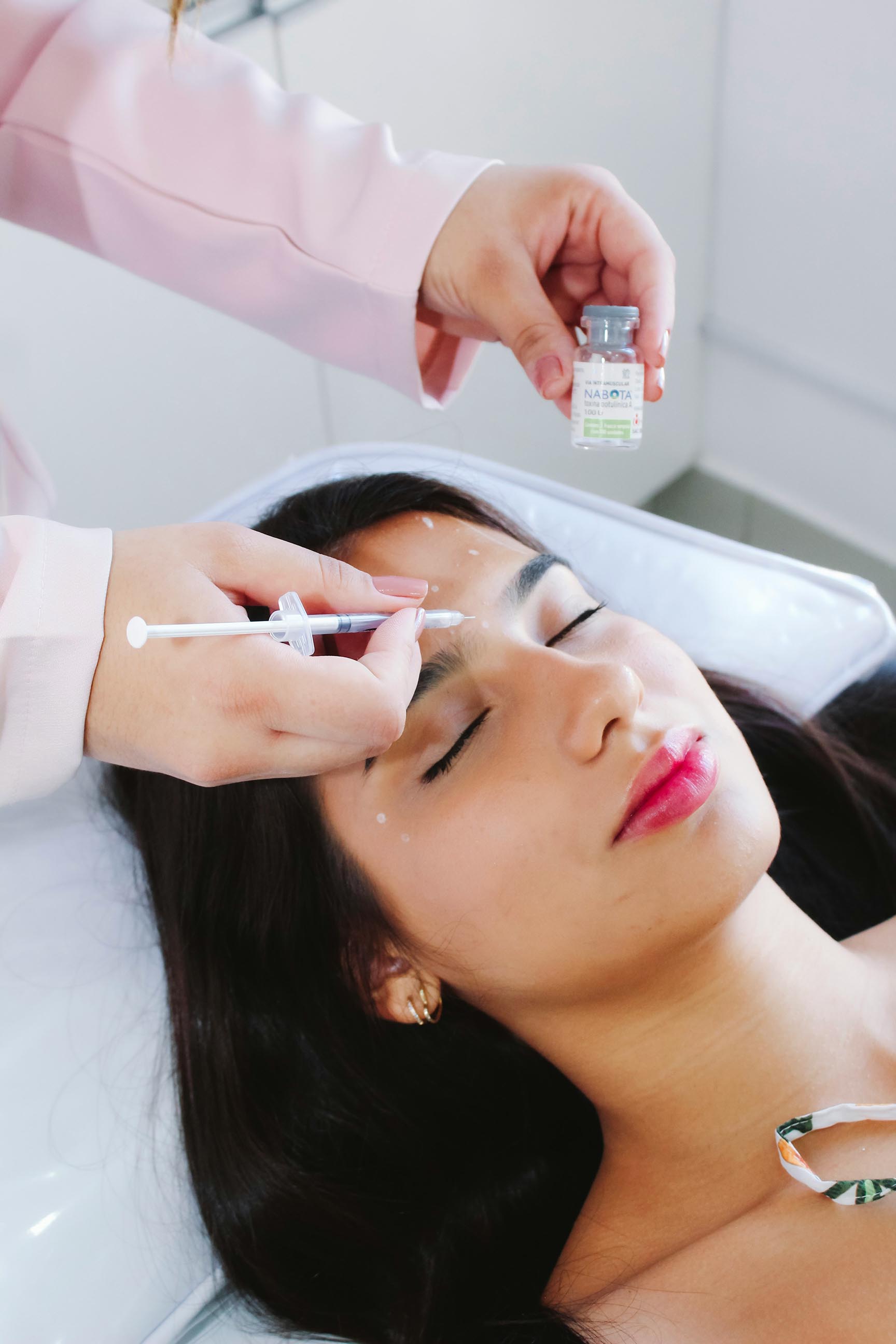
13.01.2025
The Three Most Popular Aesthetic Treatments of 2024


13.01.2025
UV protection during winter

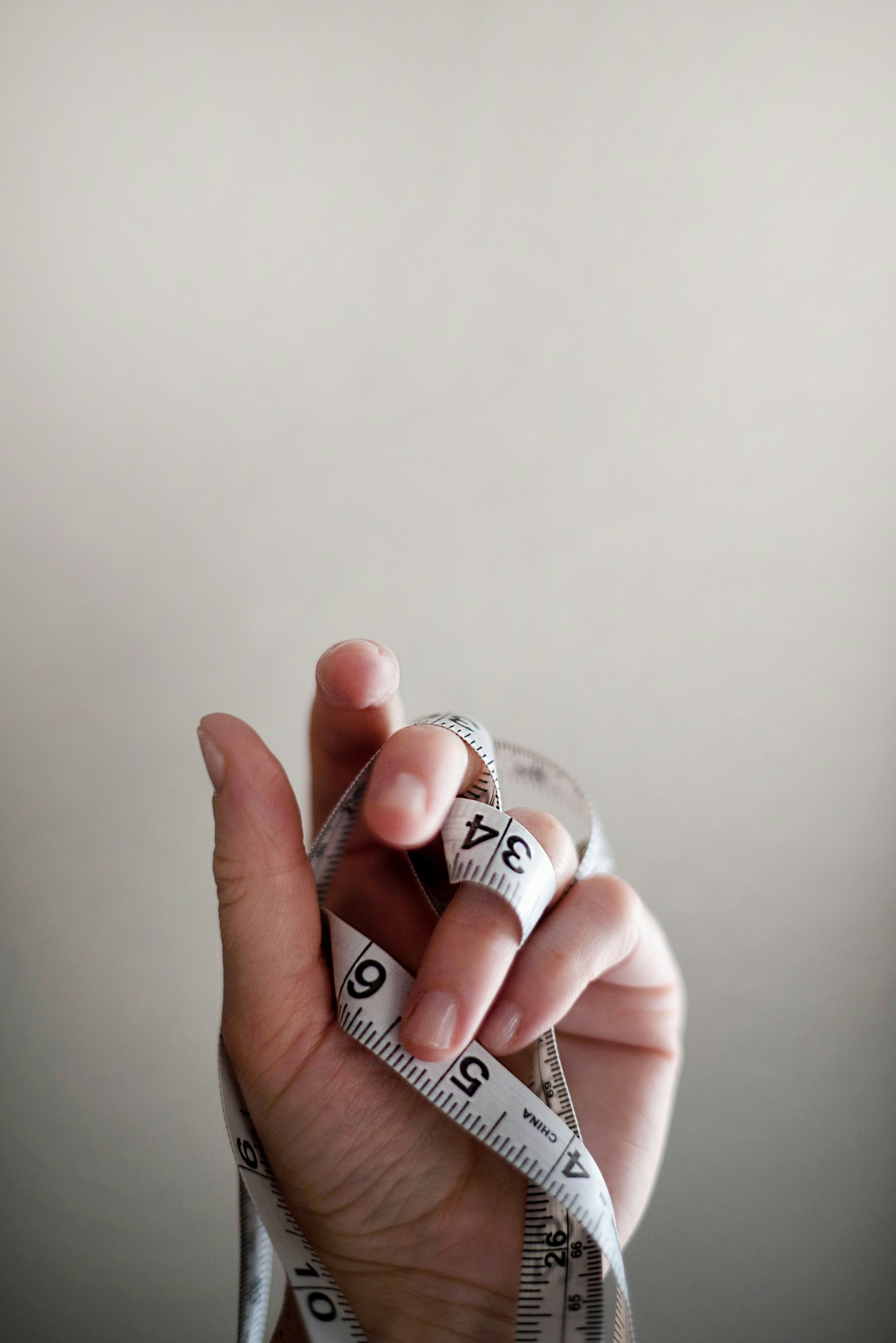
13.01.2025
Anorexia


13.01.2025
What is muscle hypertrophy?

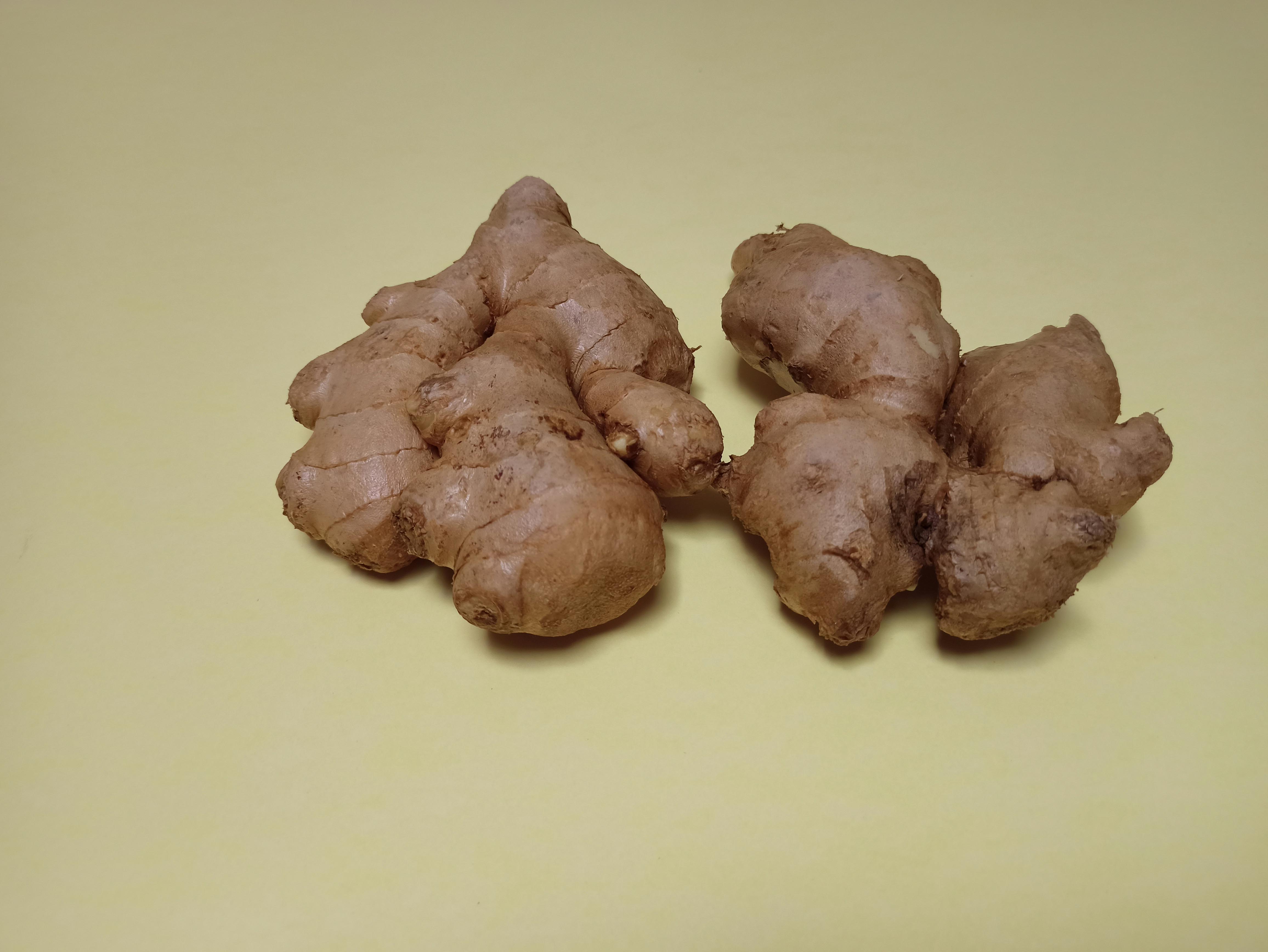
13.01.2025
The medicinal properties of ginger

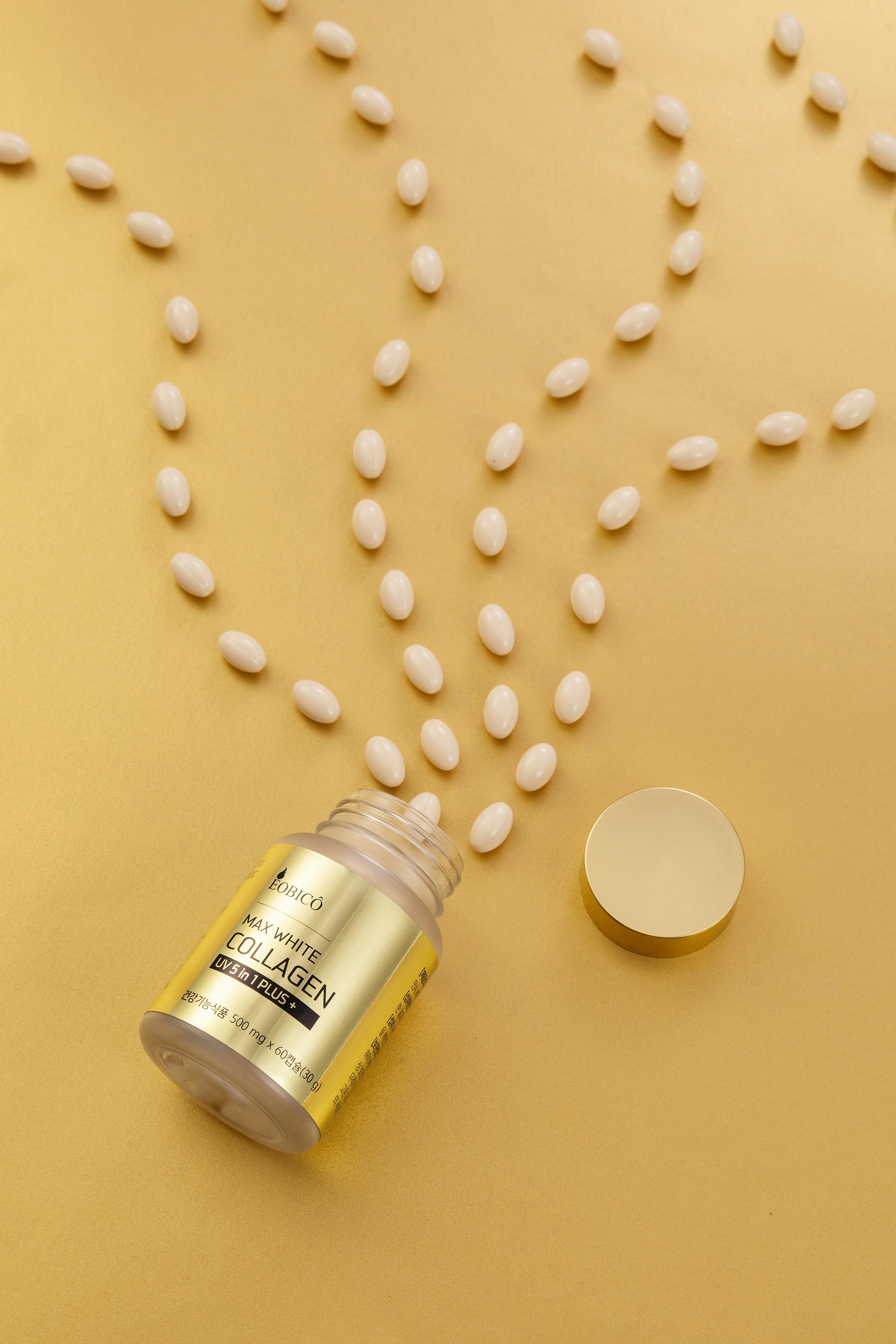
24.12.2024
How does collagen affect skin health?


24.12.2024
How does exercise help with stress?


24.12.2024
Bipolar disorder


17.12.2024
Health benefits of massages


17.12.2024
Diet for a better immune system


17.12.2024
Post-traumatic stress disorder (PTSD)

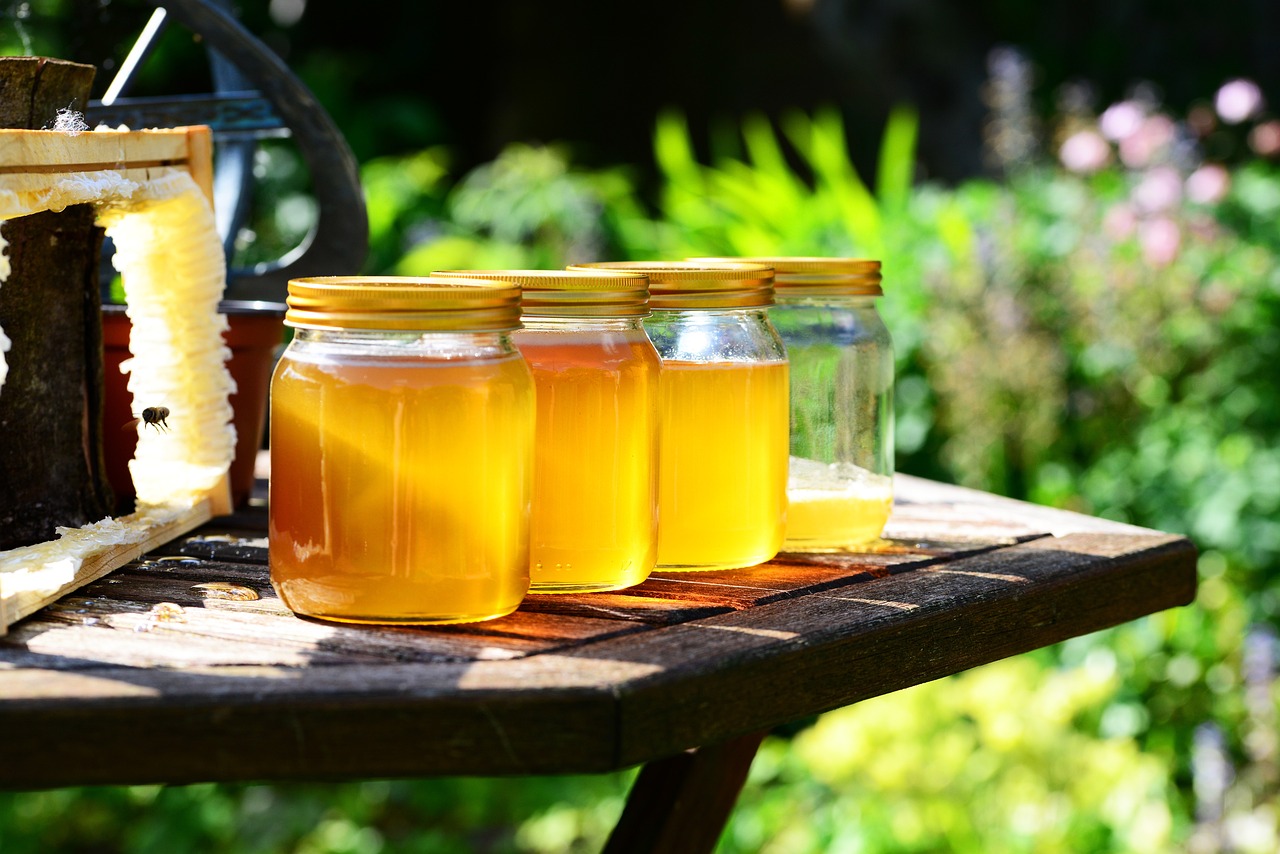
17.12.2024
The health benefits of honey


17.12.2024
The health risks of tattooing


17.12.2024
How to provide support for mental health issues?

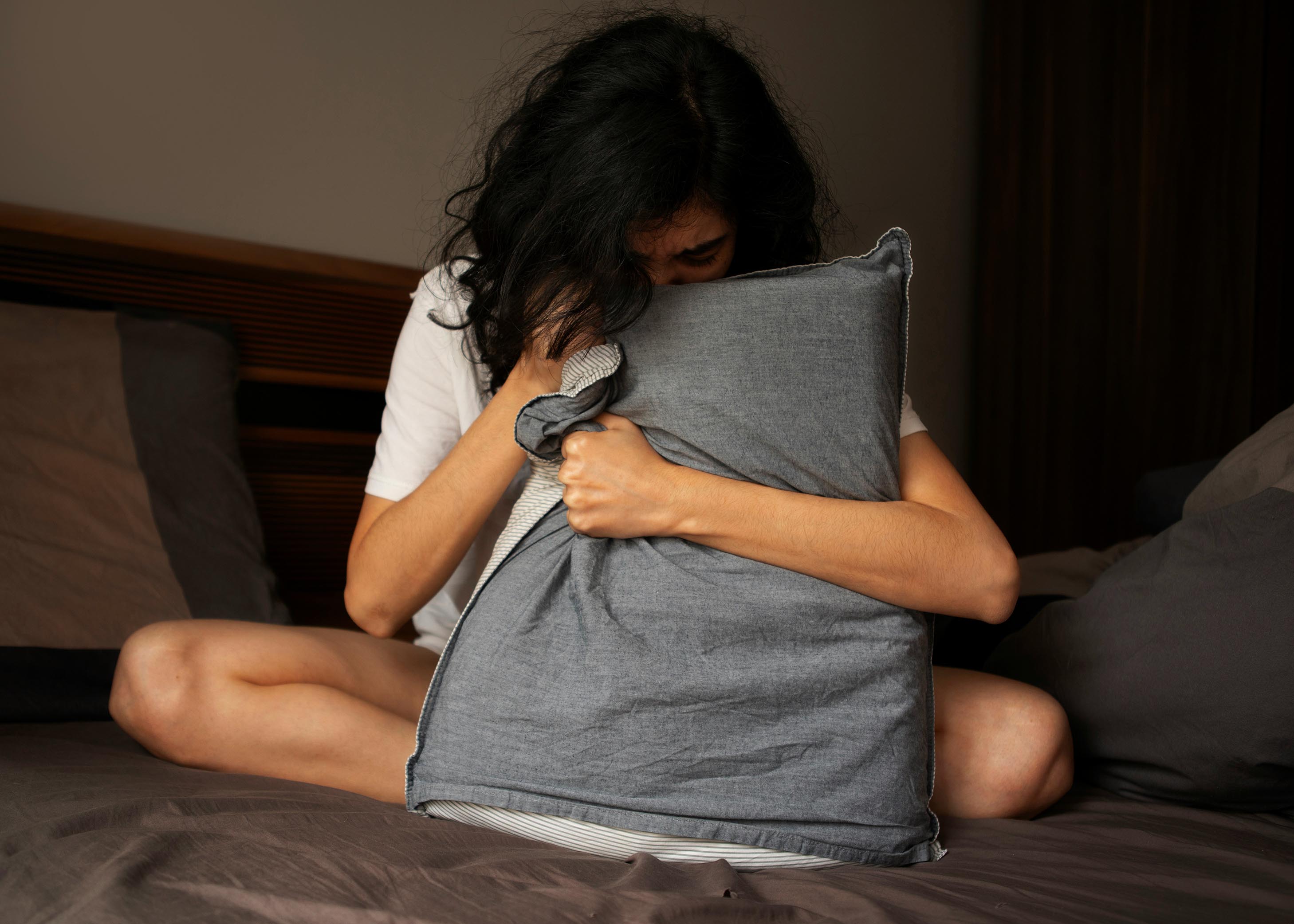
28.11.2024
How does sleep affect mental health?

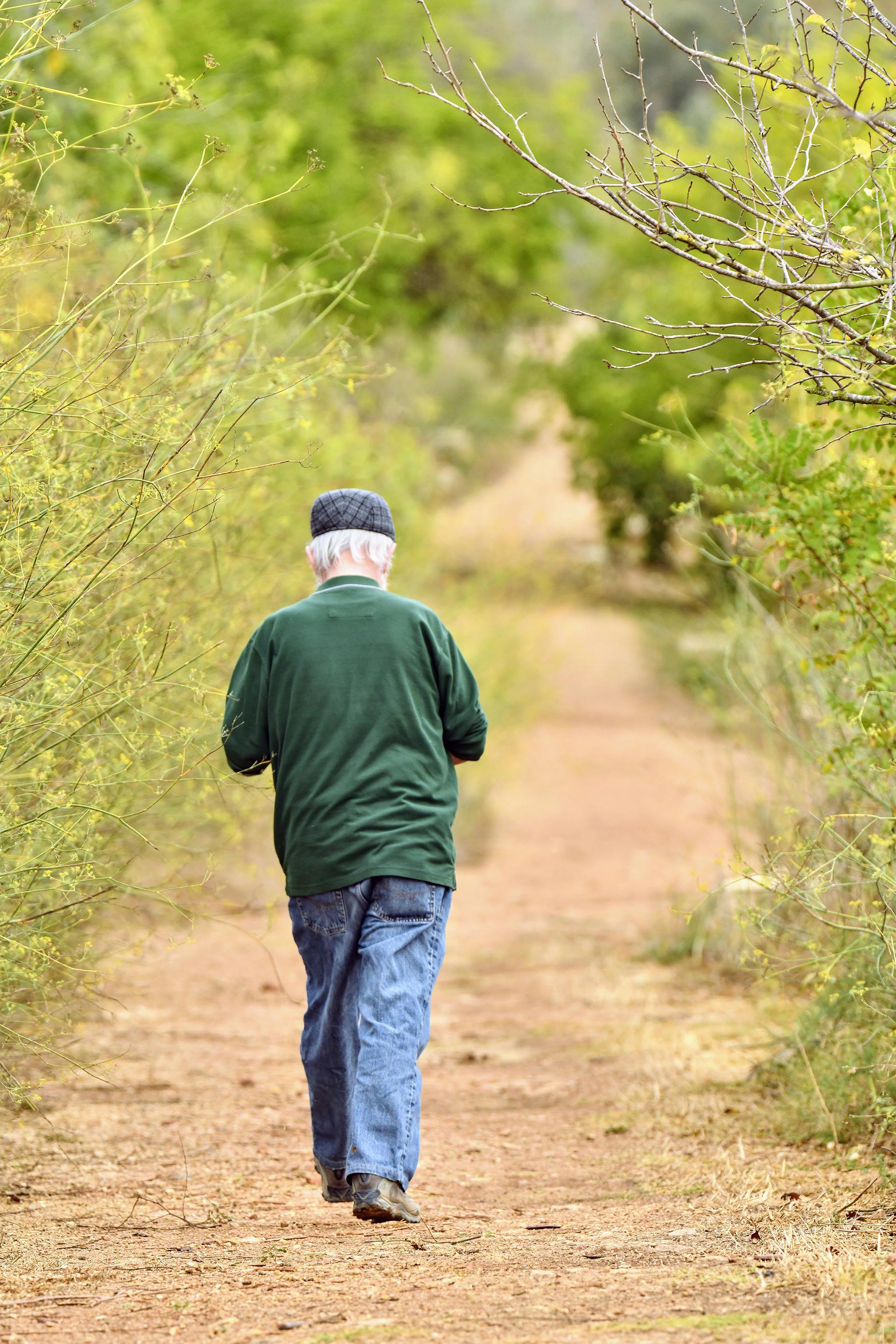
20.11.2024
Exercise for fall prevention


20.11.2024
How do artificial sweeteners affect health?


20.11.2024
How are physical and mental health connected?


20.11.2024
How to manage stress?


20.11.2024
How does smoking affect health?

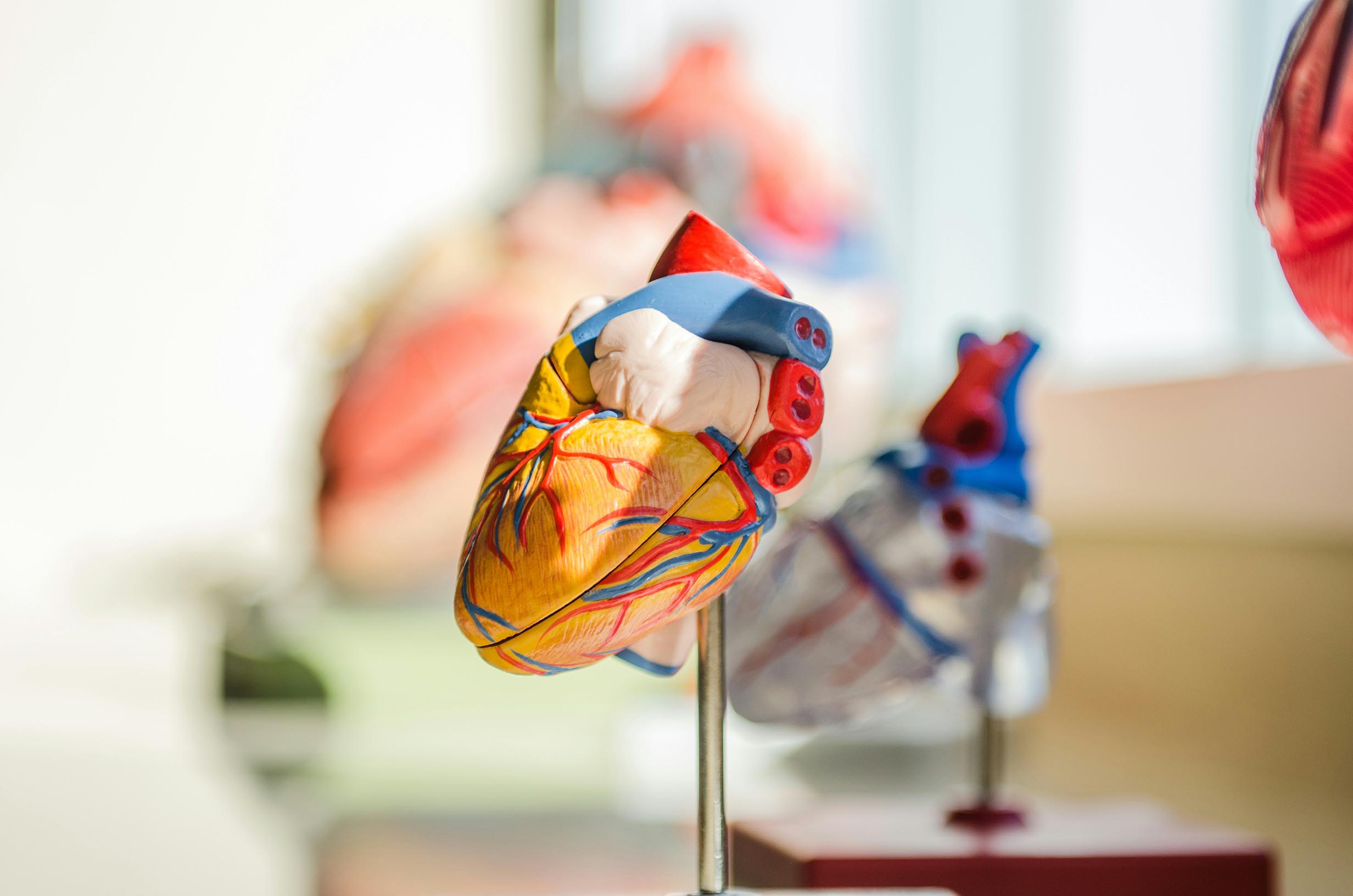
15.11.2024
Diet for a healthier heart

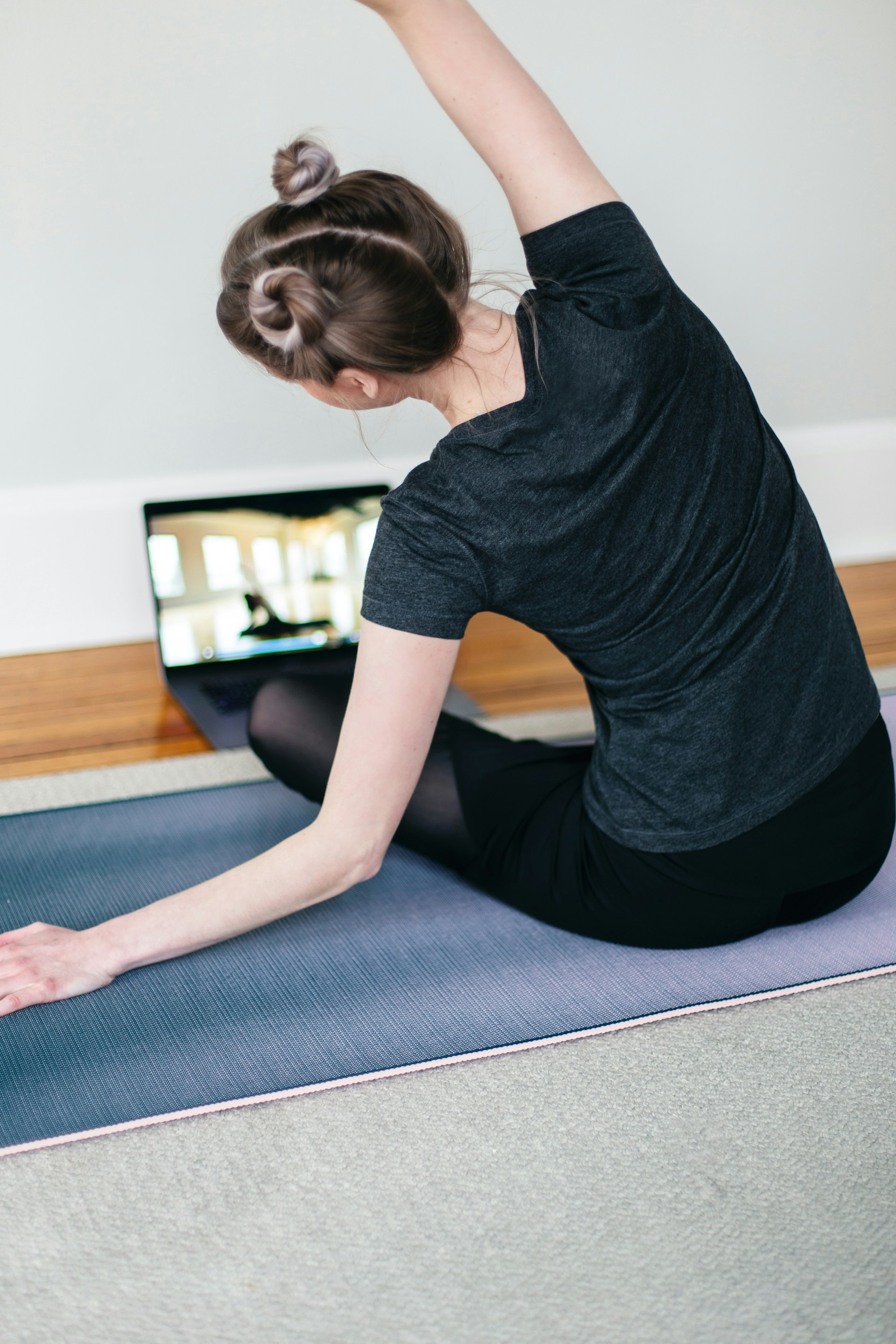
06.11.2024
How to recover from a broken hip?


06.11.2024
What to eat after breaking bones?


31.10.2024
What is a calorie deficit?


31.10.2024
Carbohydrates and weight loss

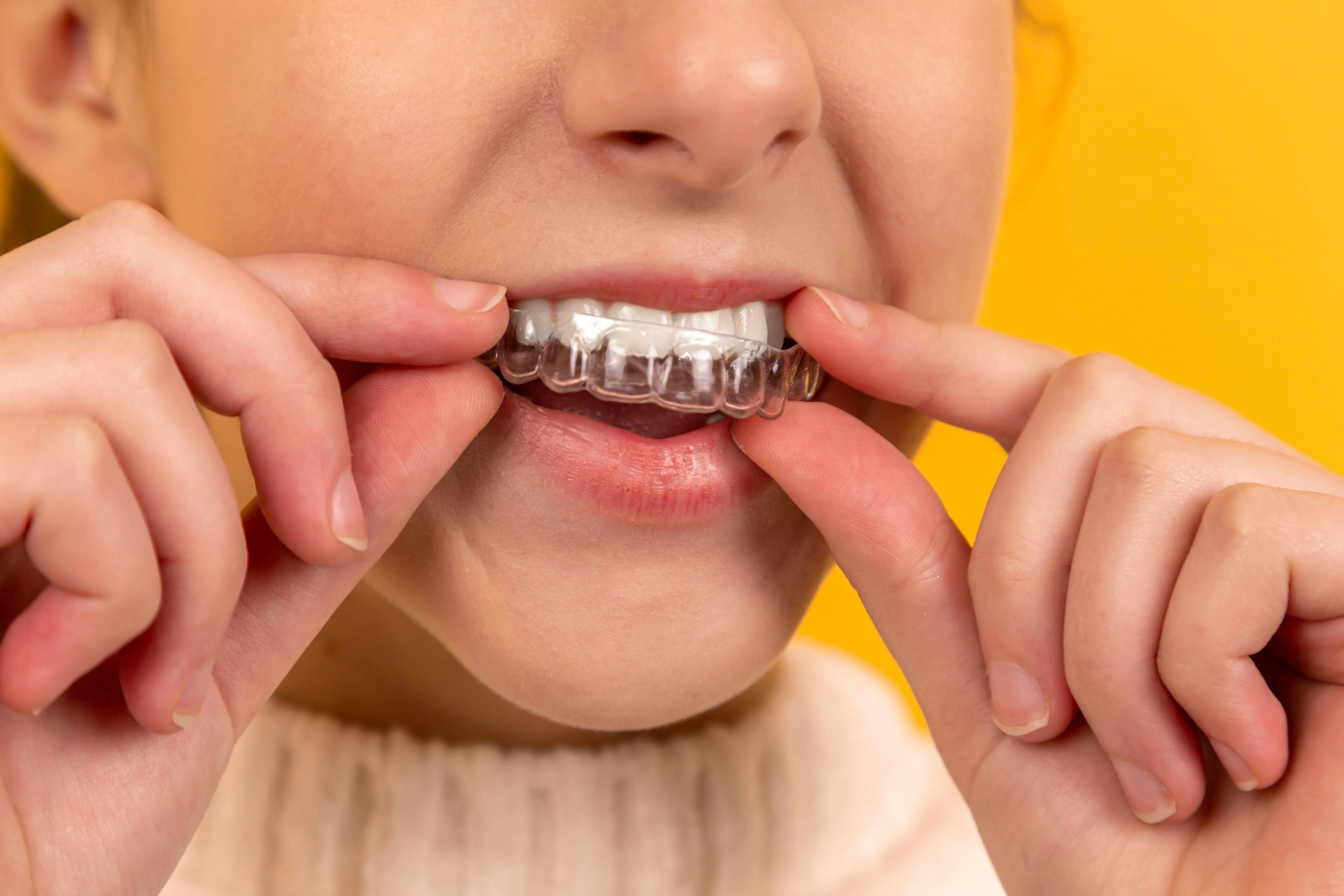
31.10.2024
Jaw clenching and teeth grinding at night, bruxism


31.10.2024
What do babies hear in the womb?

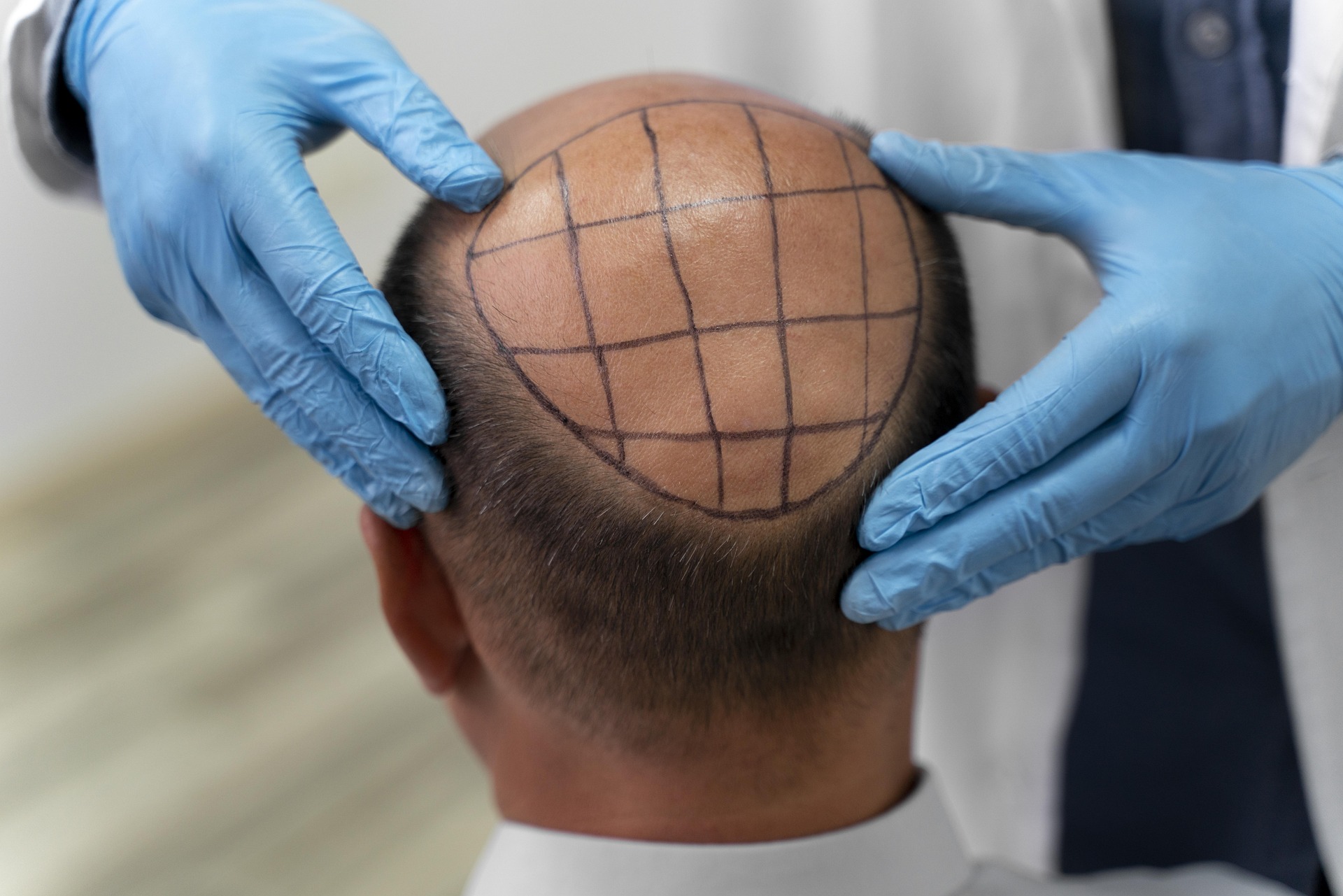
31.10.2024
Hair transplantation

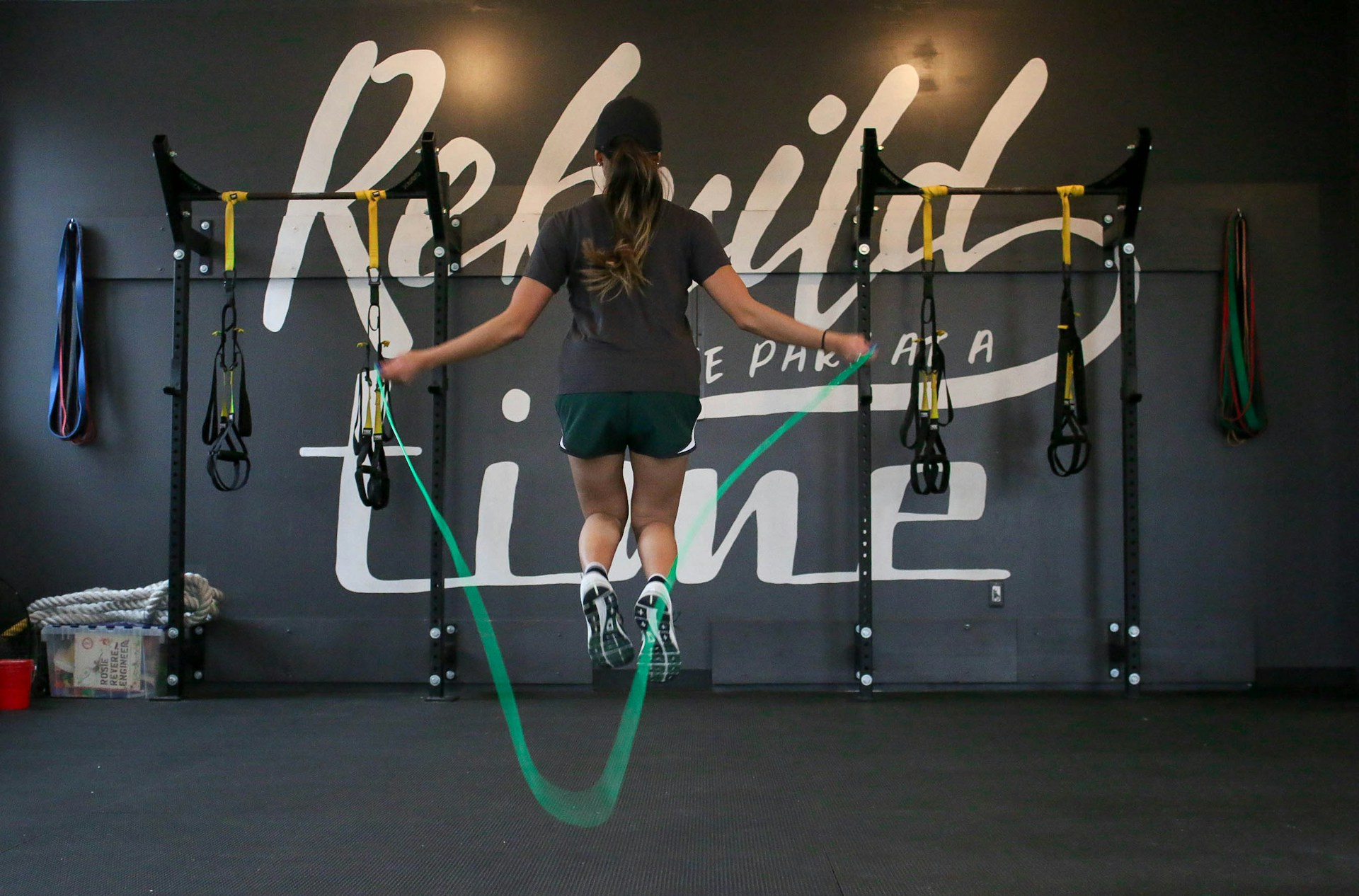
27.10.2024
How does skipping rope affect the body?


27.10.2024
How does protein function in diet?


27.10.2024
How do thermal waters affect the skin?

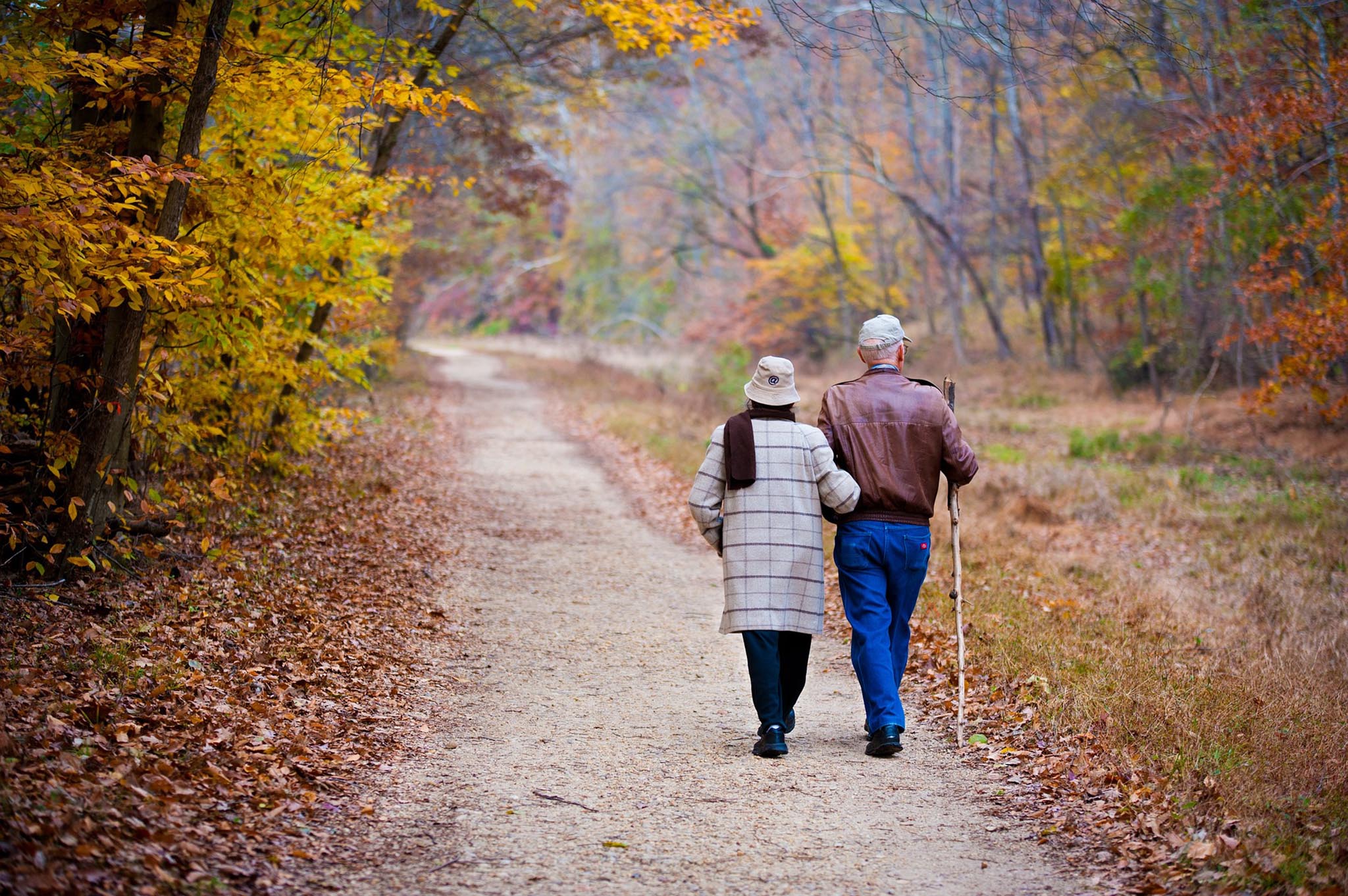
21.10.2024
Mental health in older adults

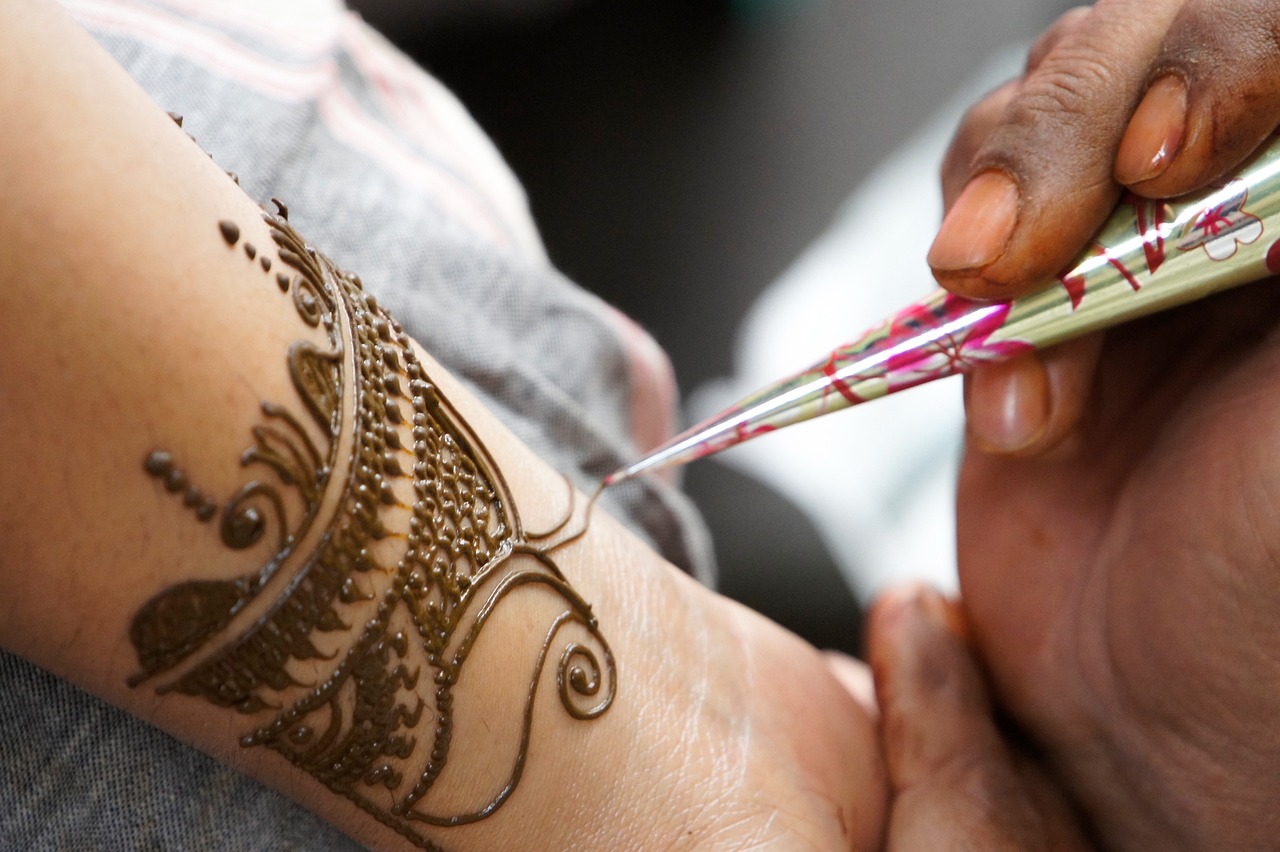
15.10.2024
Allergic reactions to henna


15.10.2024
How does exercise lead to weight loss?

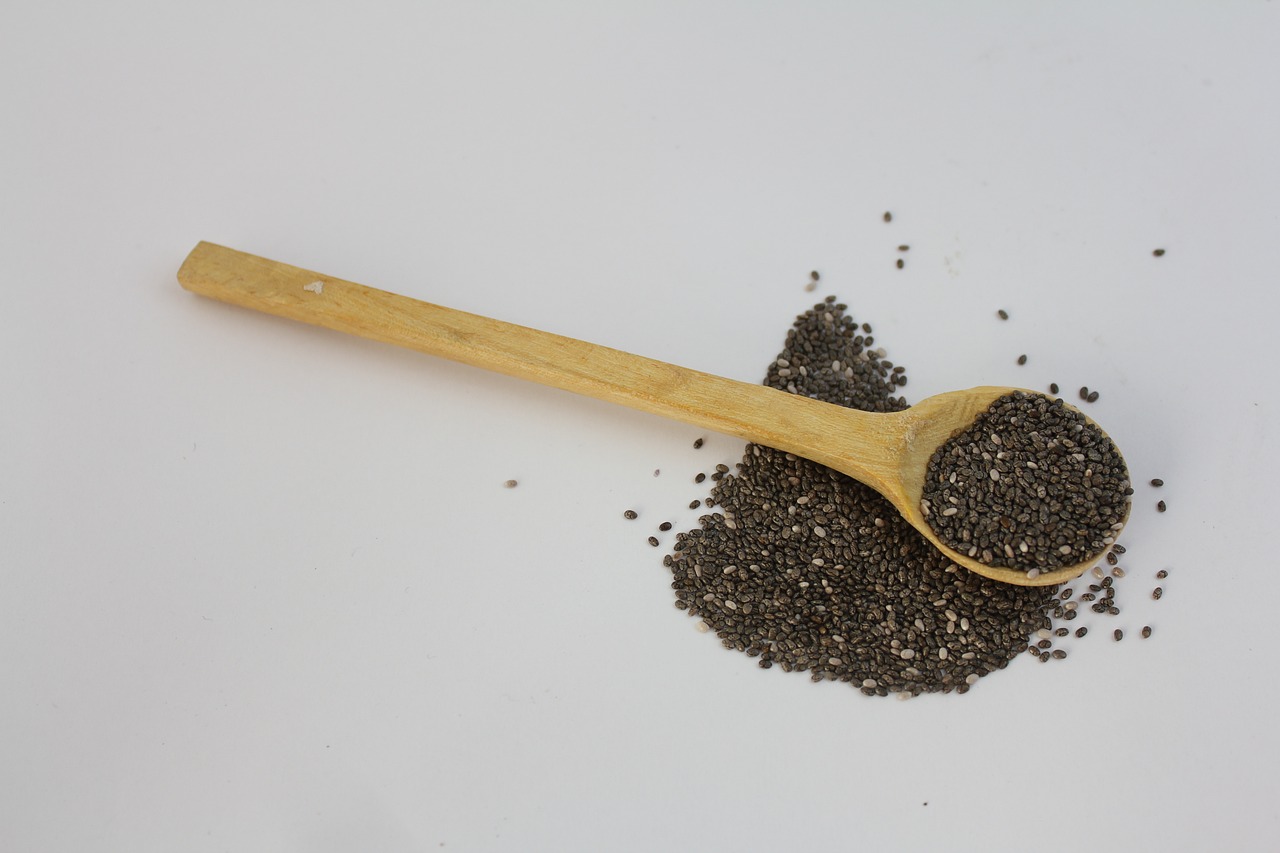
14.10.2024
The health benefits of chia seeds


10.10.2024
The use of artificial intelligence in diagnostics

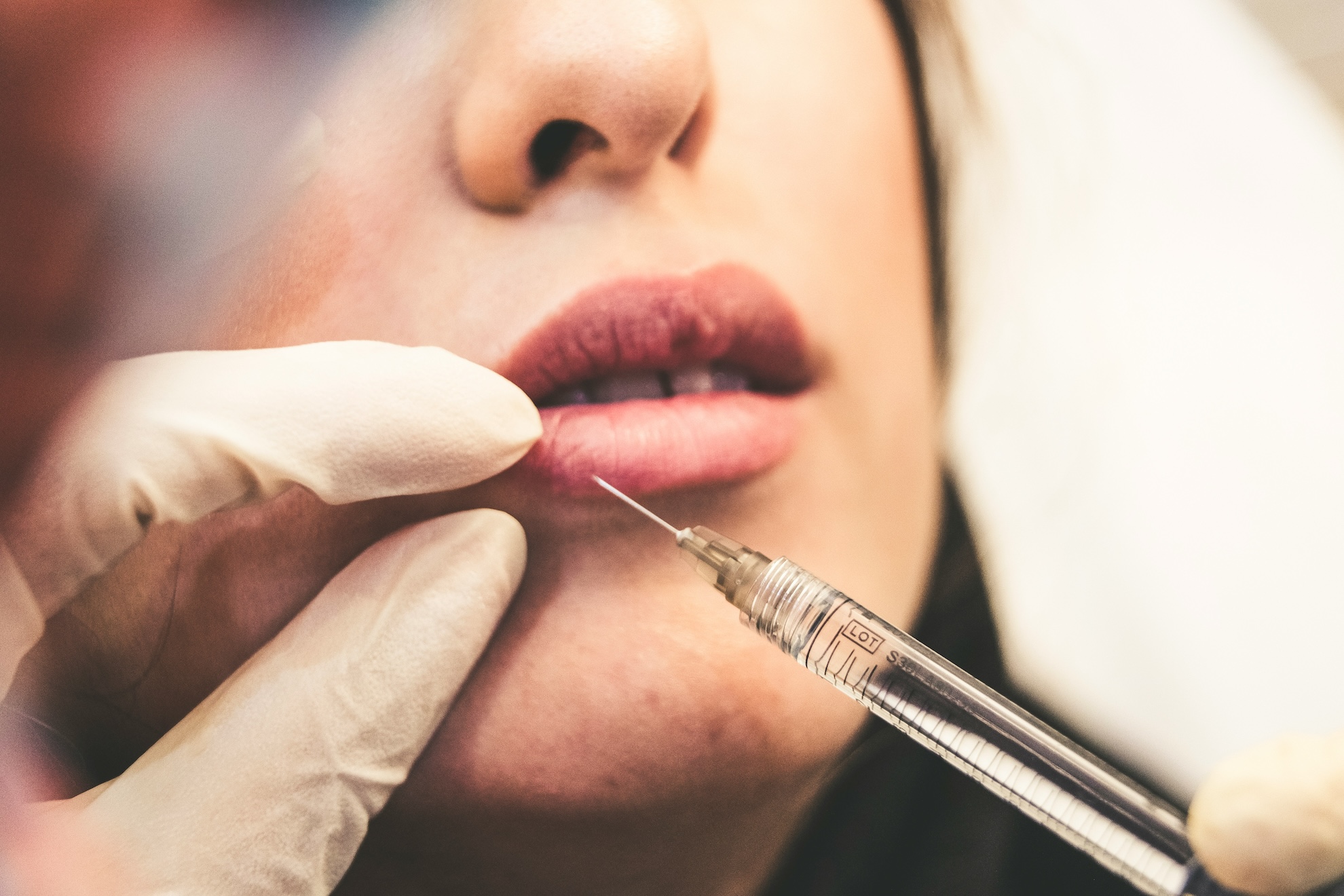
10.10.2024
Hyaluronic fillers


10.10.2024
World Mental Health Day – October 10.

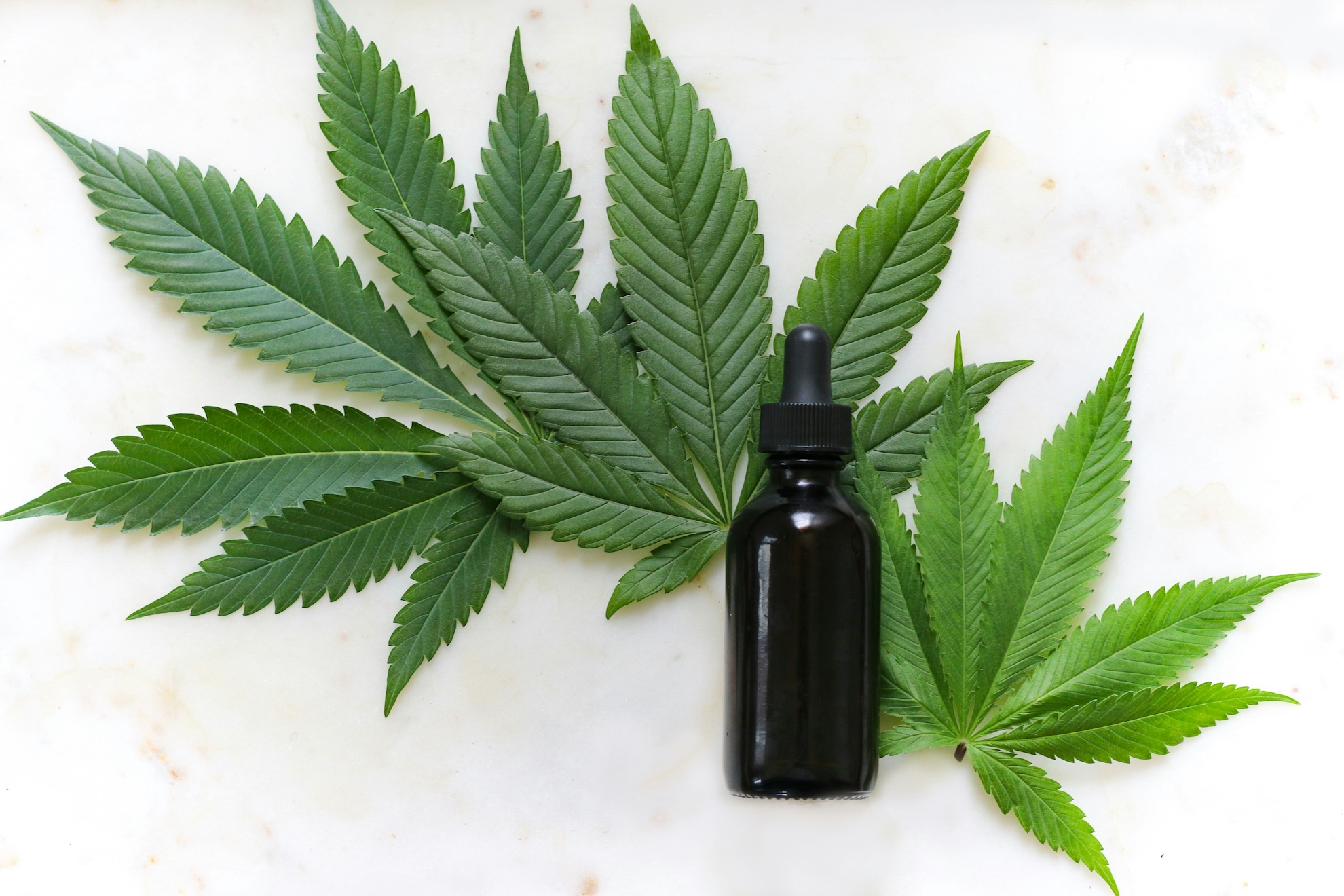
09.10.2024
How can cannabis help with chronic pain?

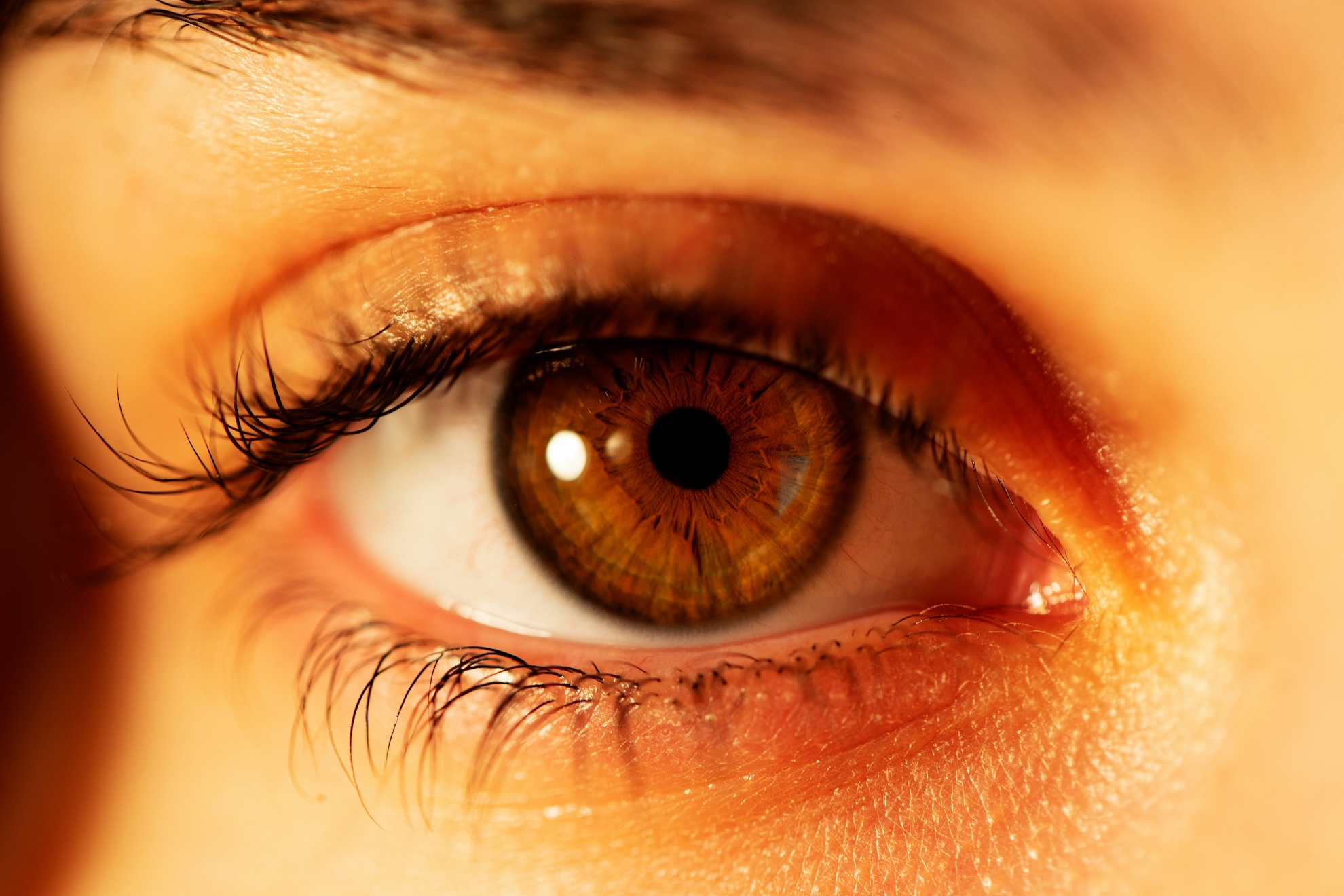
08.10.2024
Lash&brow lift: How safe is the treatment?


08.10.2024
How does meditation affect health?


07.10.2024
How often should you work out?

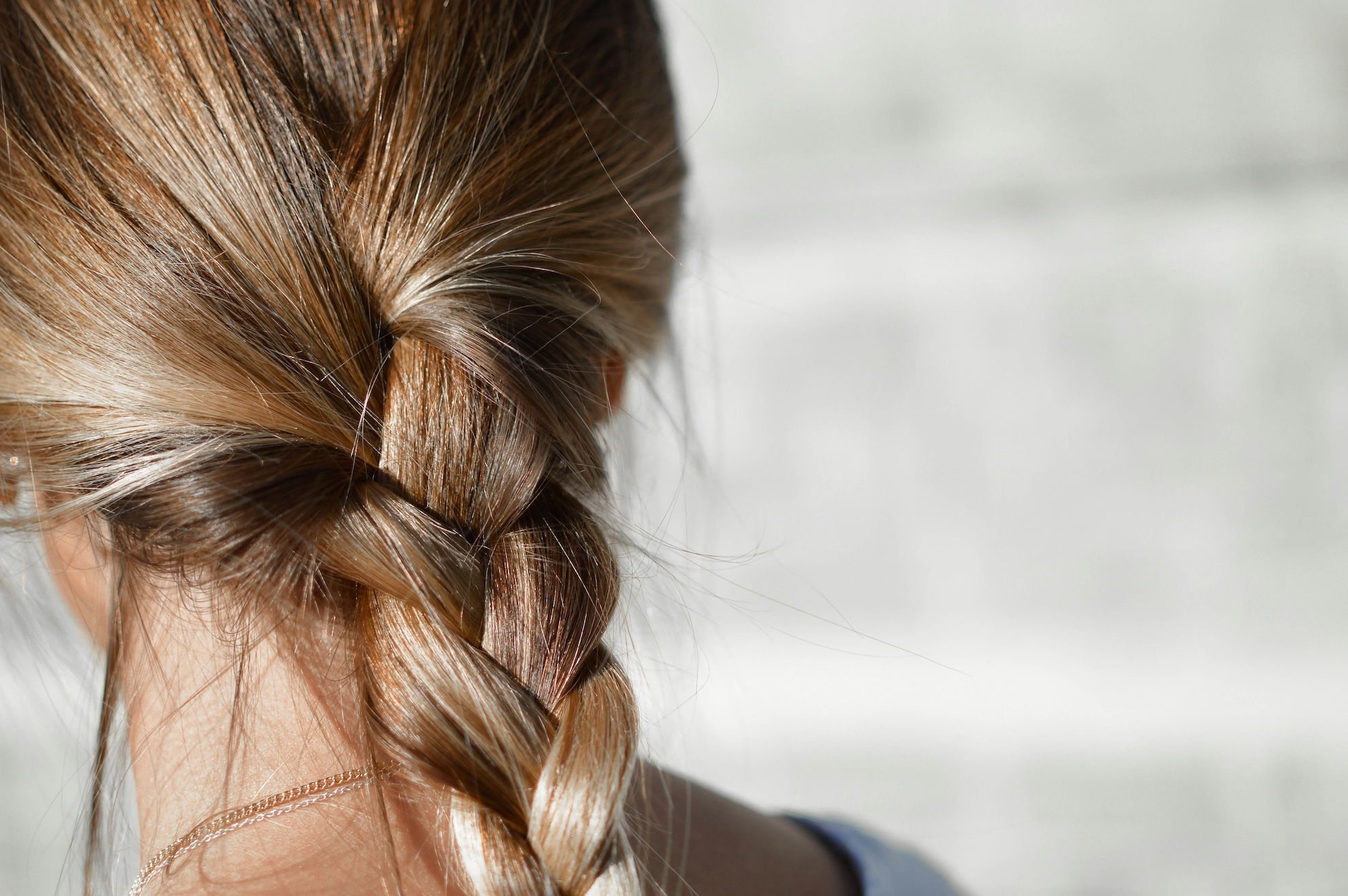
04.10.2024
What is PRP hair treatment?

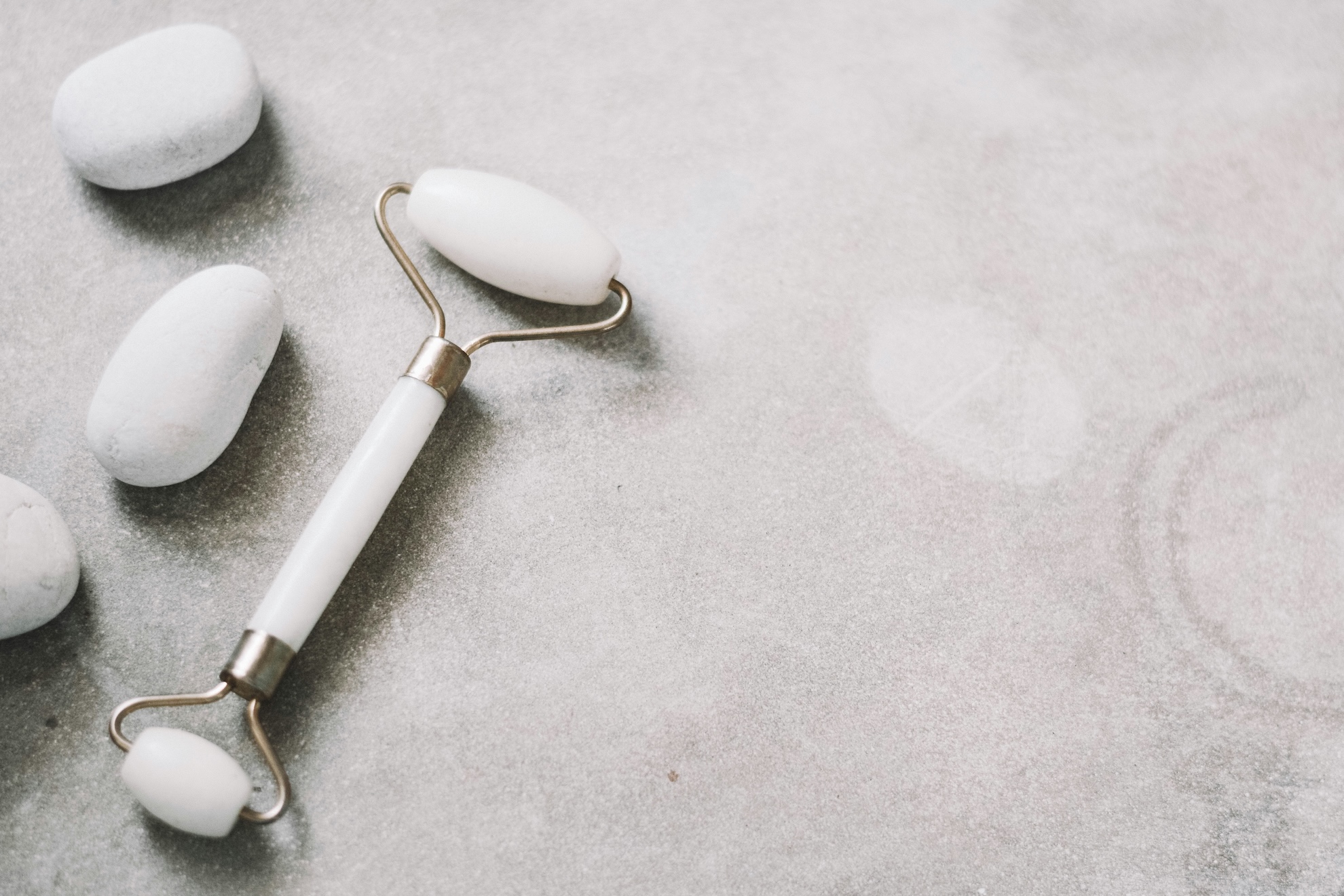
03.10.2024
Skin care in winter


02.10.2024
5 interesting facts about pregnancy


02.10.2024
How do thermal waters affect health?

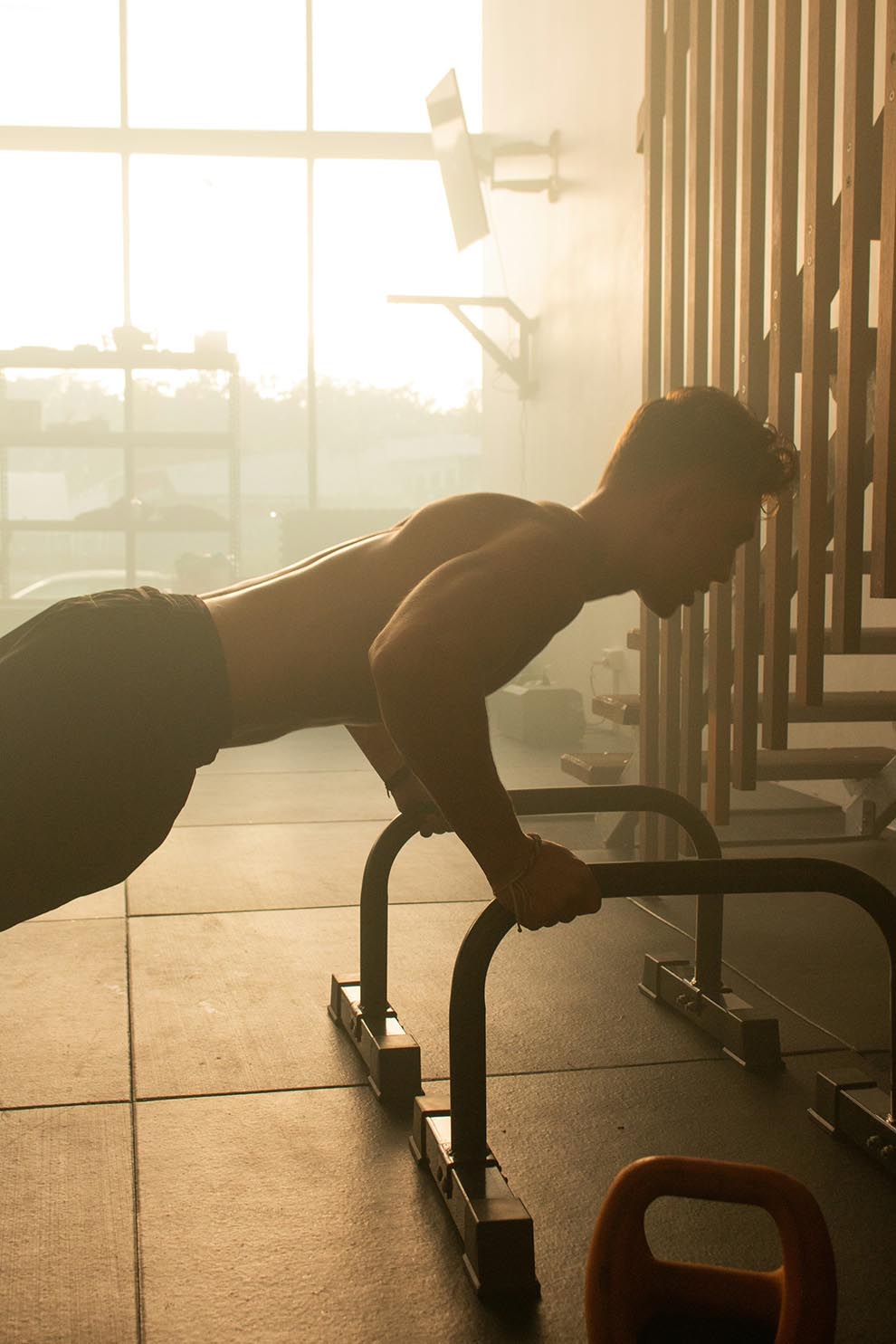
01.10.2024
Should you work out in the morning or evening?


30.09.2024
Seasonal depression


27.09.2024
Narcissism

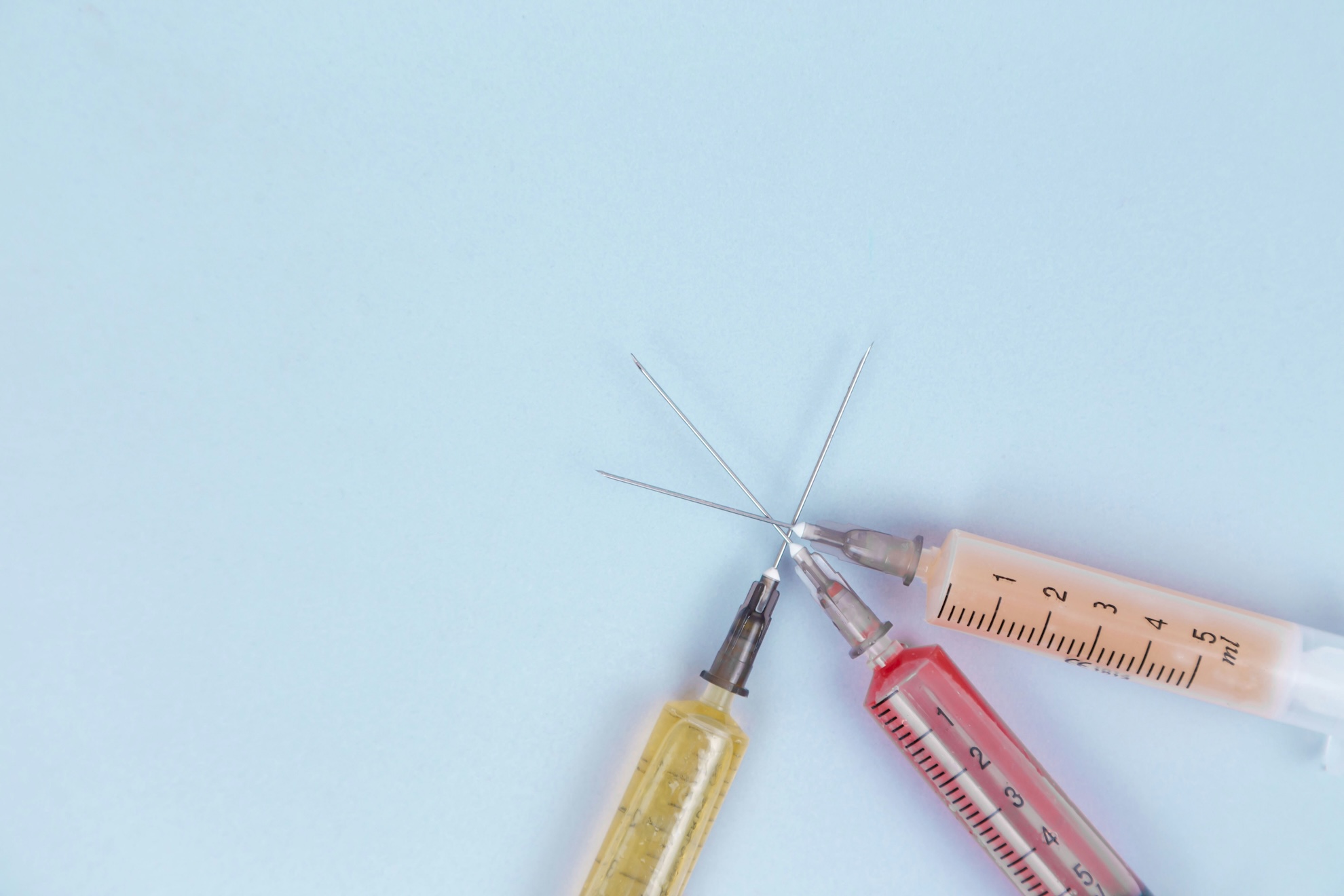
26.09.2024
Biorevitalization of the Face - Skinboosters

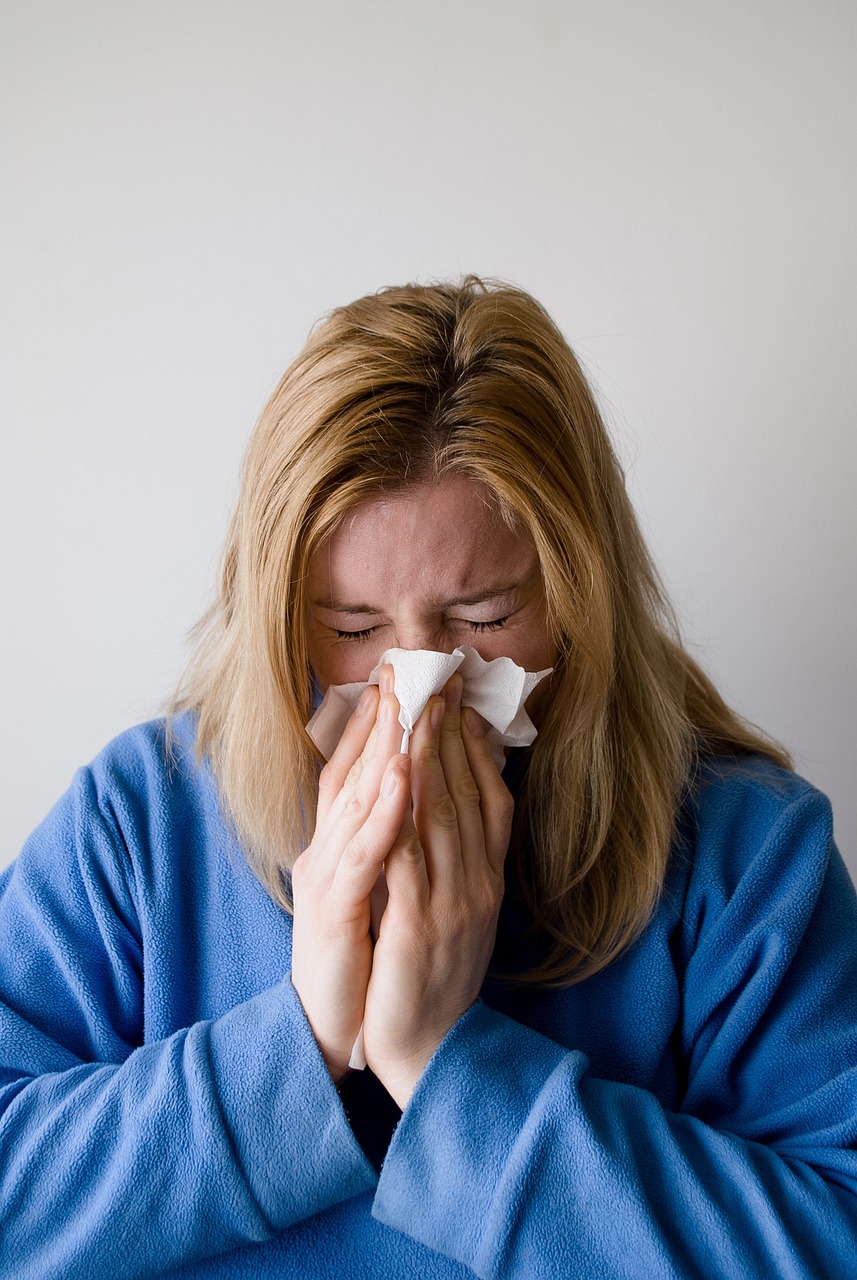
26.09.2024
Exercising while sick?

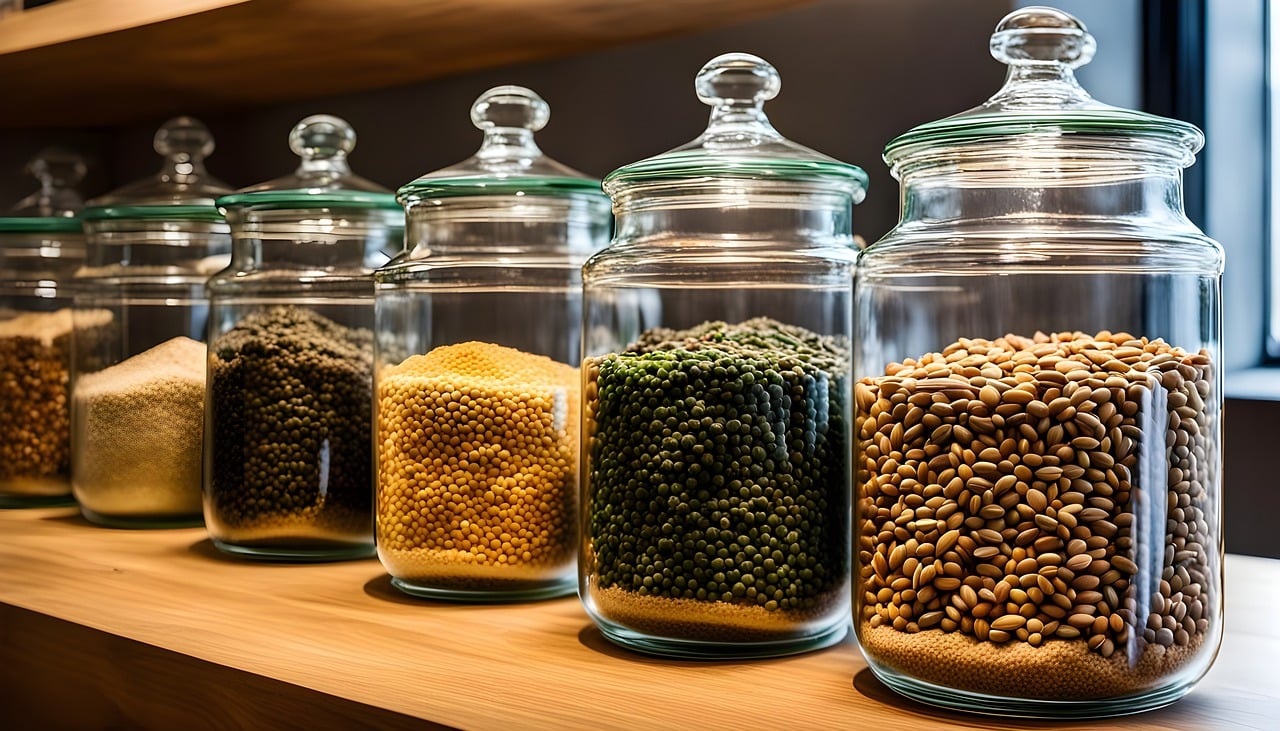
25.09.2024
Magnesium supplementation

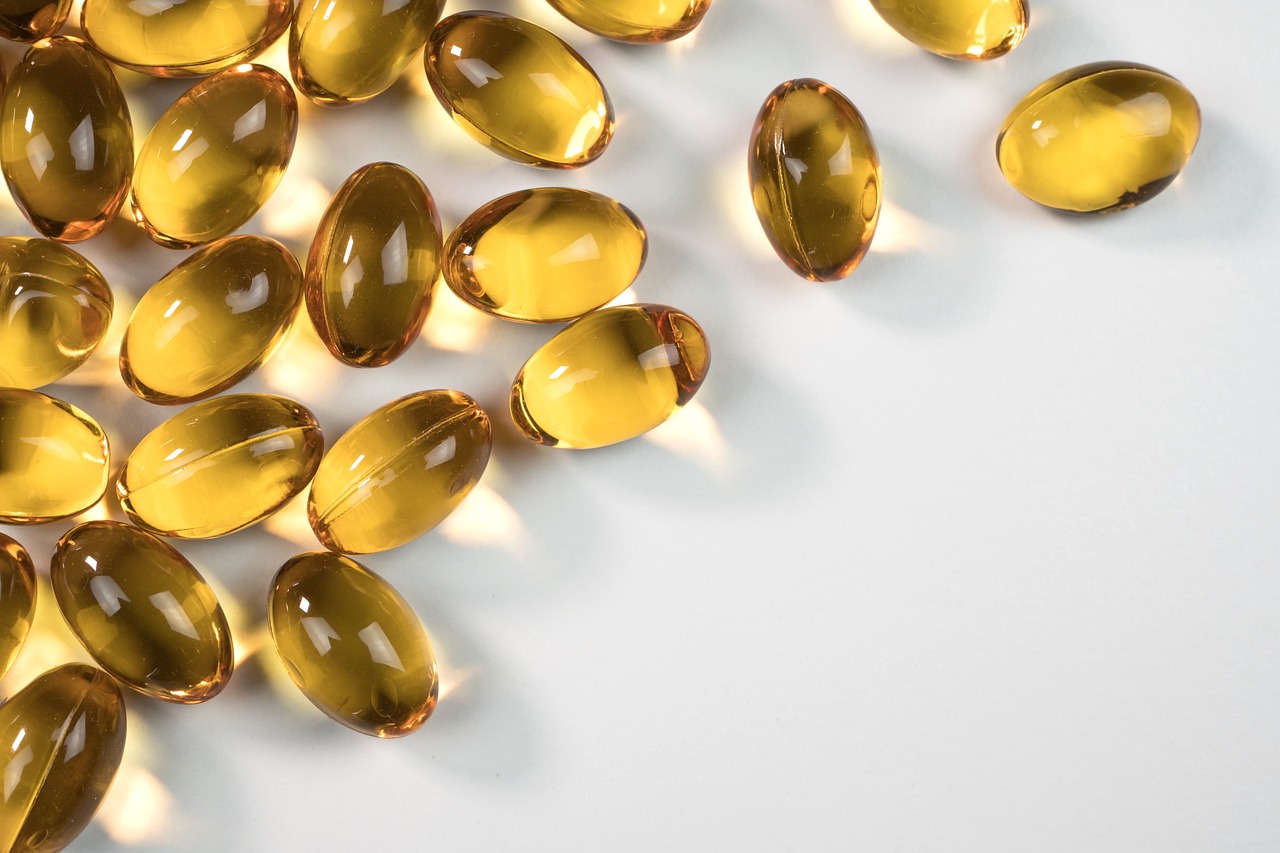
24.09.2024
Zinc as a supplement


20.09.2024
HydraFacial Treatment for the Face

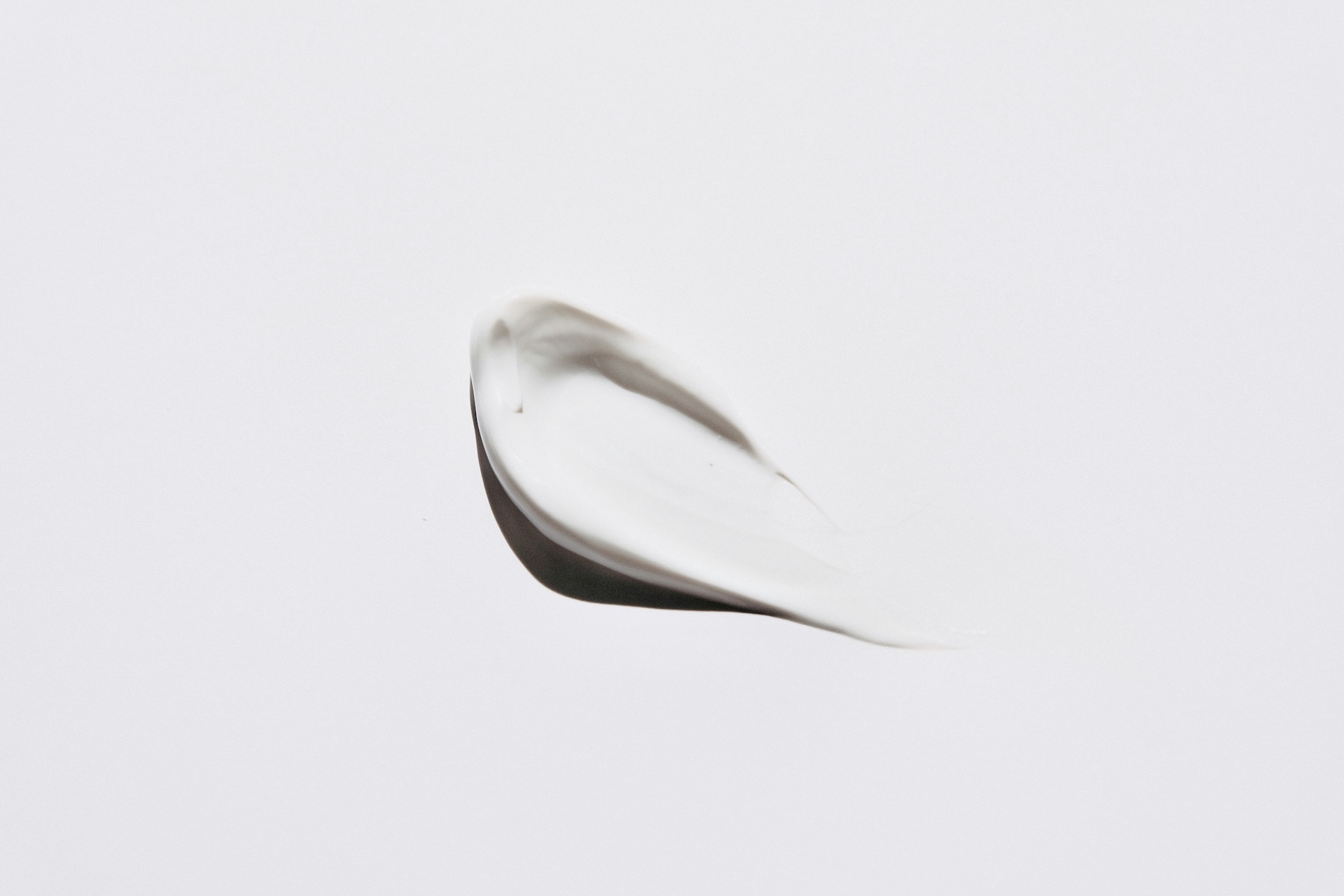
20.09.2024
Face taping


20.09.2024
Swimming during pregnancy


20.09.2024
Practicing Yoga During Pregnancy


06.09.2024
Is coffee actually healthy?

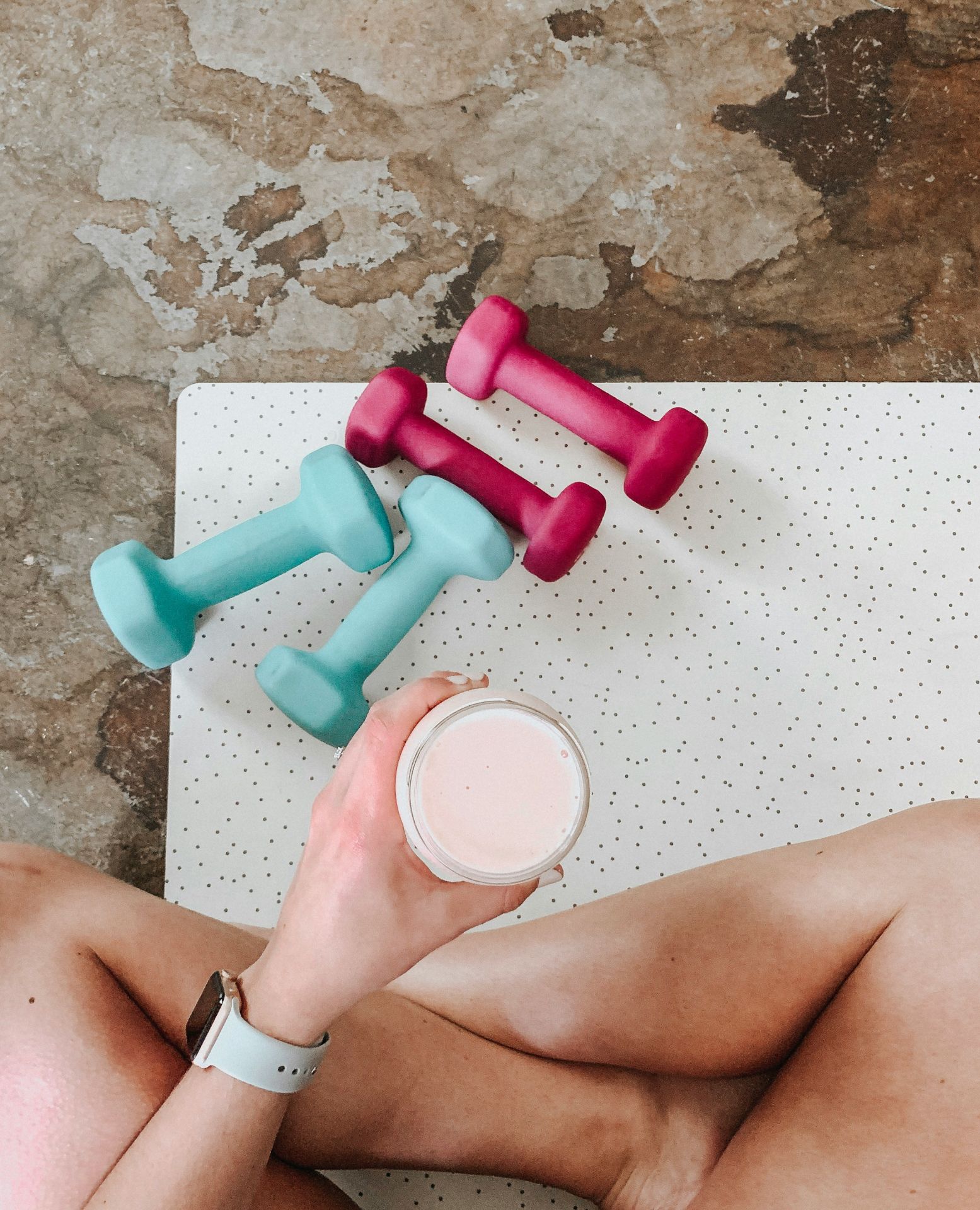
04.09.2024
What to eat before and after a workout?

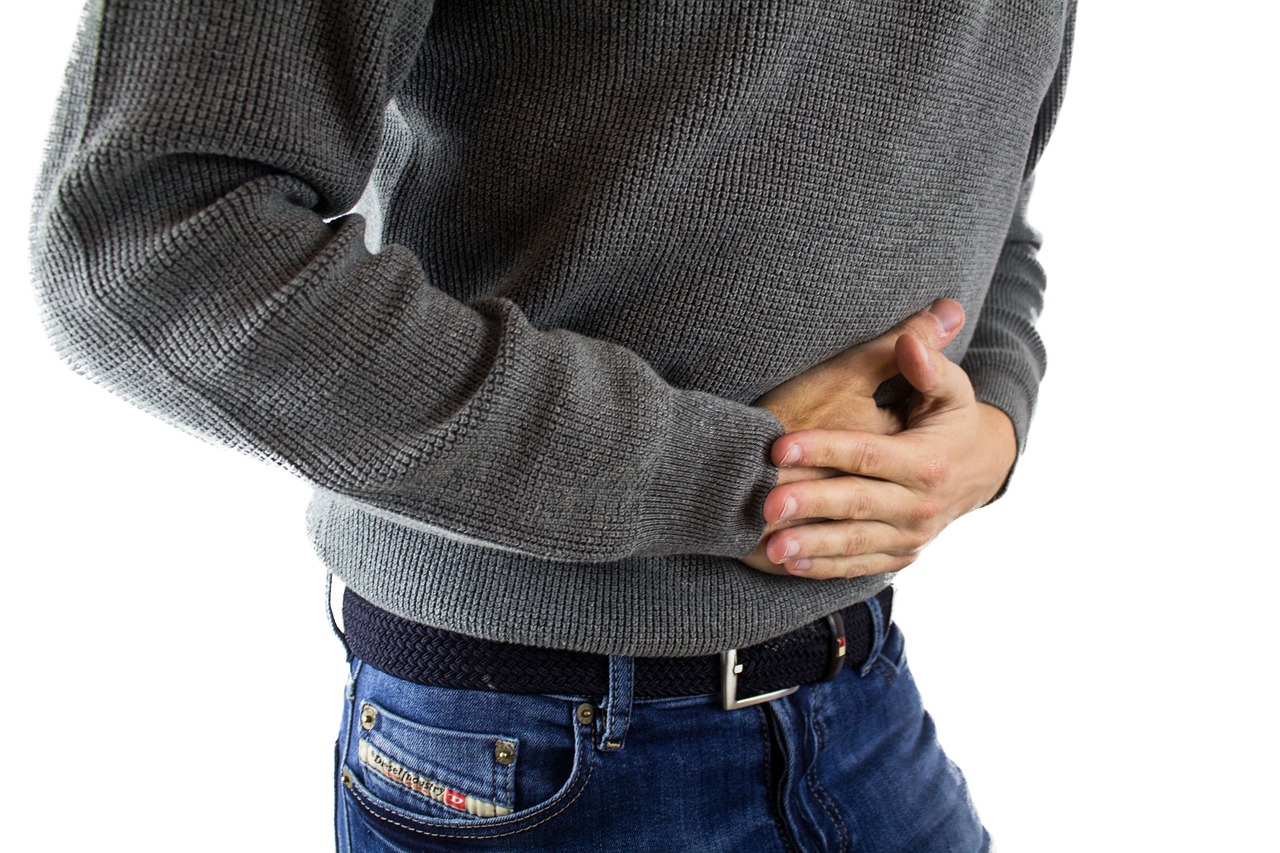
04.09.2024
How exercise affects metabolism?


02.09.2024
Suicide


02.09.2024
What are personality disorders?


30.08.2024
How alcohol affects health


28.08.2024
How healthy are eggs?


27.08.2024
Depression

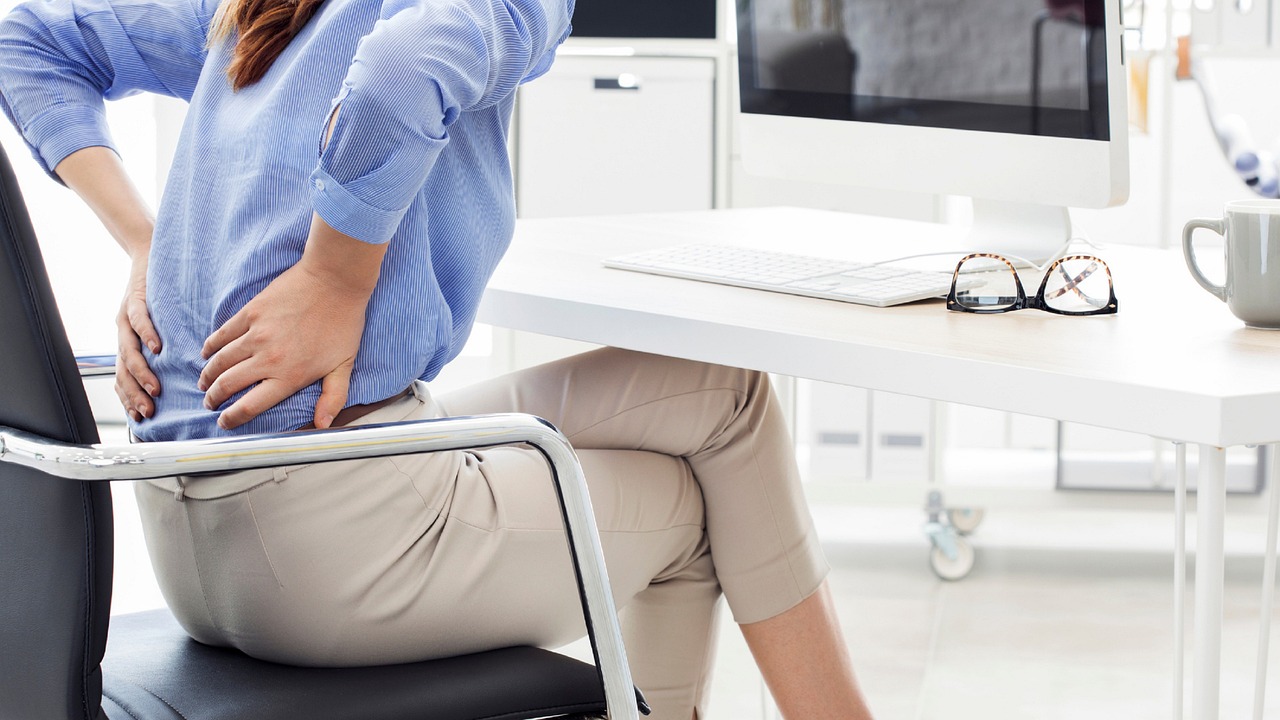
27.08.2024
Depression and chronic pain

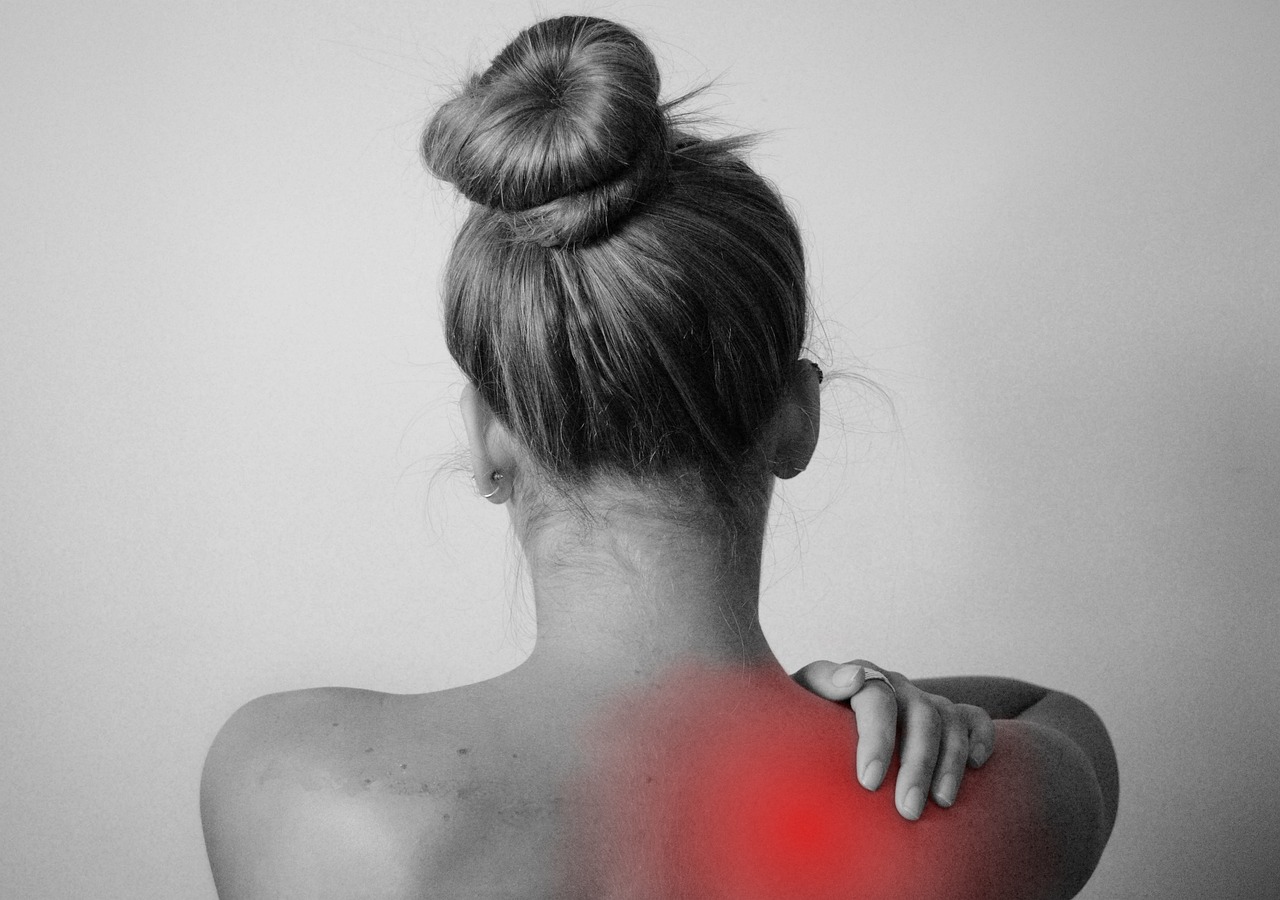
27.08.2024
What is chronic pain?

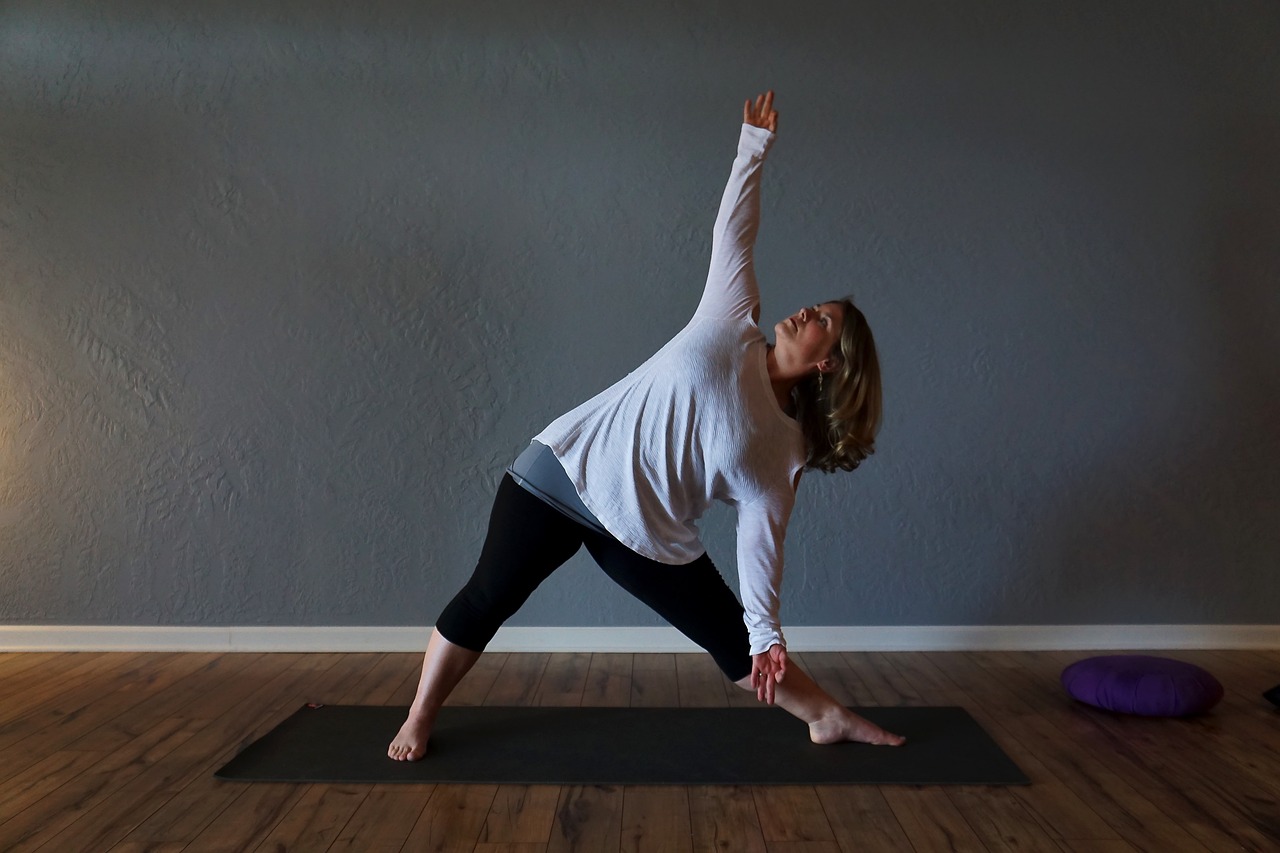
19.08.2024
Why should you stretch?

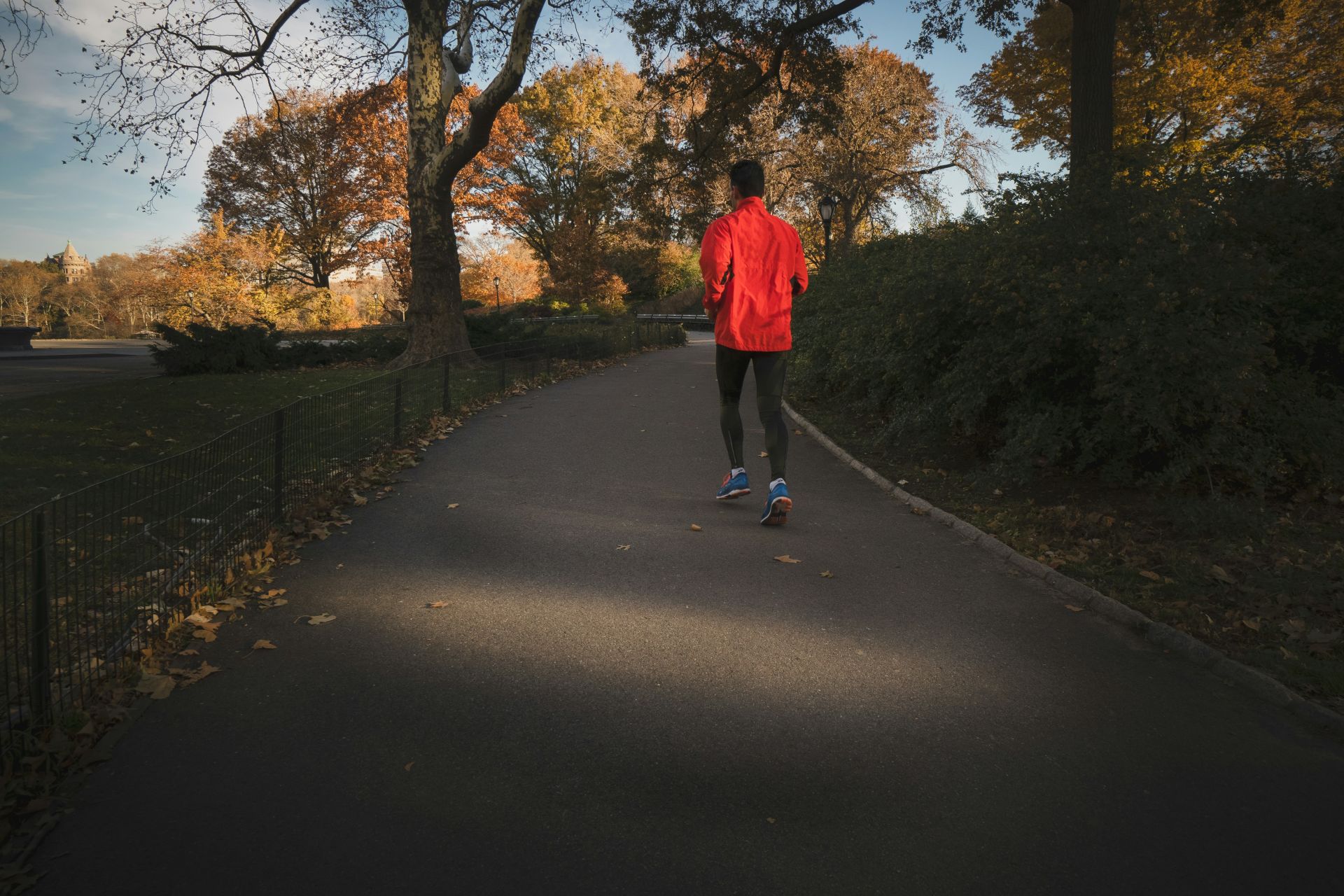
12.08.2024
Running: tips for beginners


12.08.2024
Health benefits of swimming


12.08.2024
Genetics and addiction


09.08.2024
10 interesting facts about babies that you may not have known

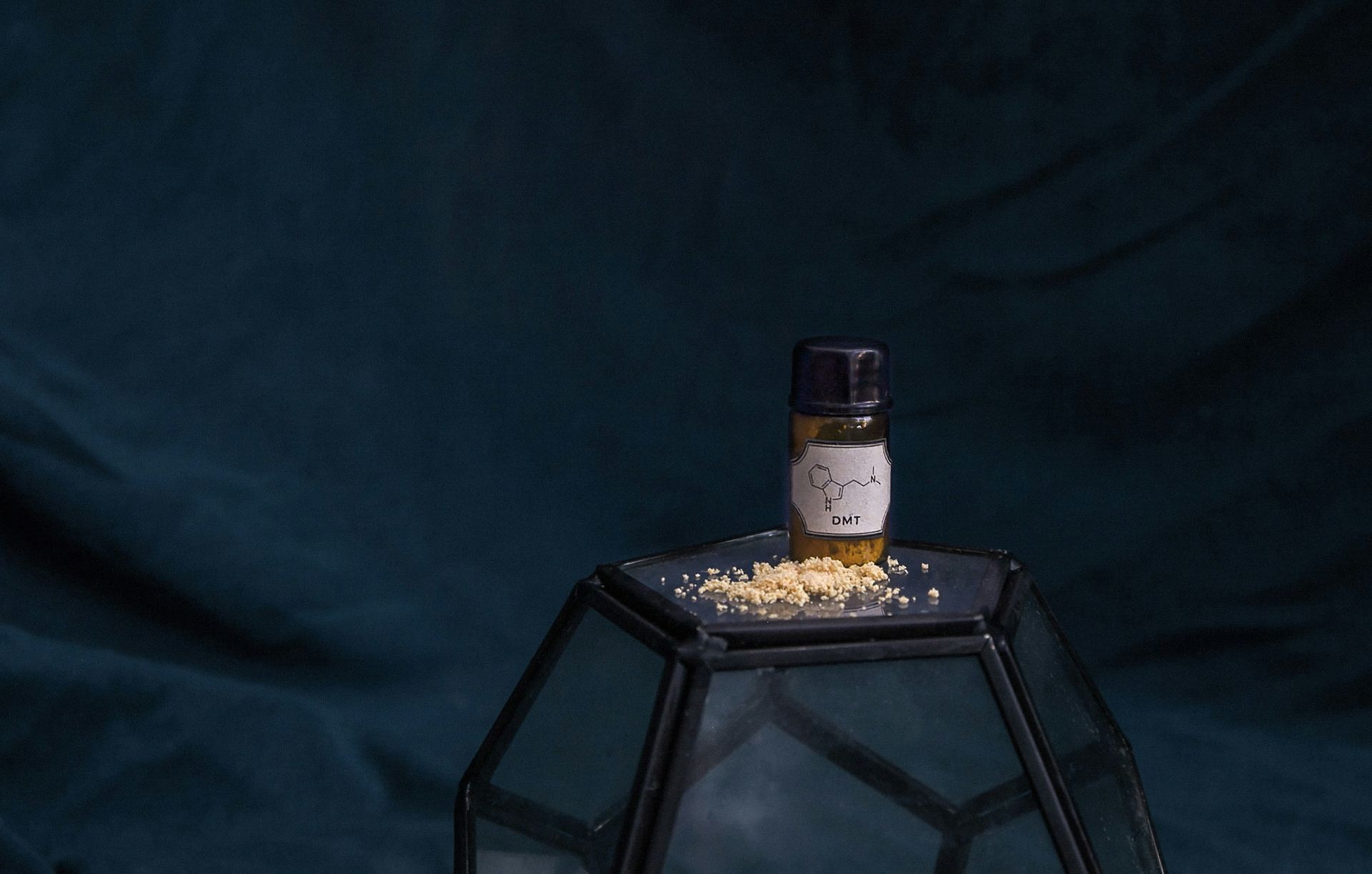
05.08.2024
The misuse of psychoactive substances

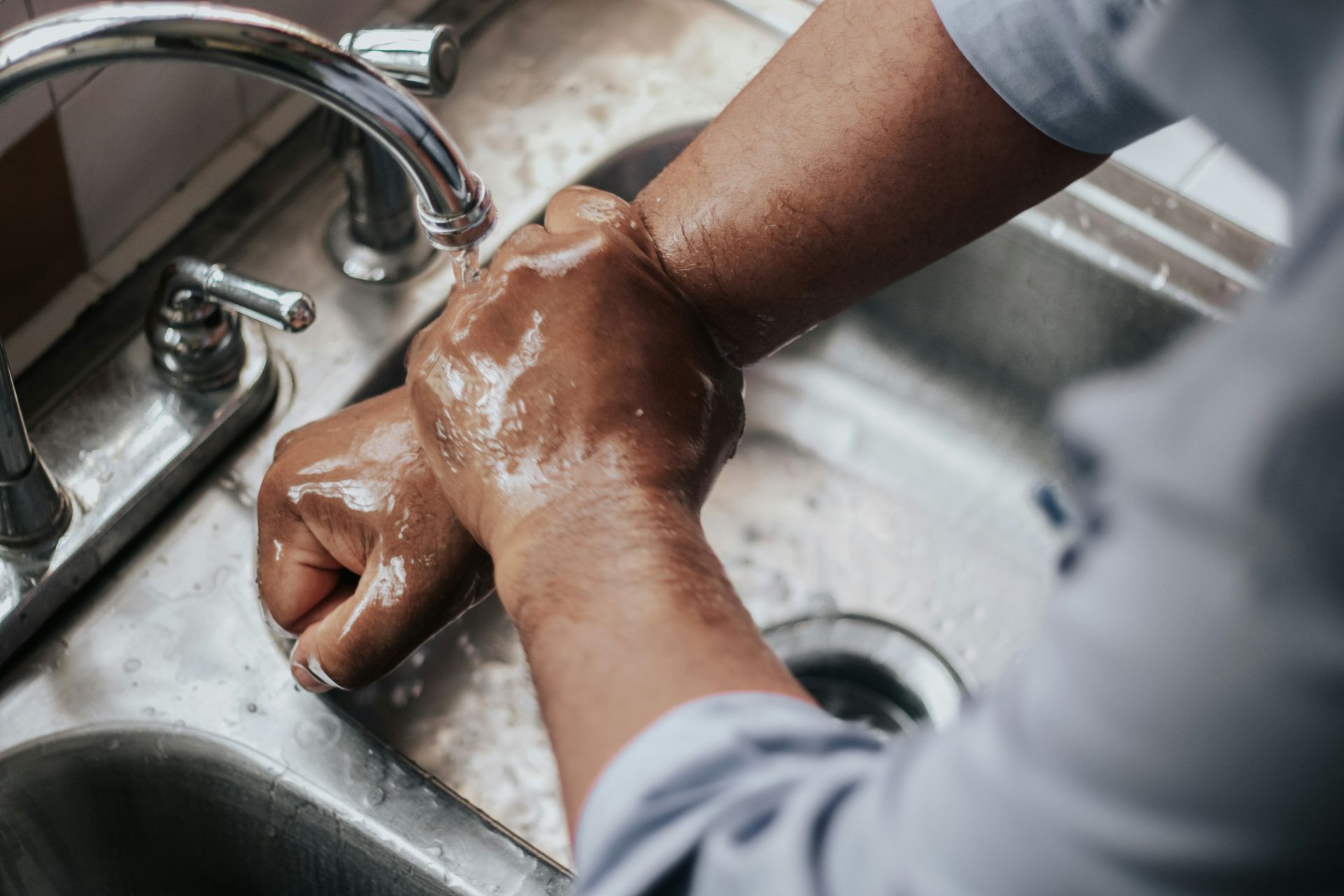
01.08.2024
Obsessive compulsive disorder (OCD)


26.07.2024
Measles: What are the symptoms and when is it time to see a doctor?

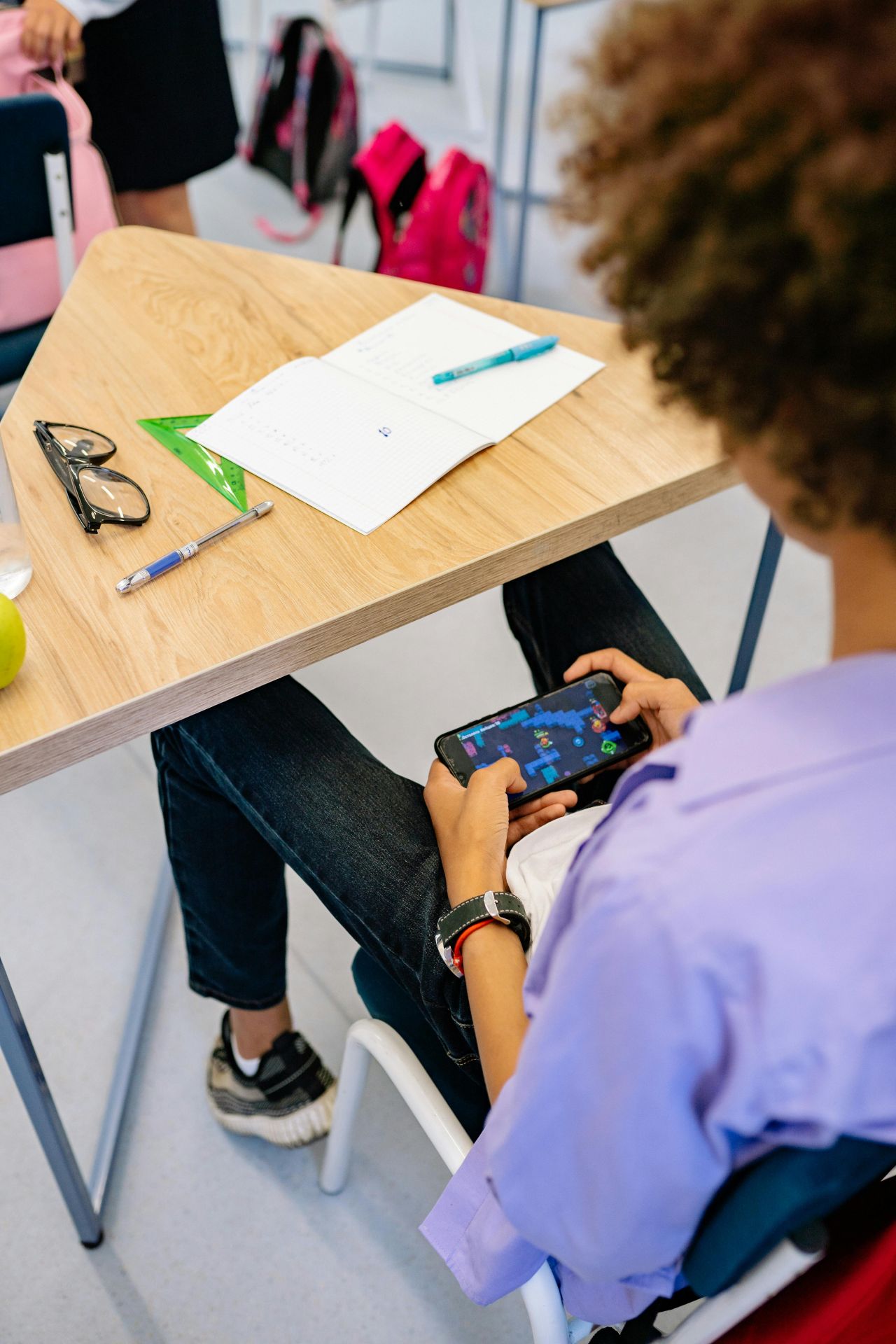
24.07.2024
ADHD


24.07.2024
Anxiety disorders

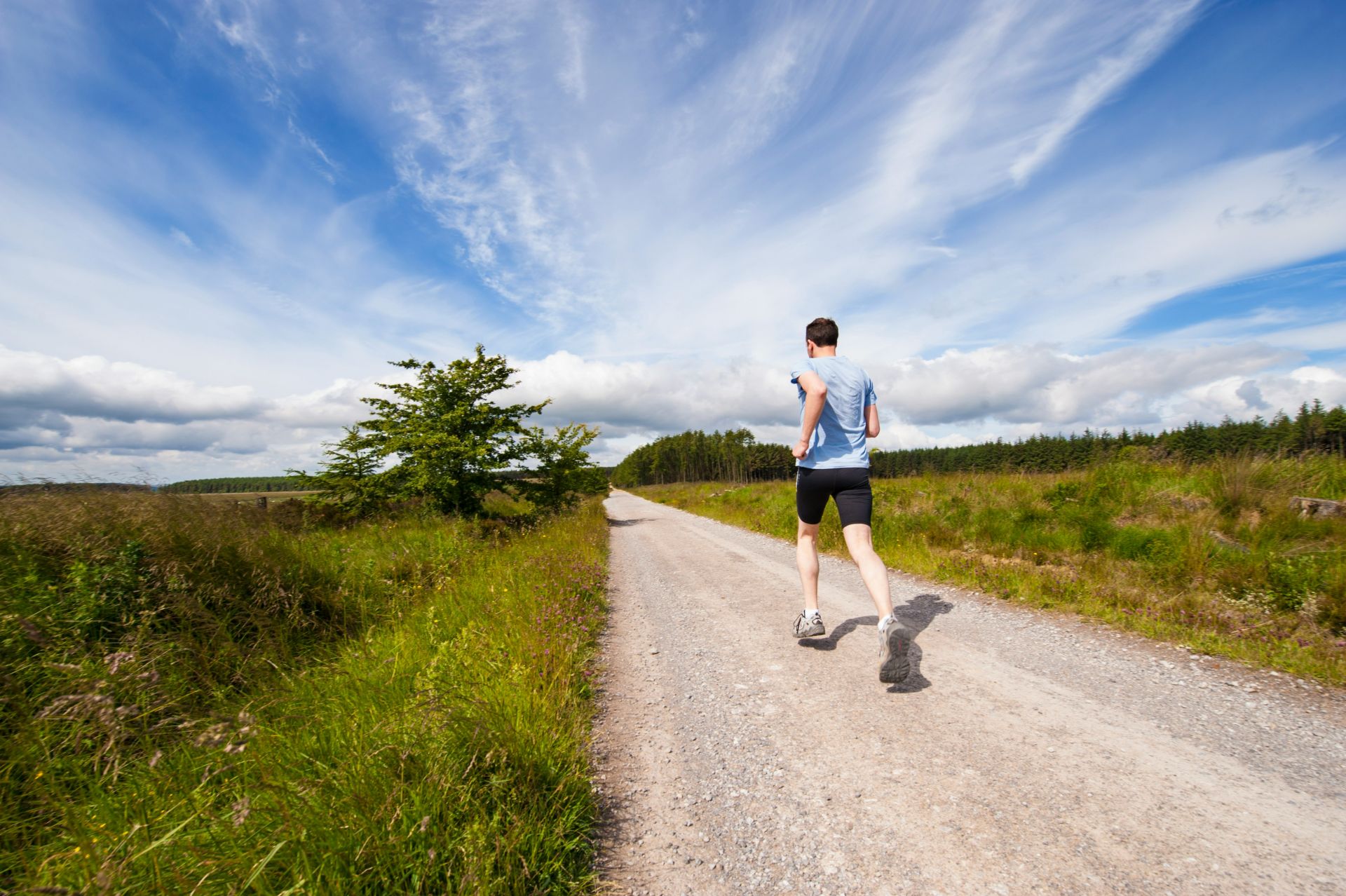
24.07.2024
The influence of physical activity on depression

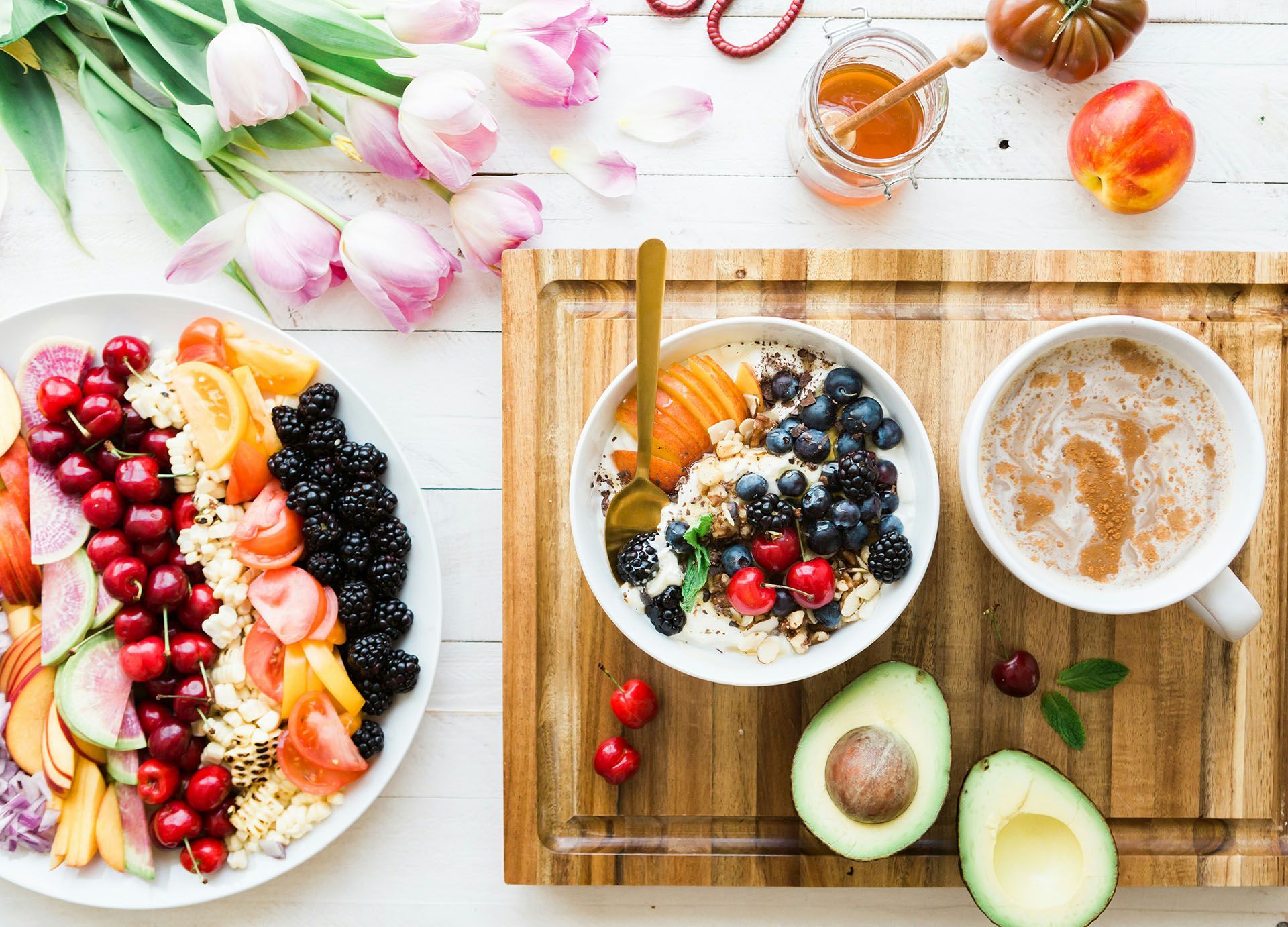
24.07.2024
Nutrition after a heart attack and stent placement

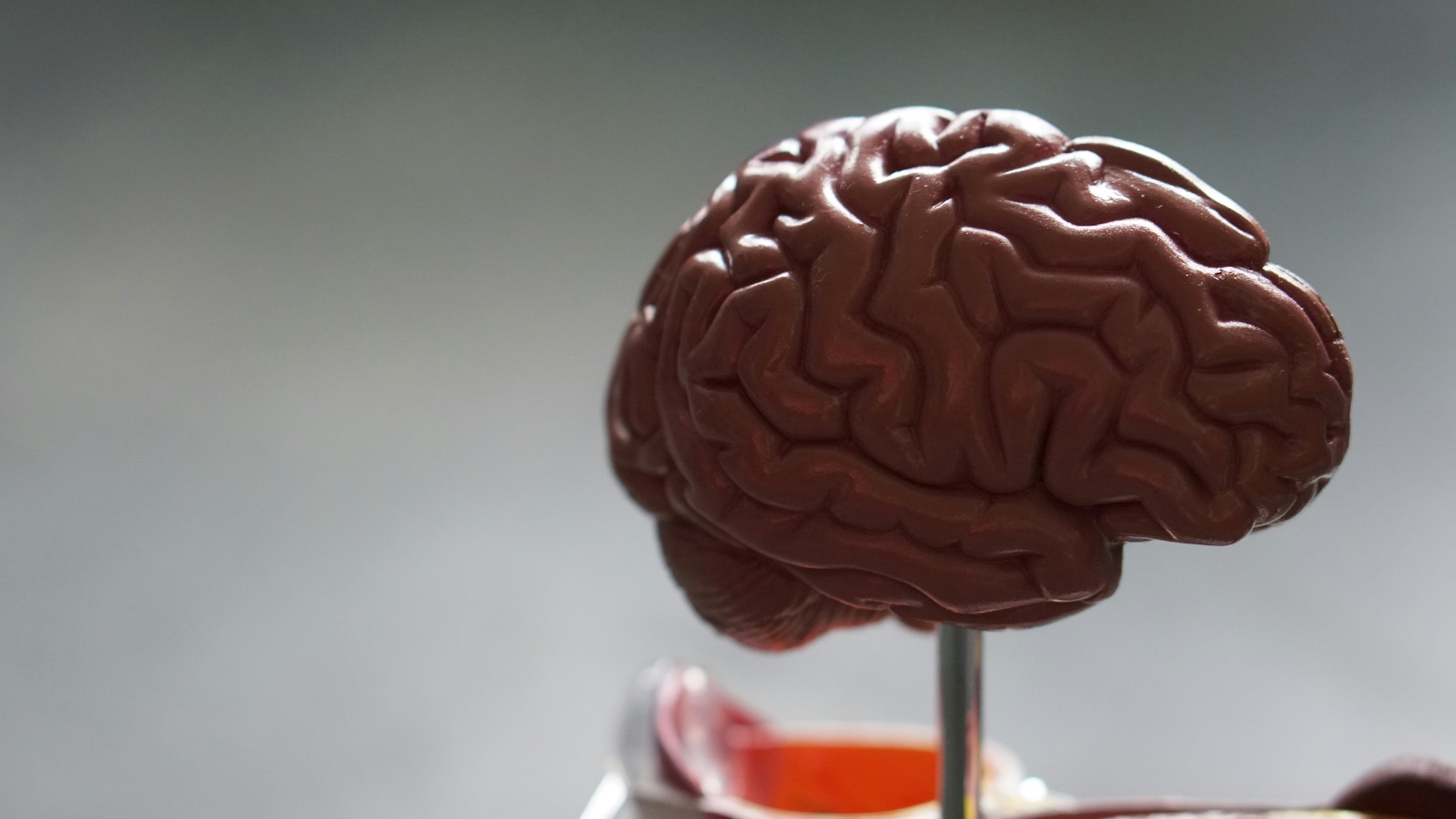
24.07.2024
CBT and the neurobiology of anxiety

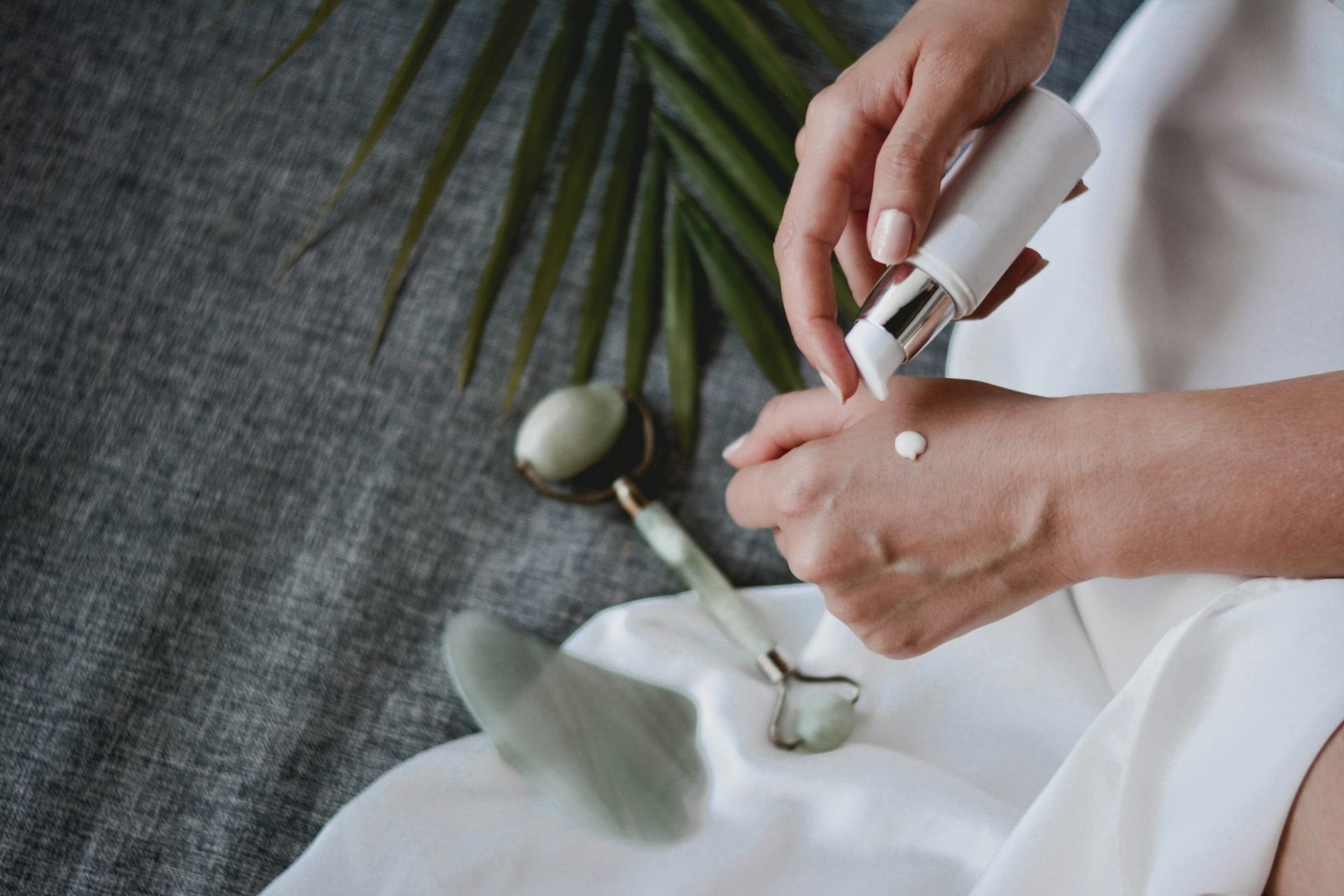
24.07.2024
5 Key Things You Need to Know About Skincare and Body Care

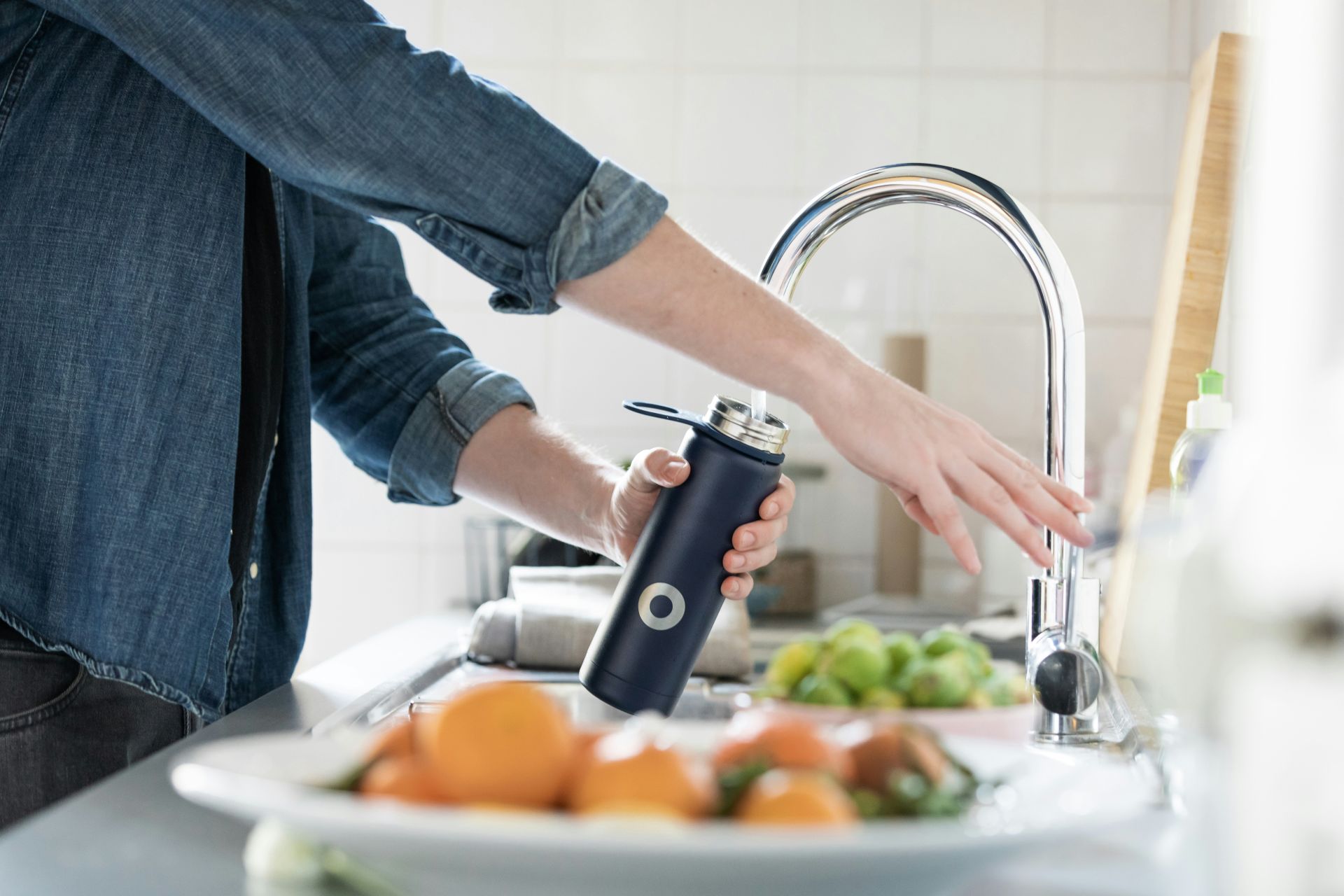
24.07.2024
Why Drinking Water Is So Important?

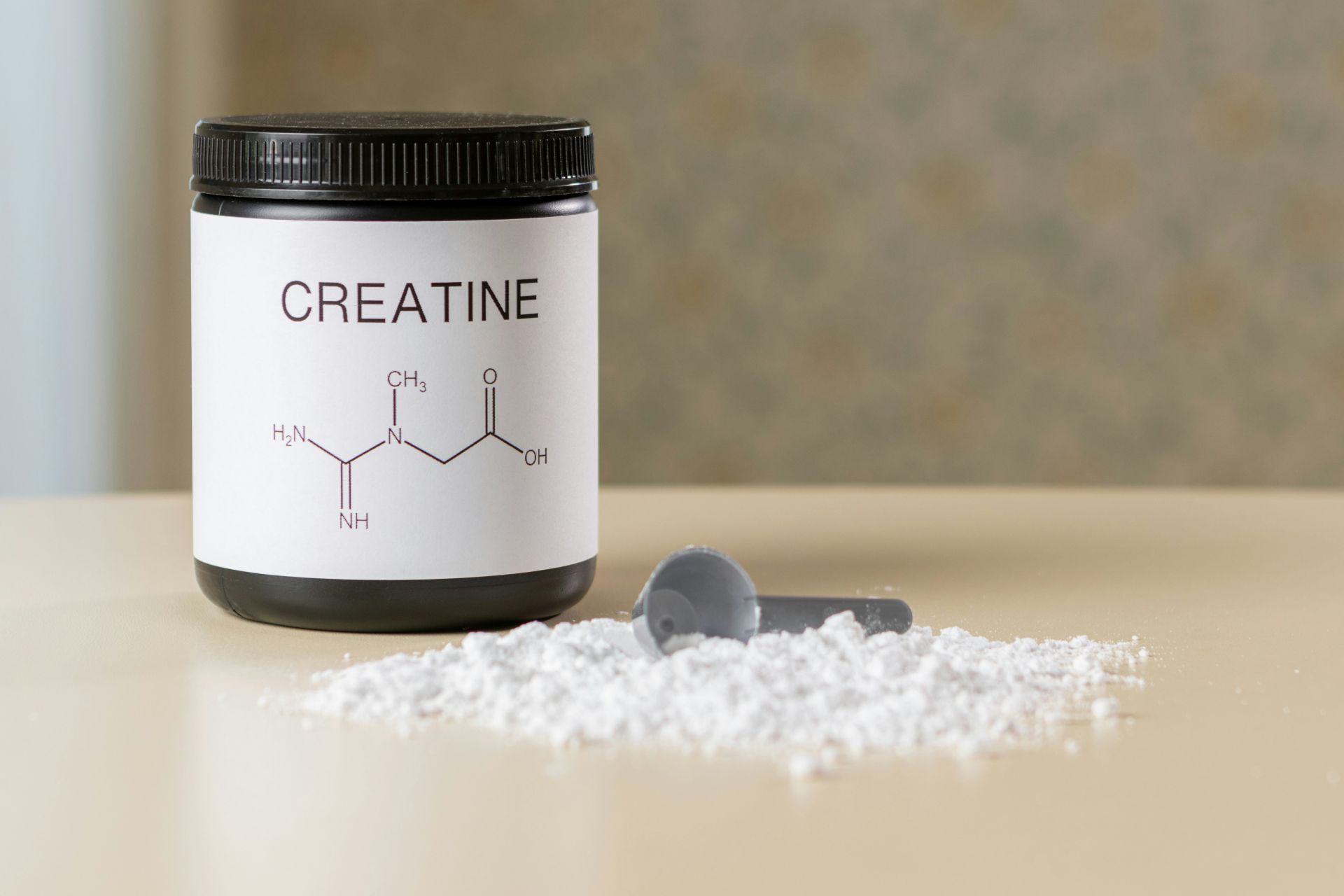
24.07.2024
Creatine

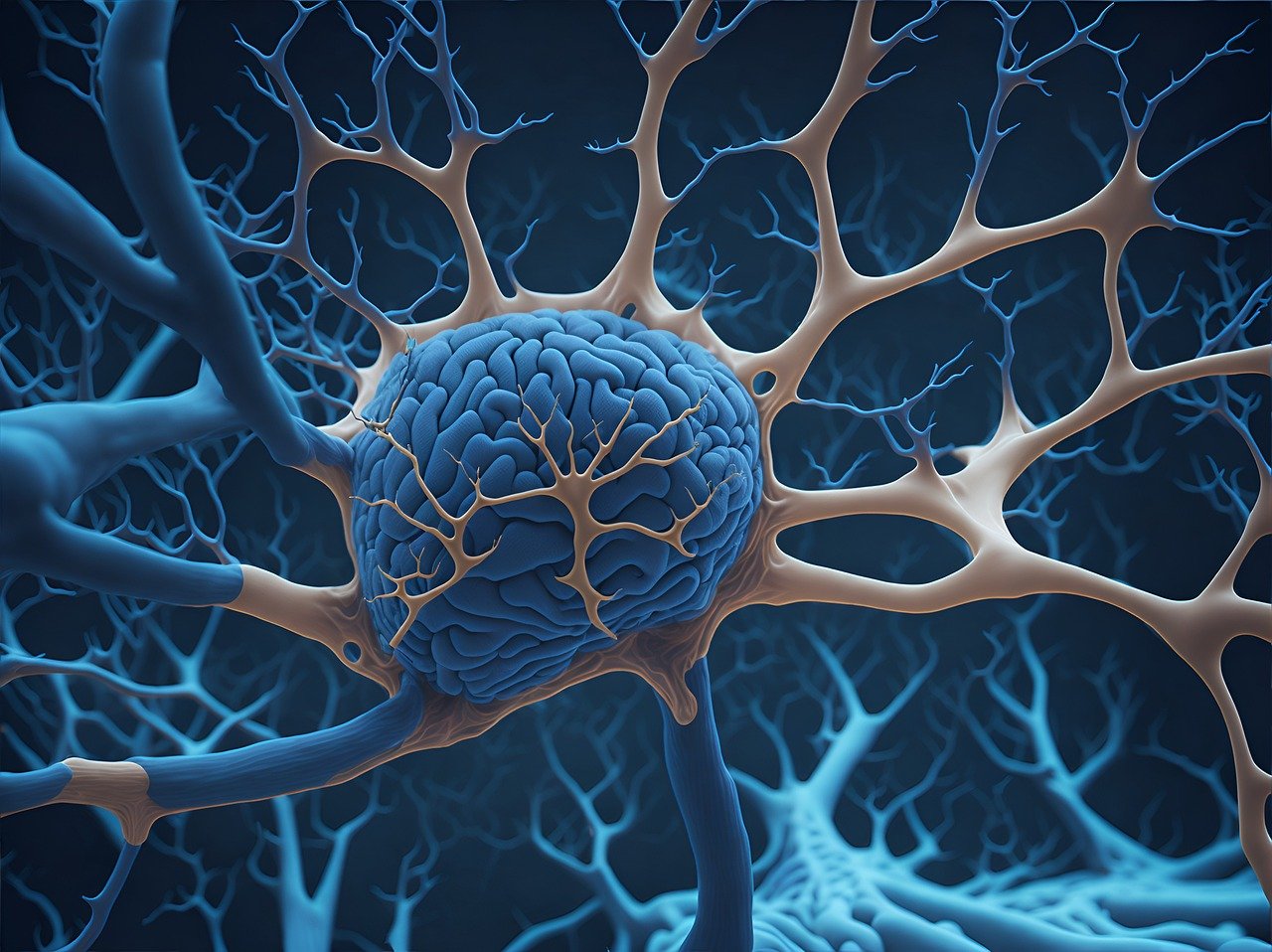
24.07.2024
Magnetic stimulation and depression


24.07.2024
5 reasons why you should use contraception

Your trusted partner in finding medical information. We offer access to reliable resources and make it simple for you to get in touch with qualified medical service providers. Our goal is to assist you in achieving optimal health through dependable information and ongoing support, whether it's advice, a physical examination, or expert consultation.
